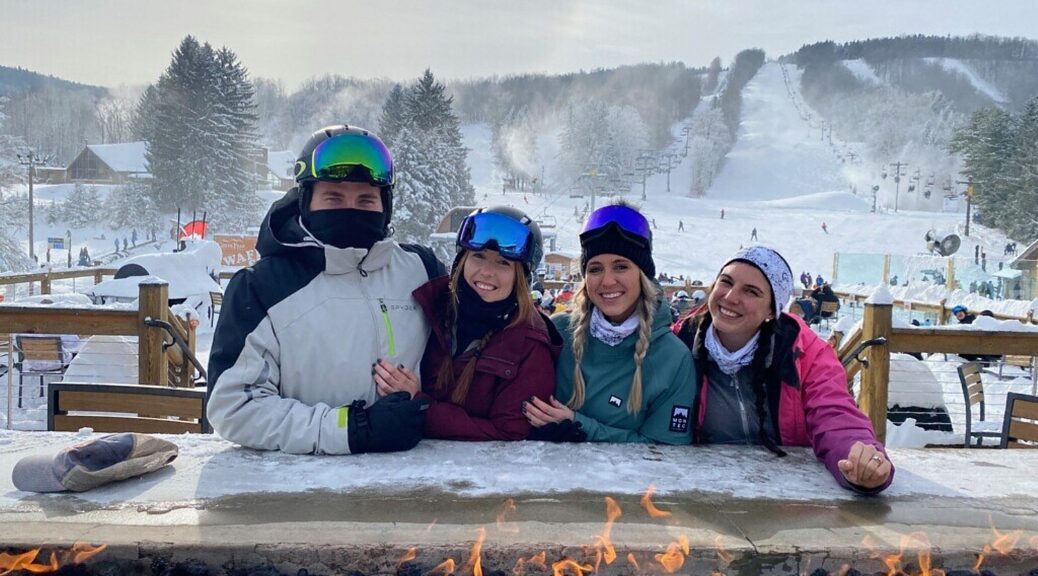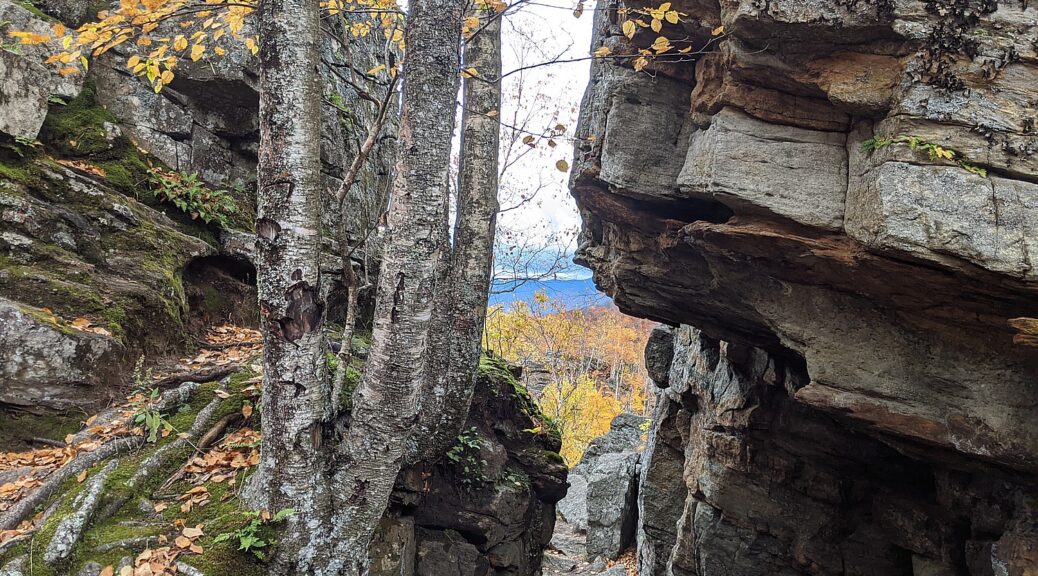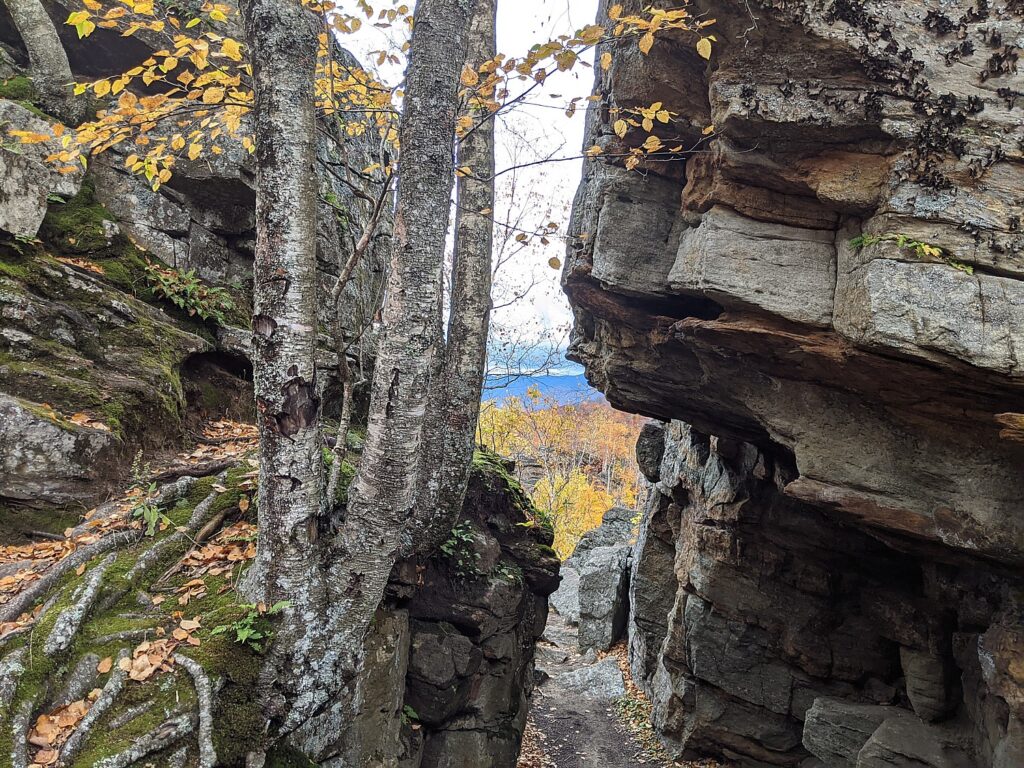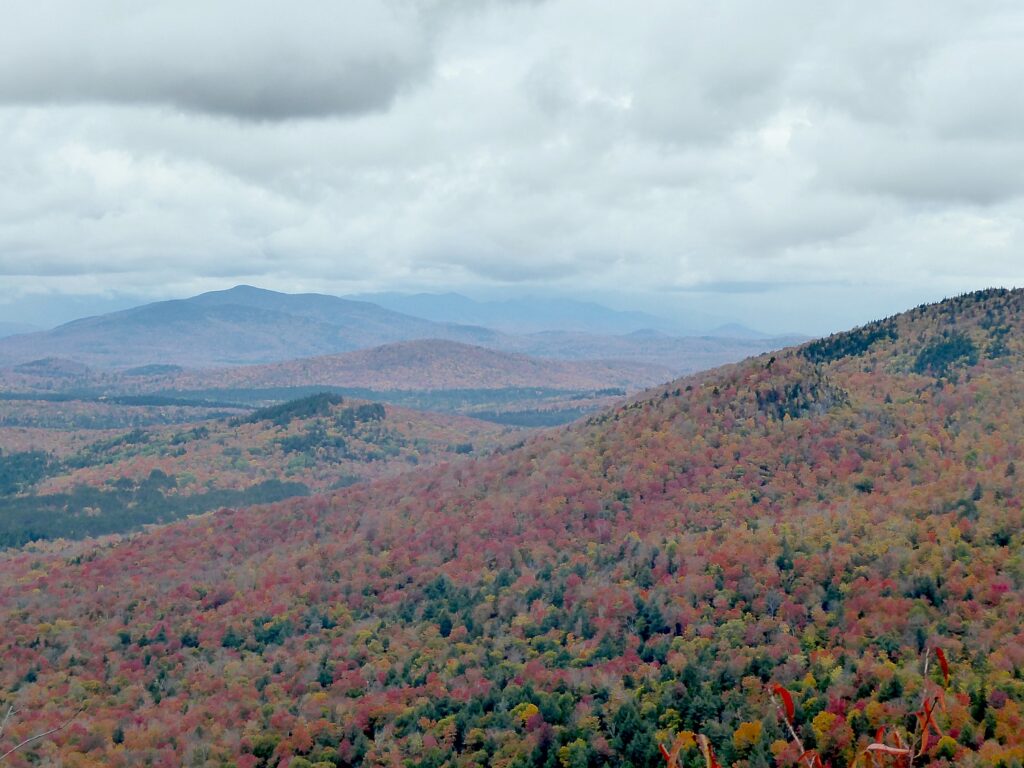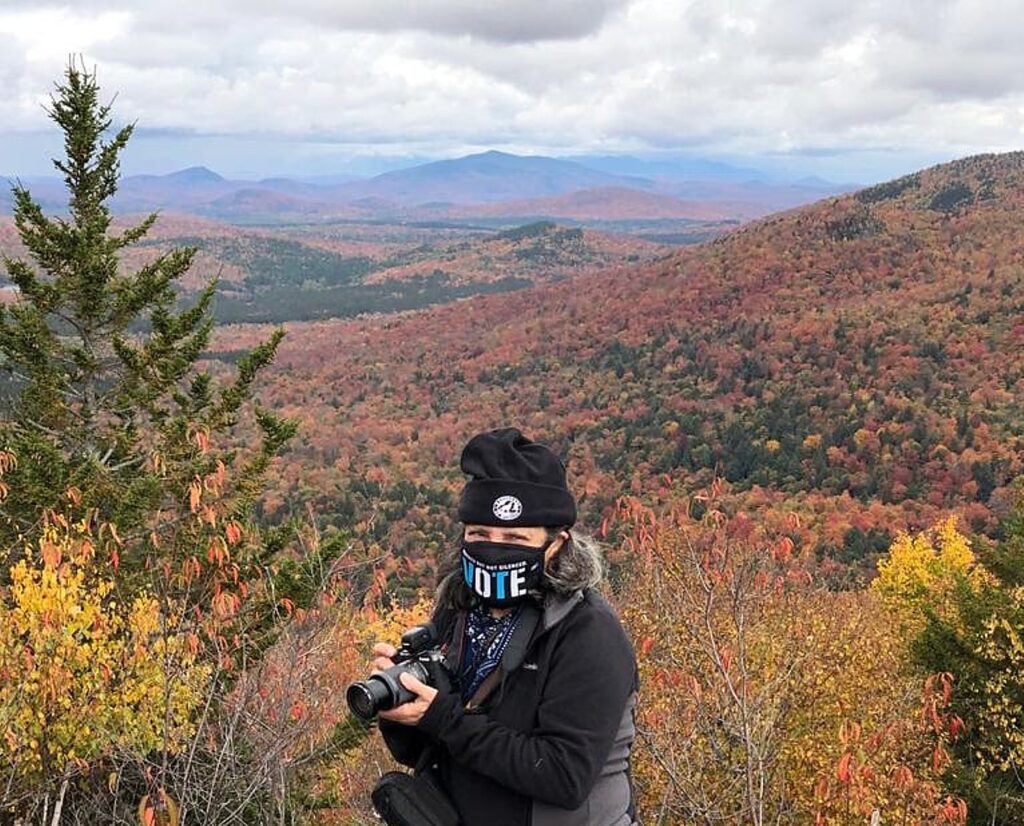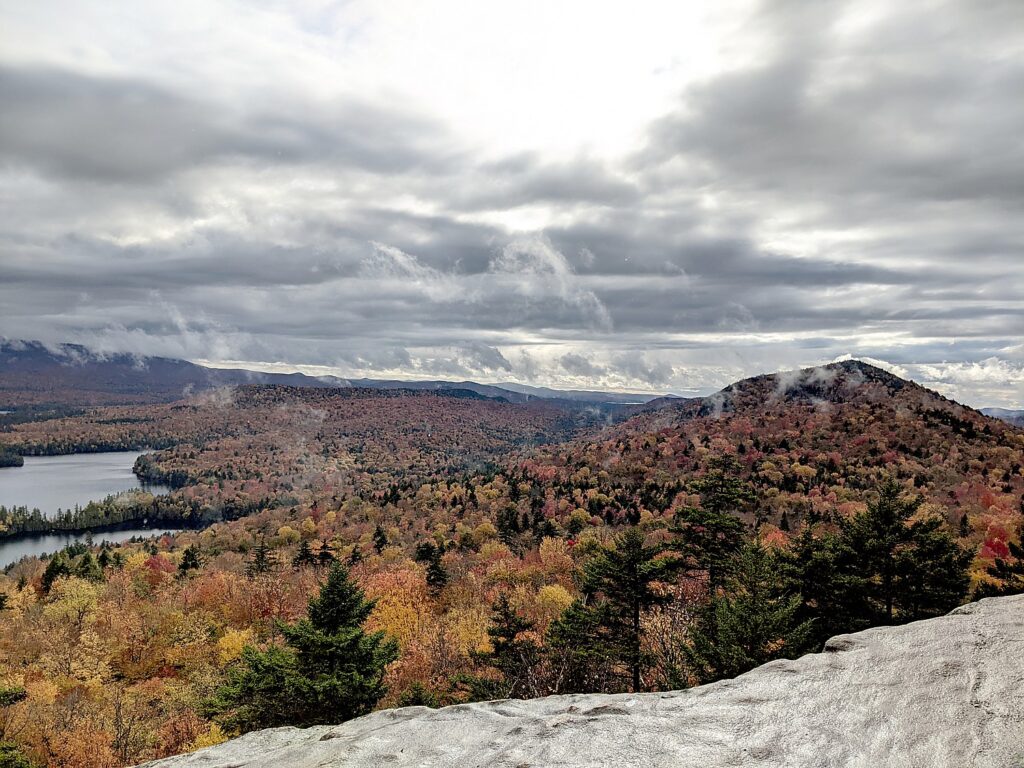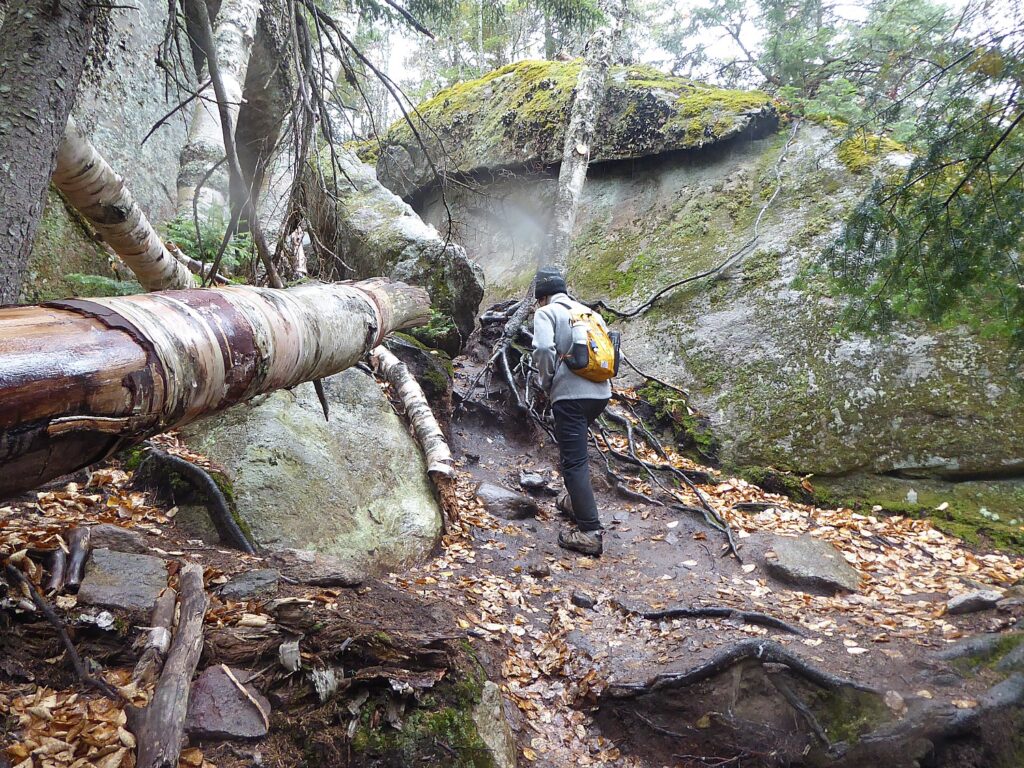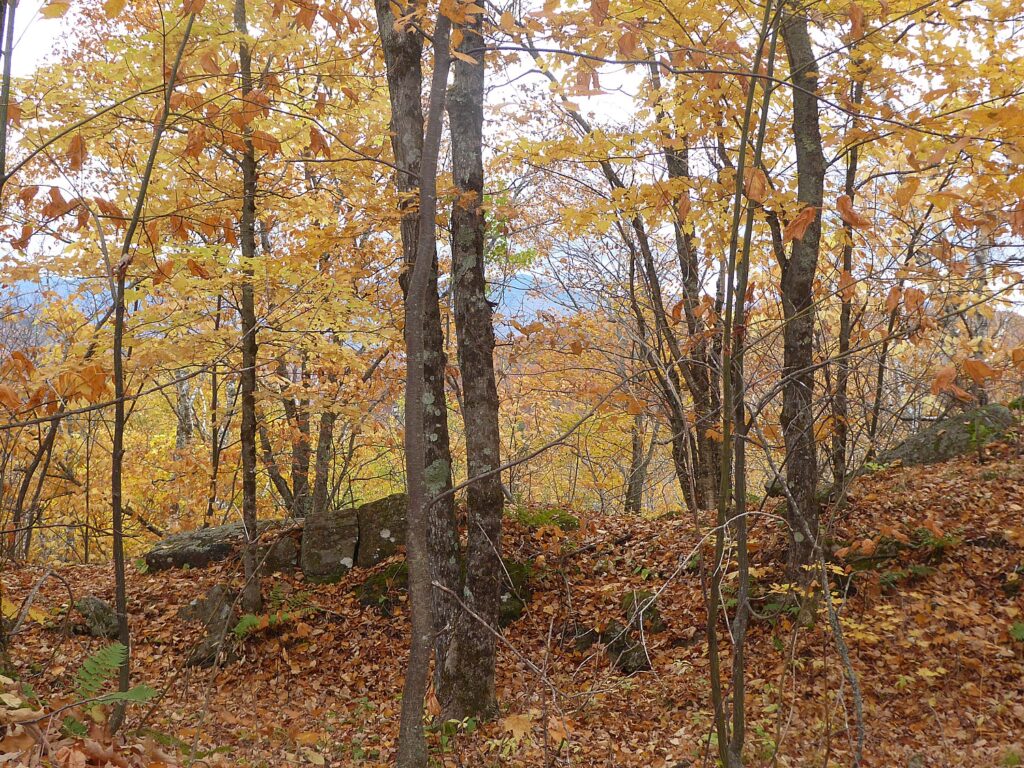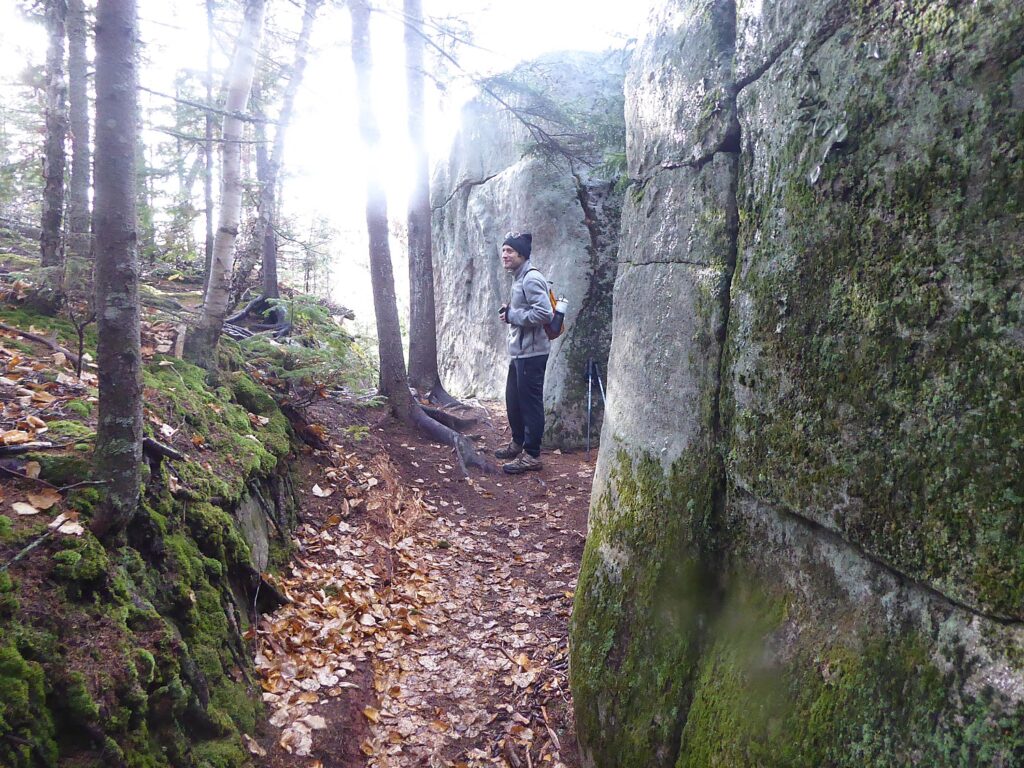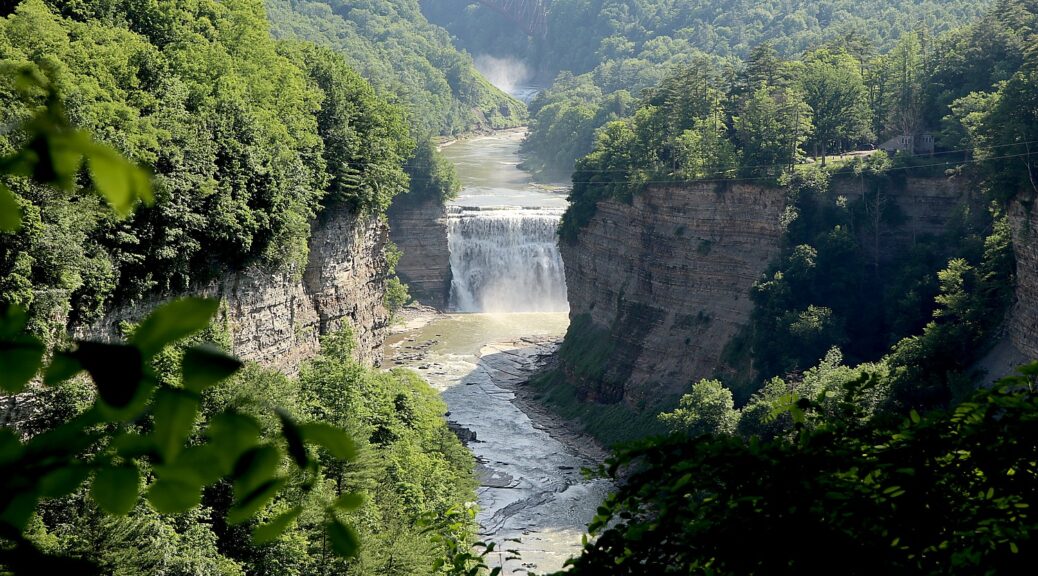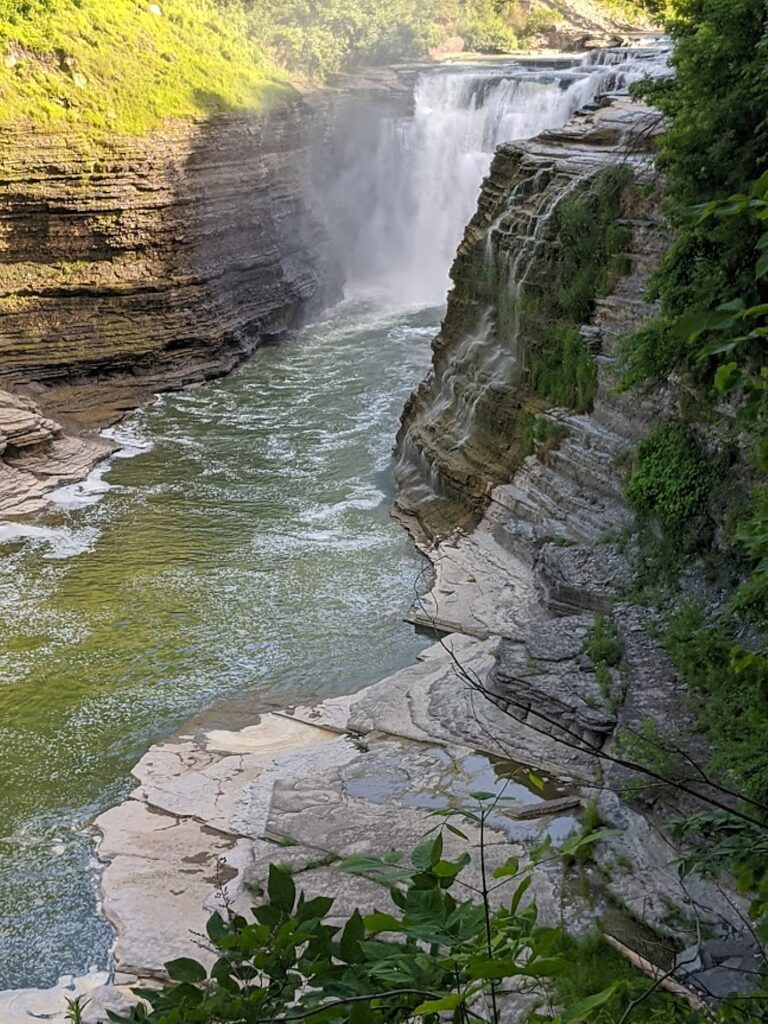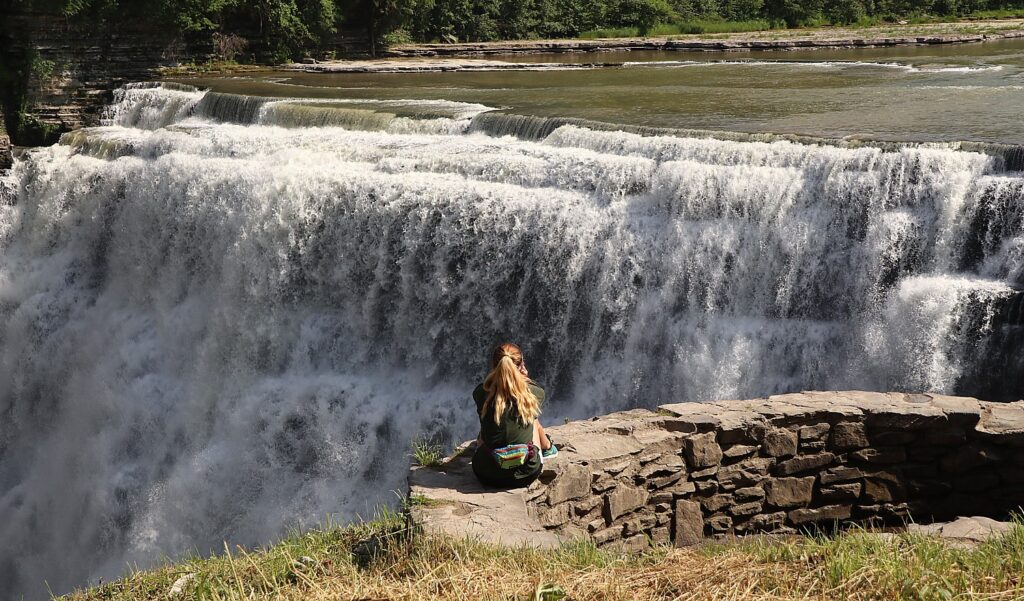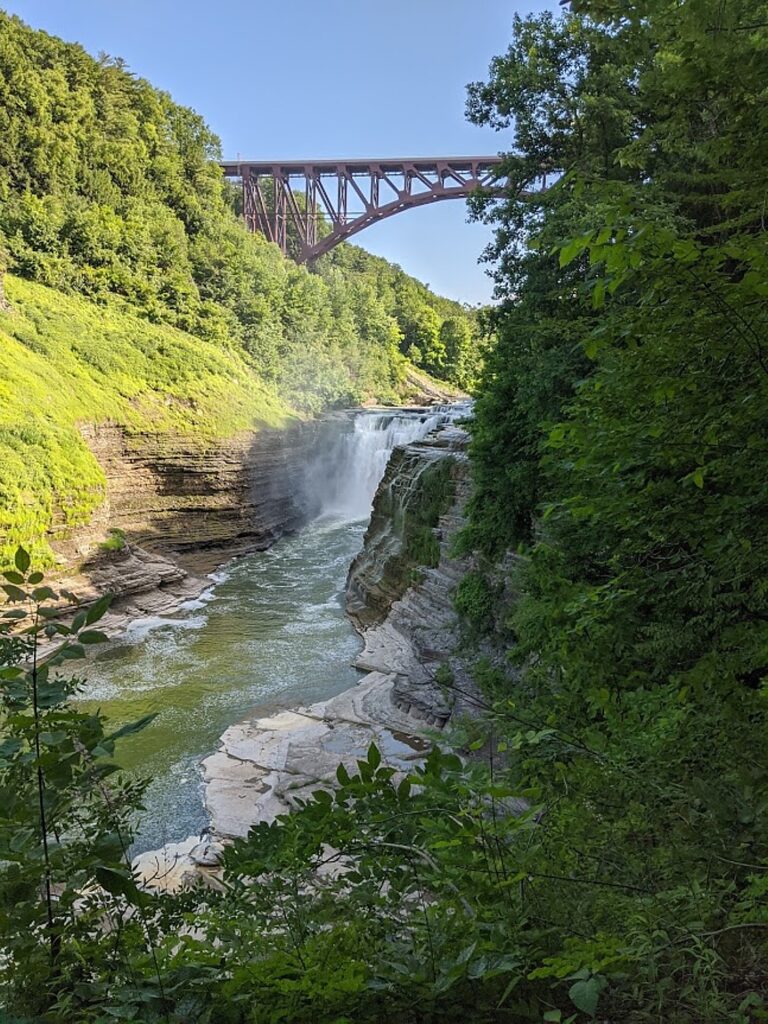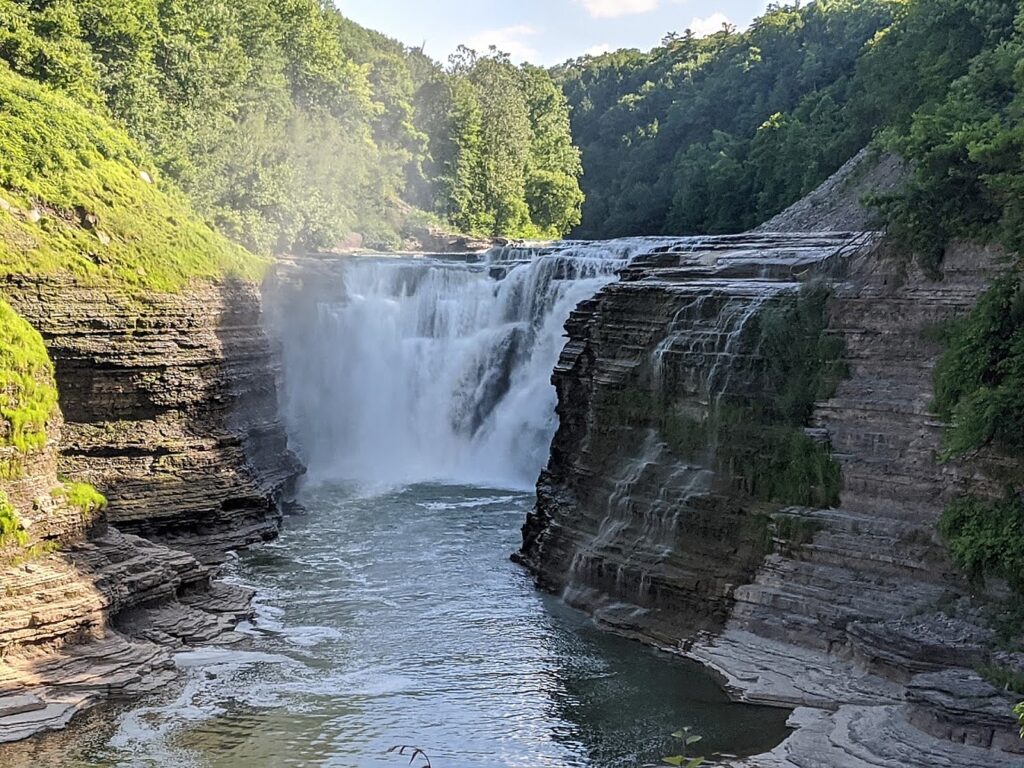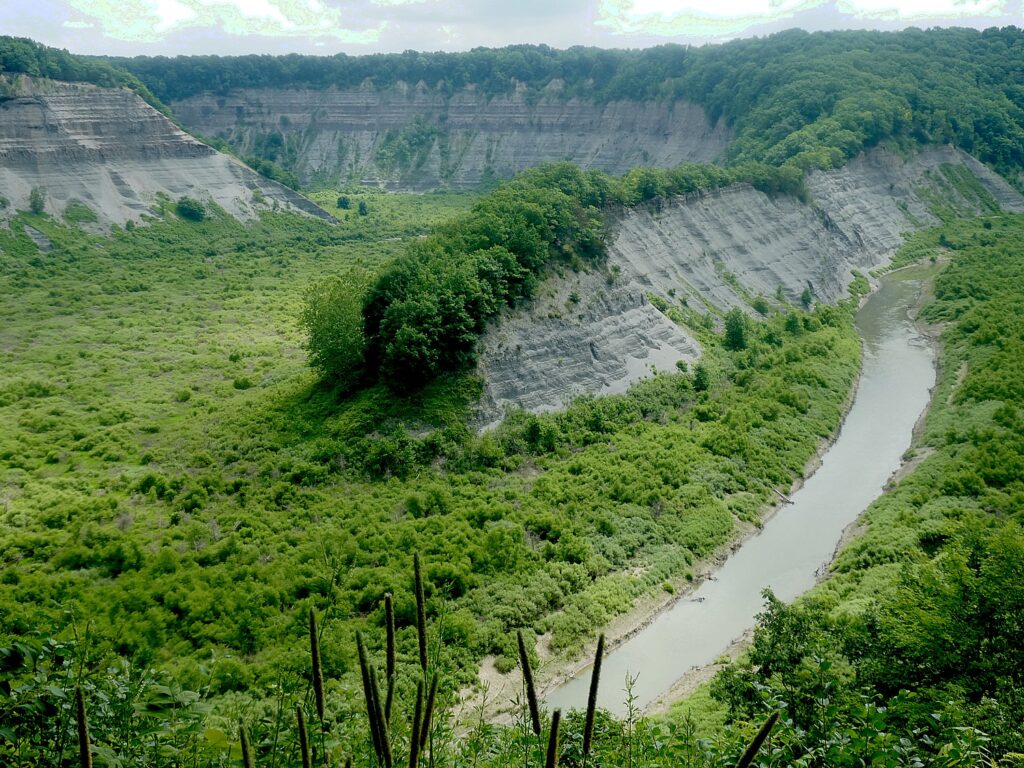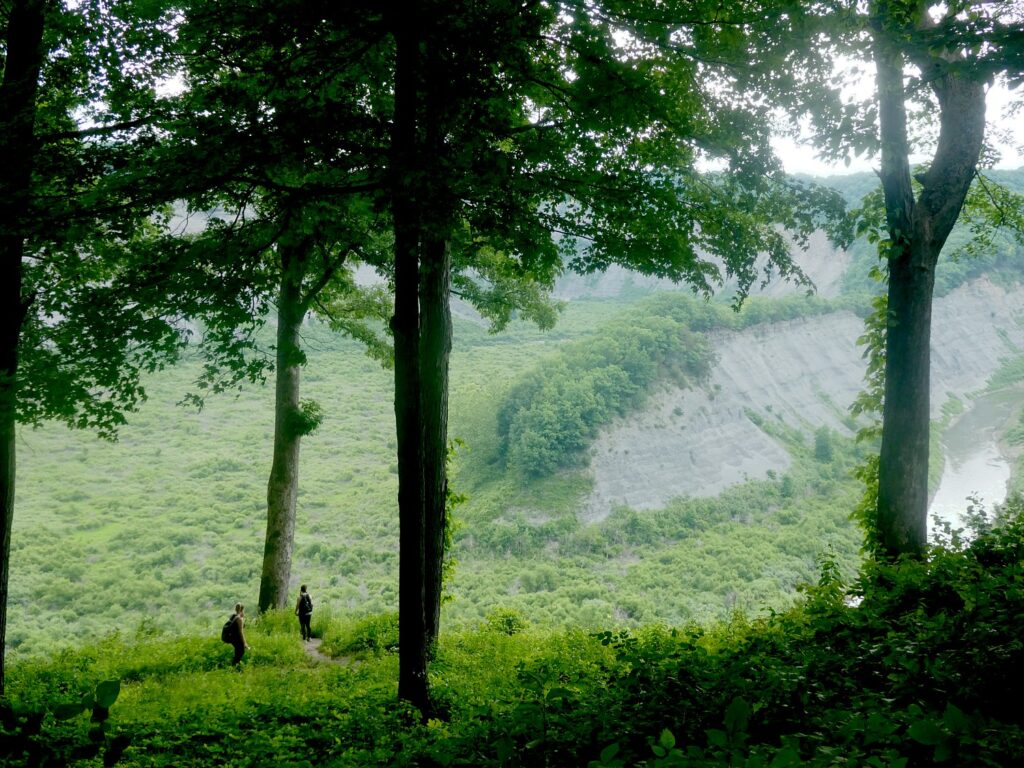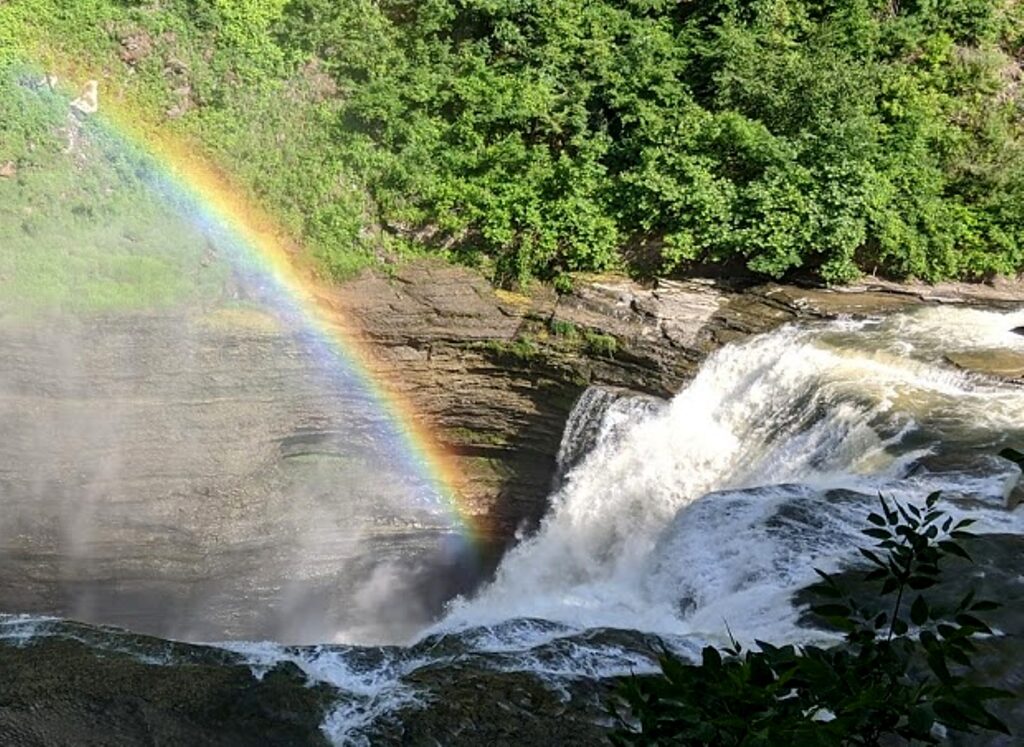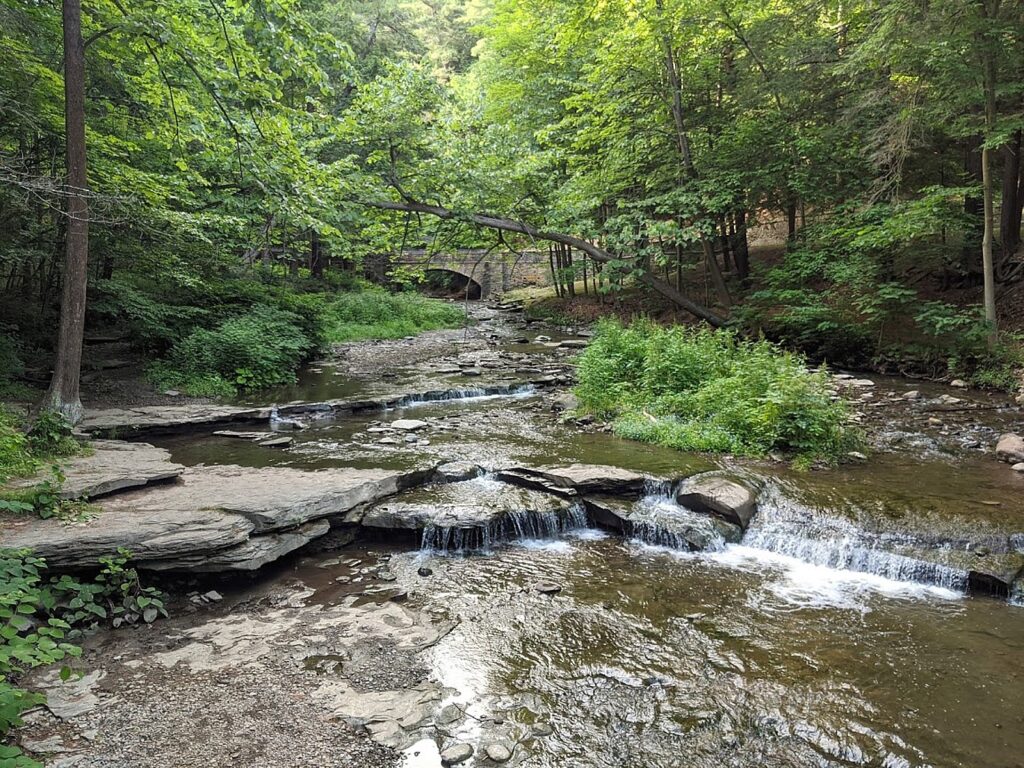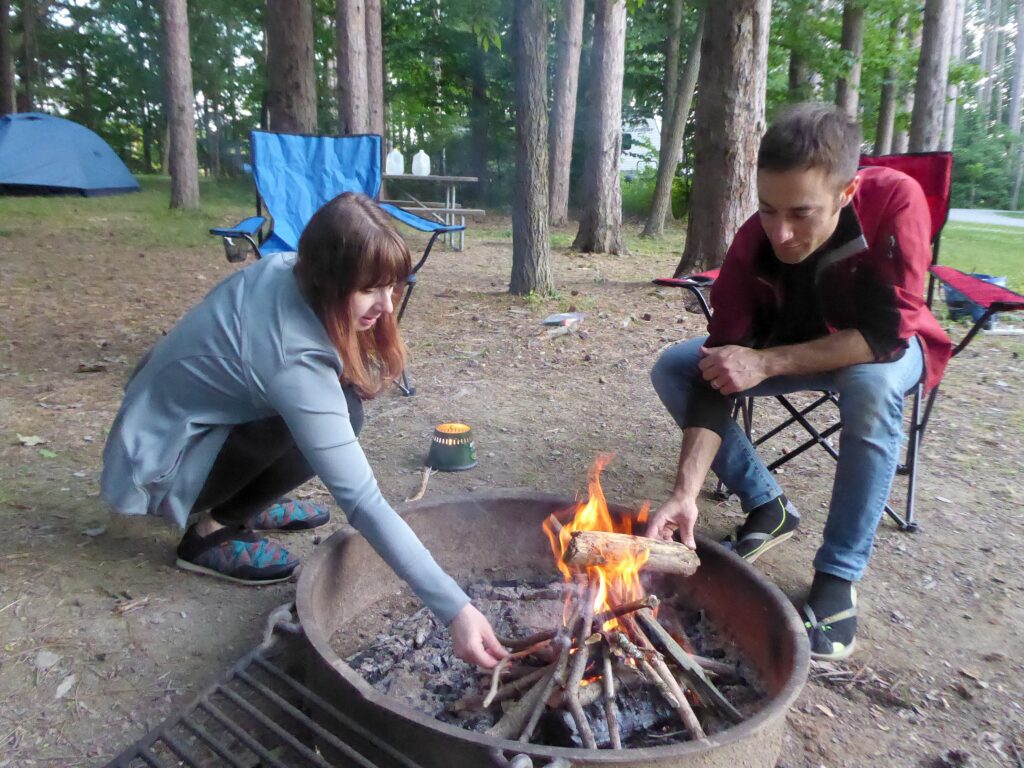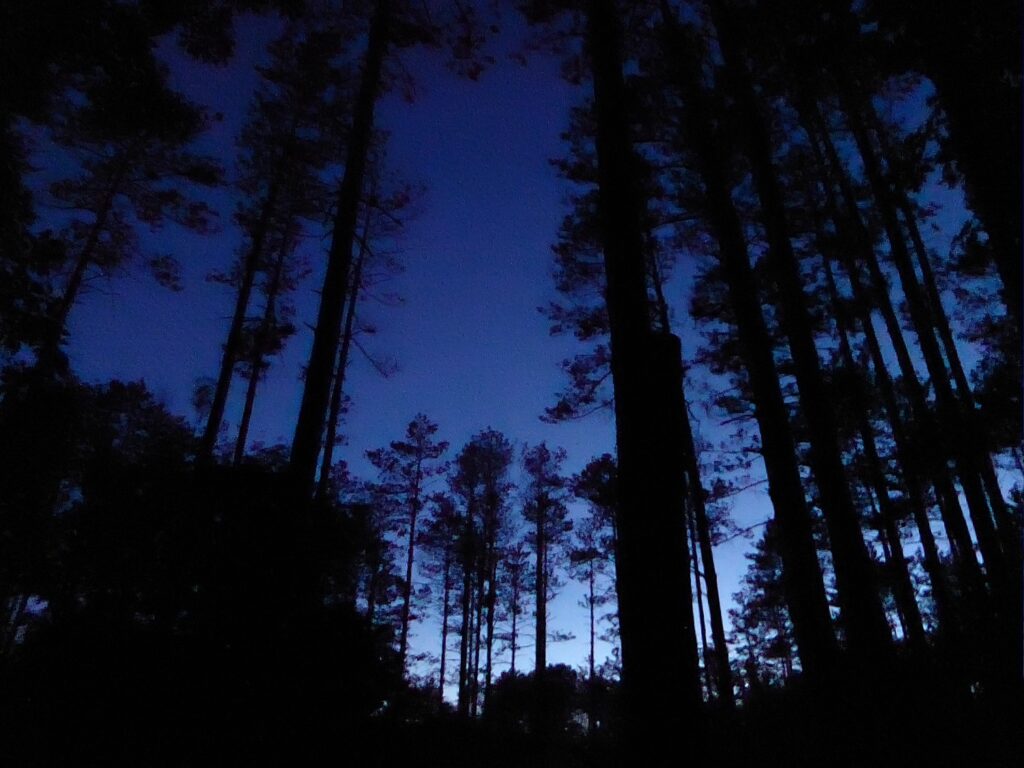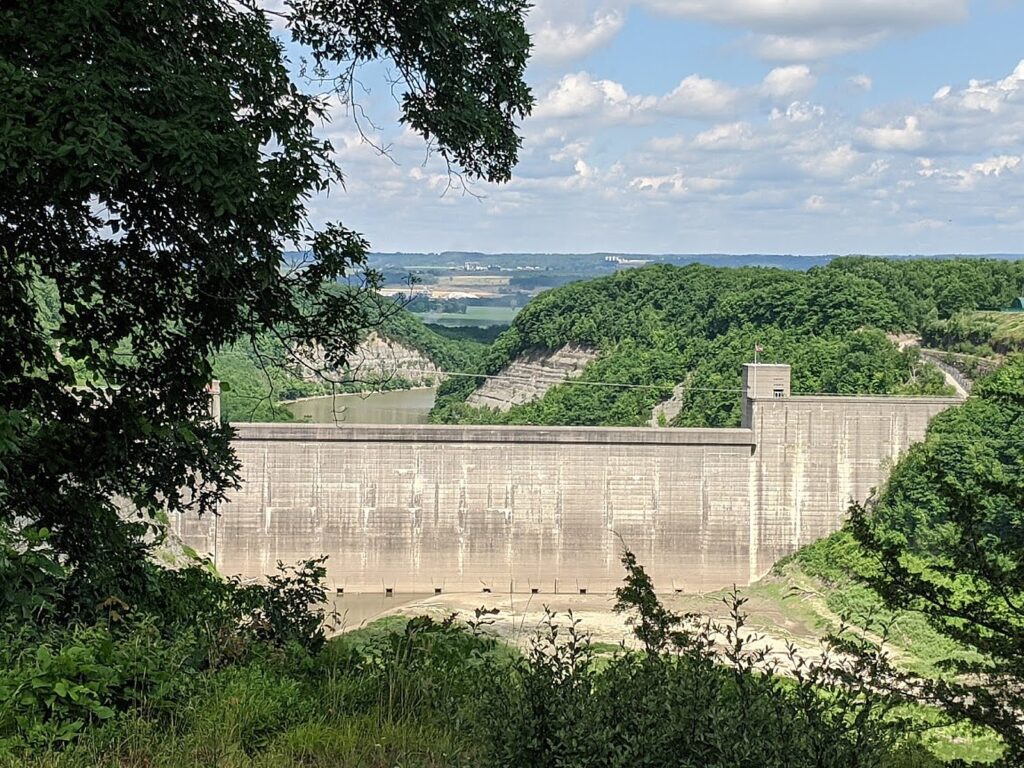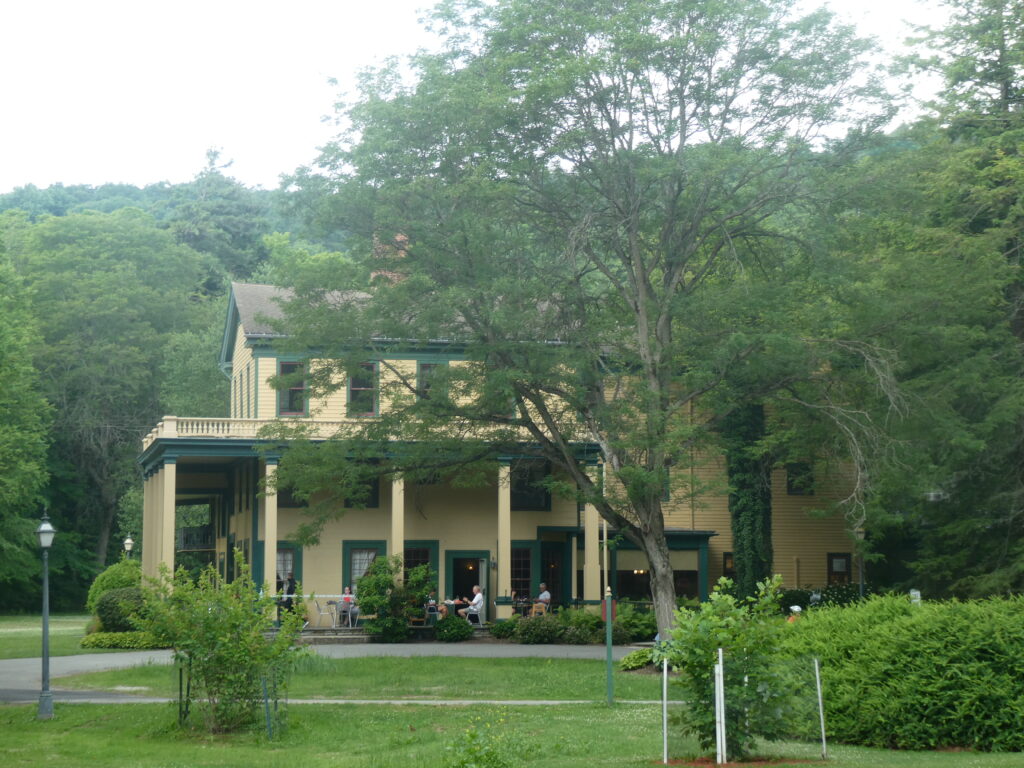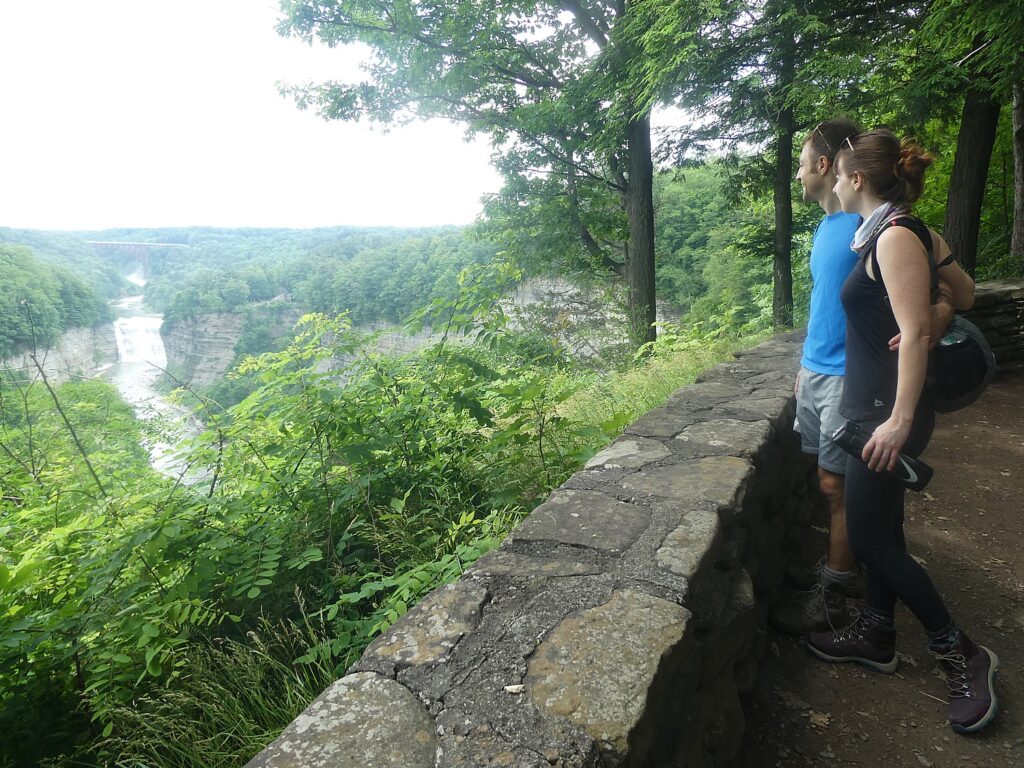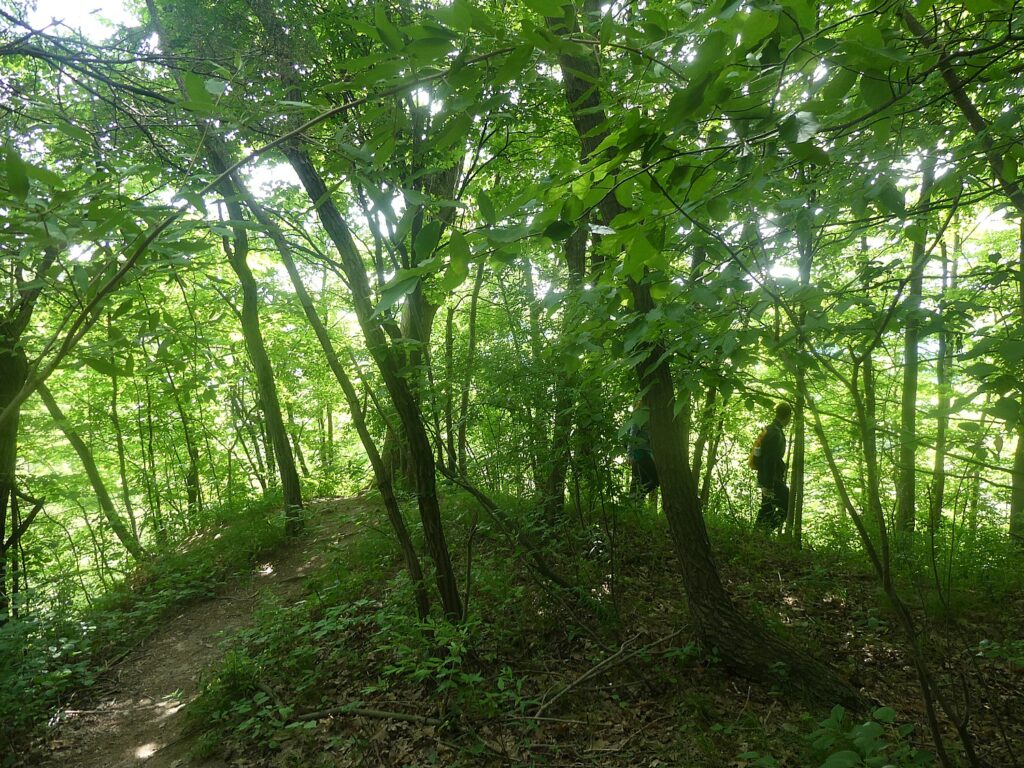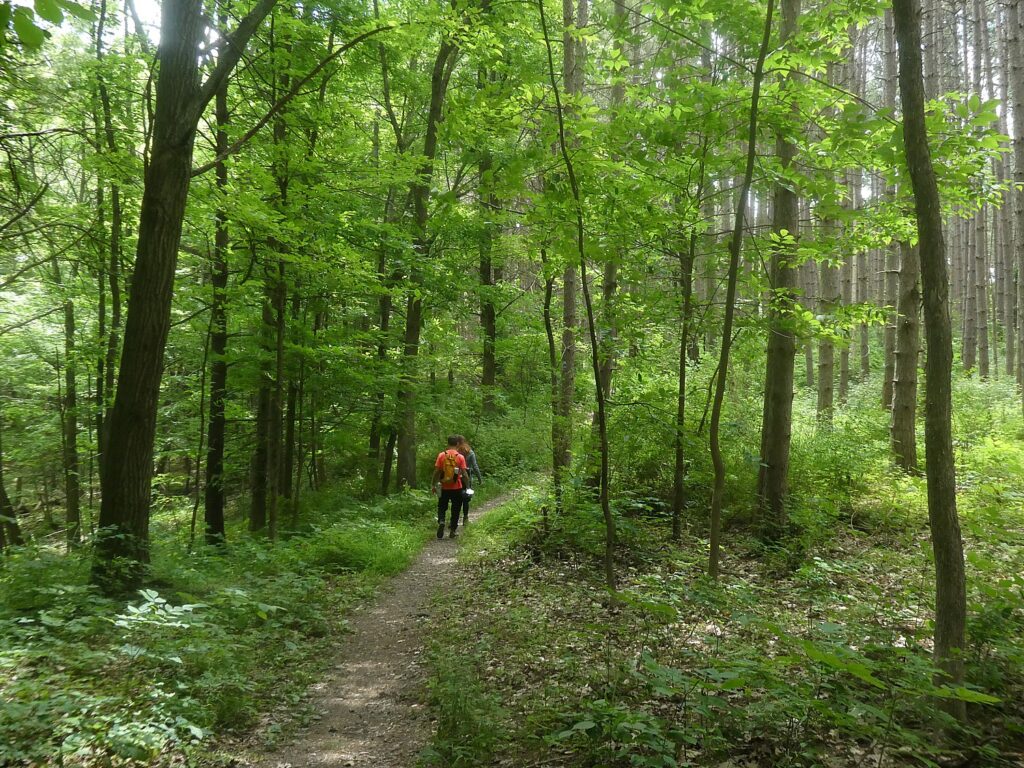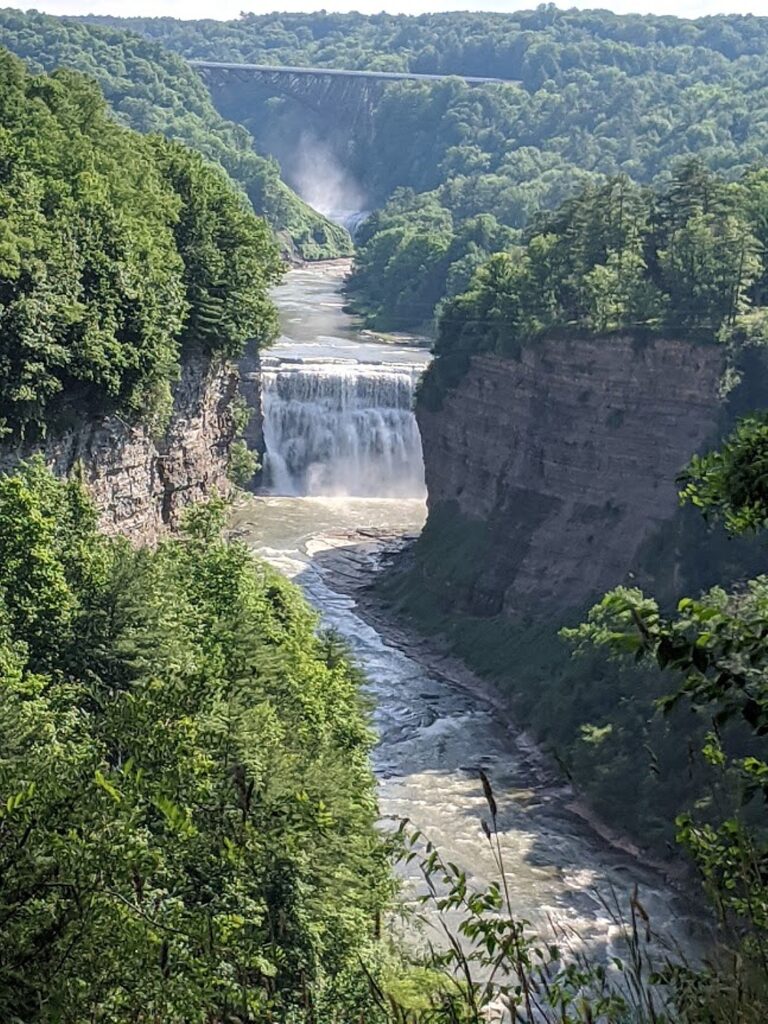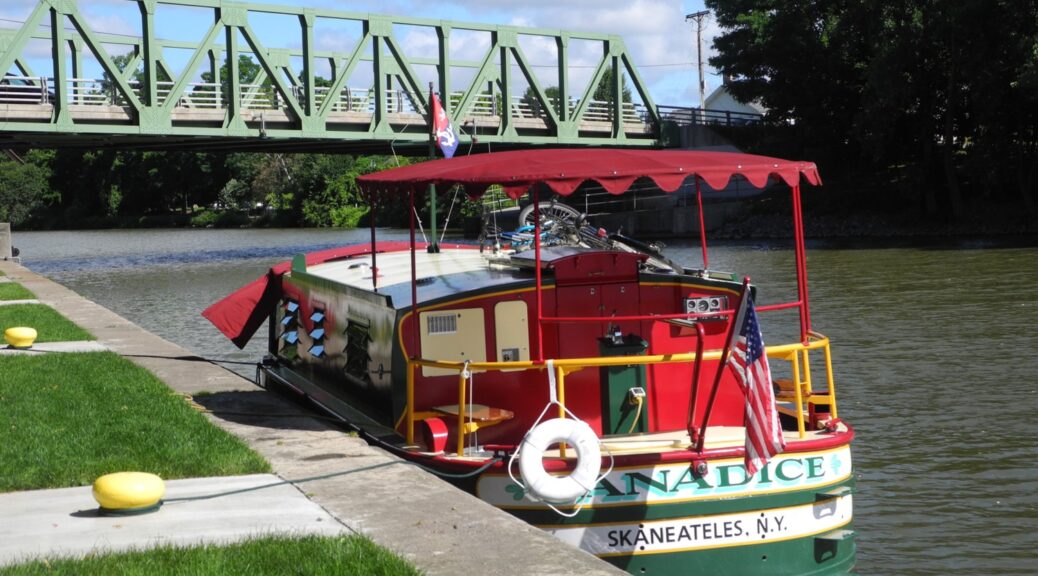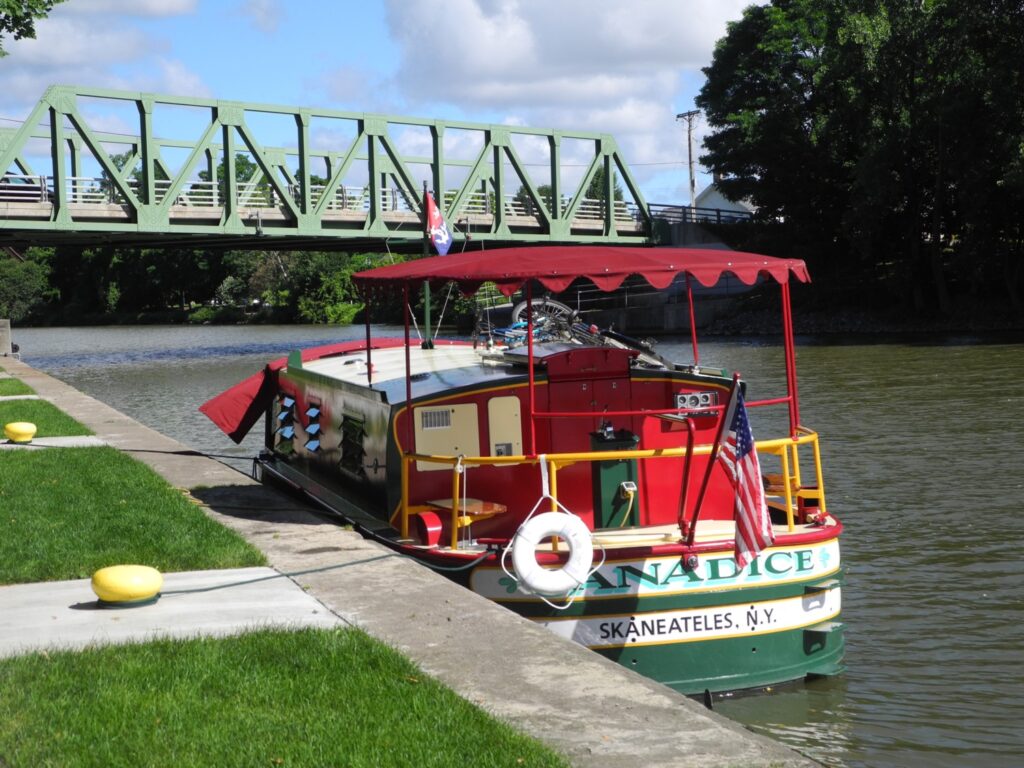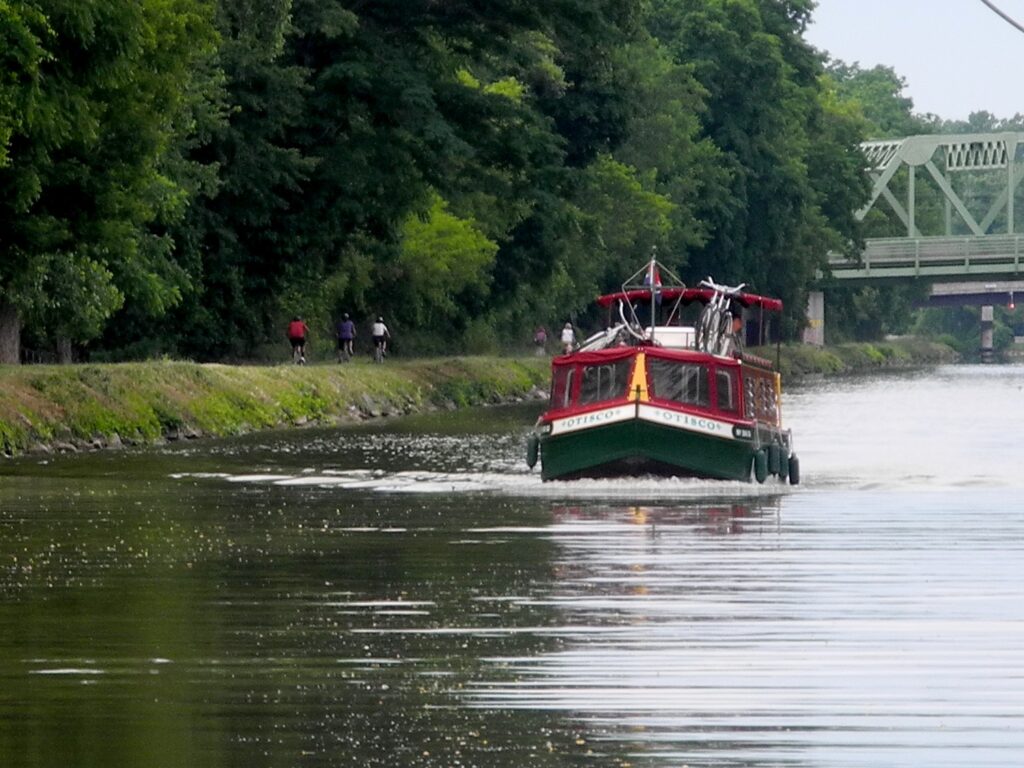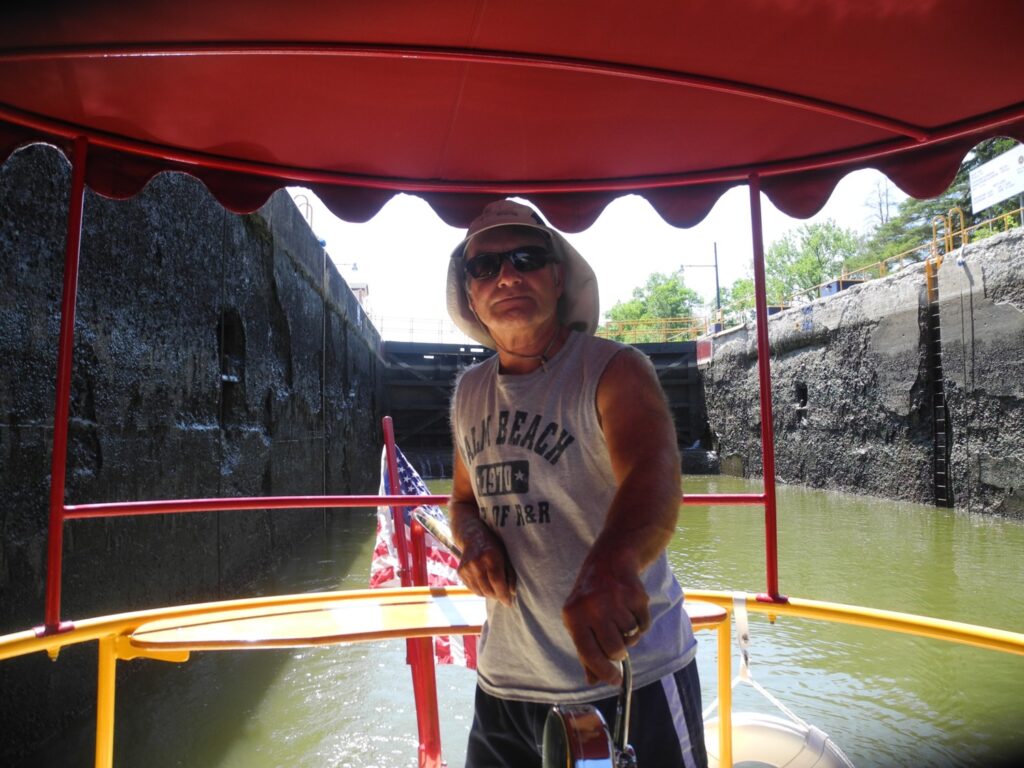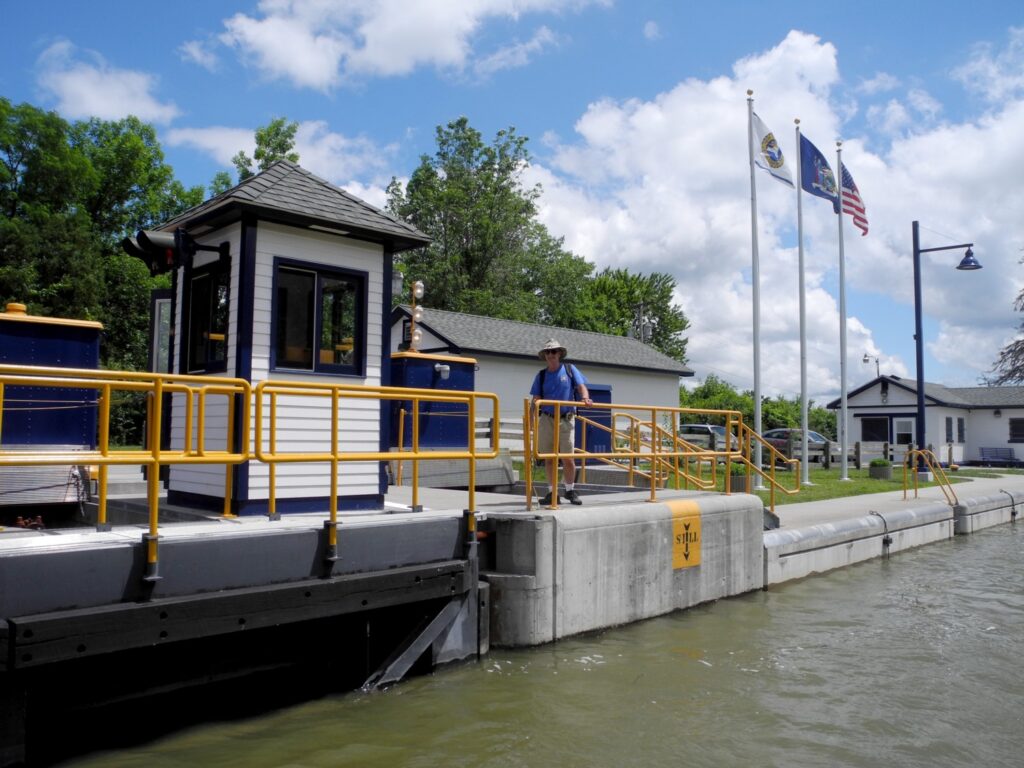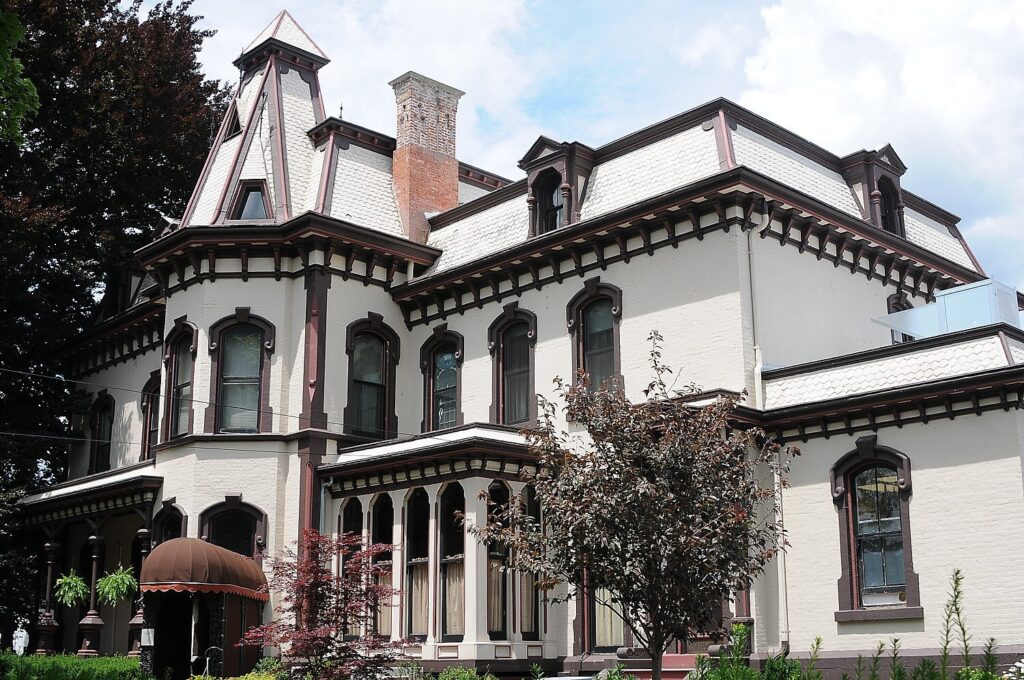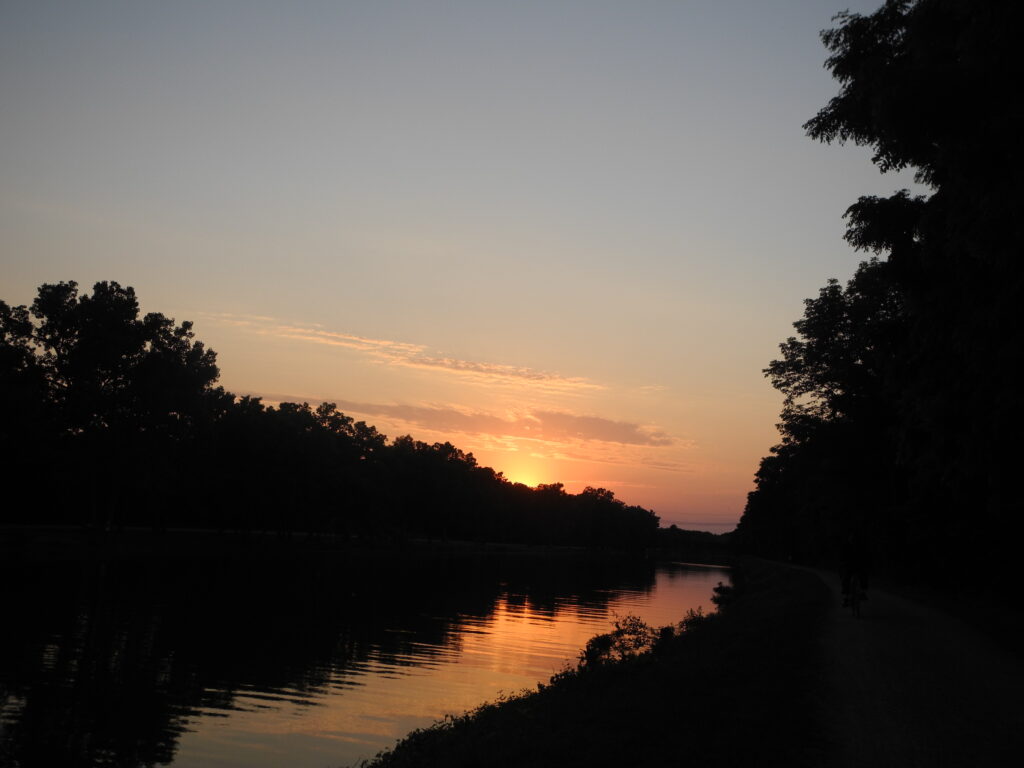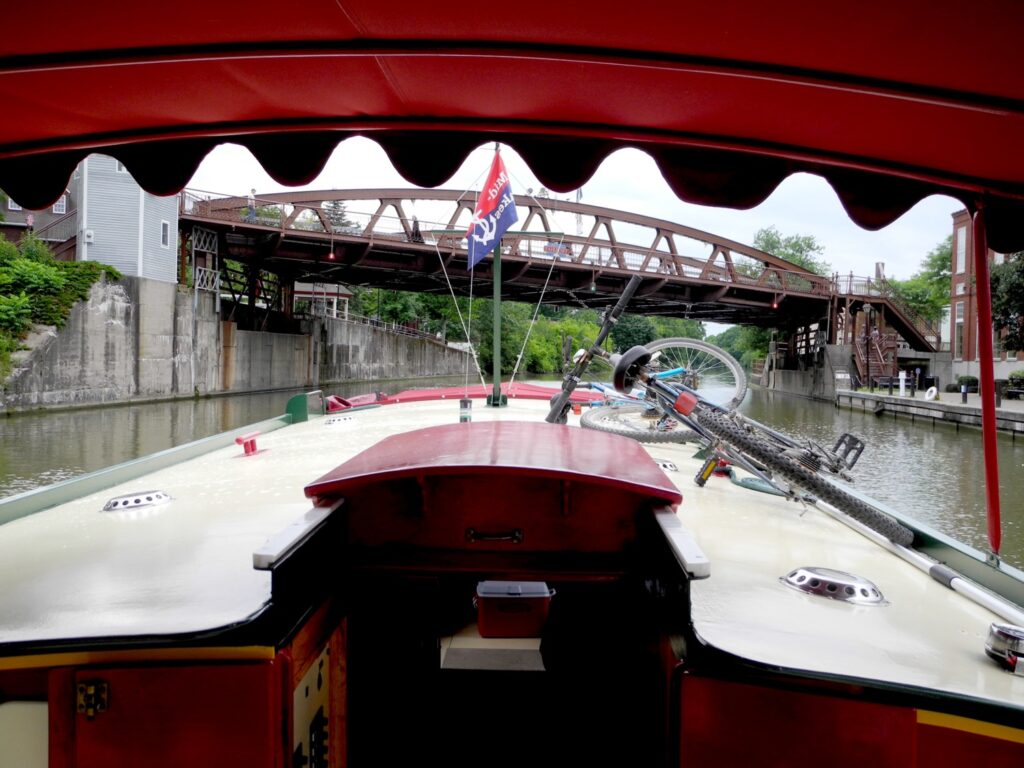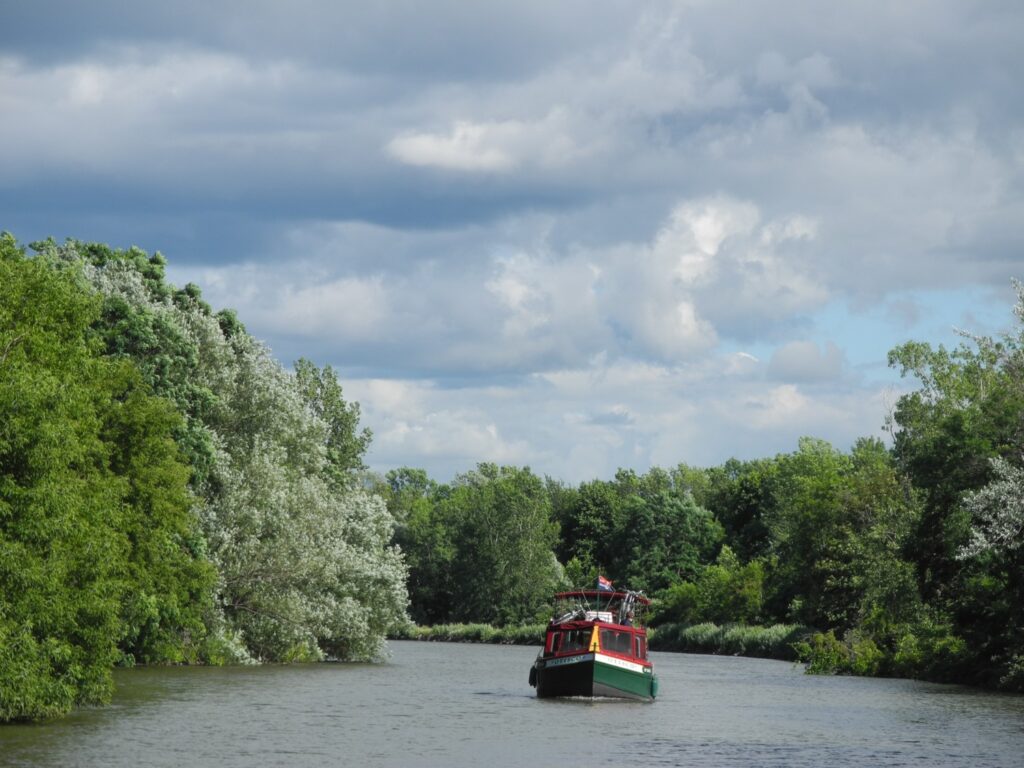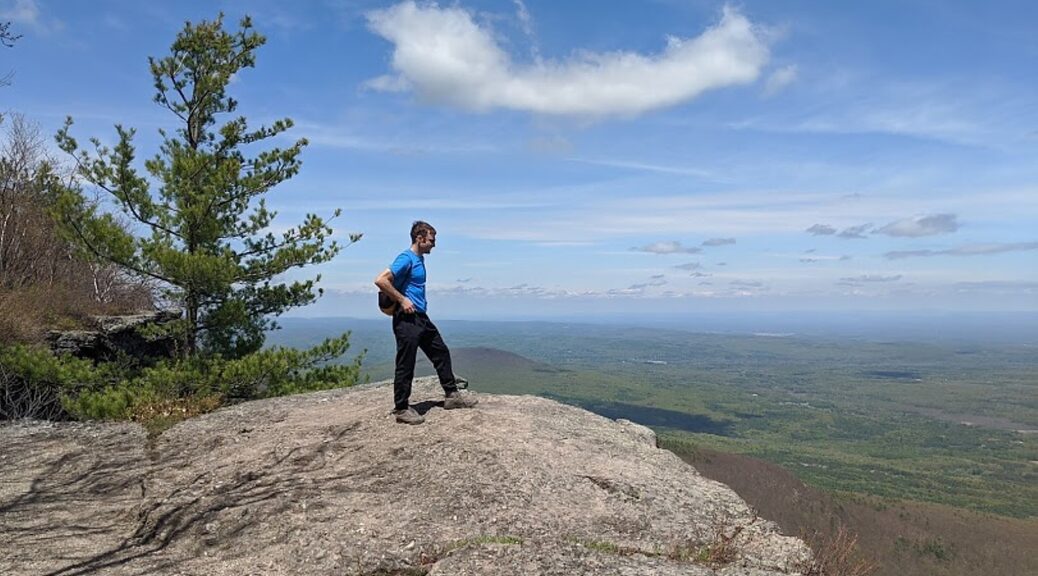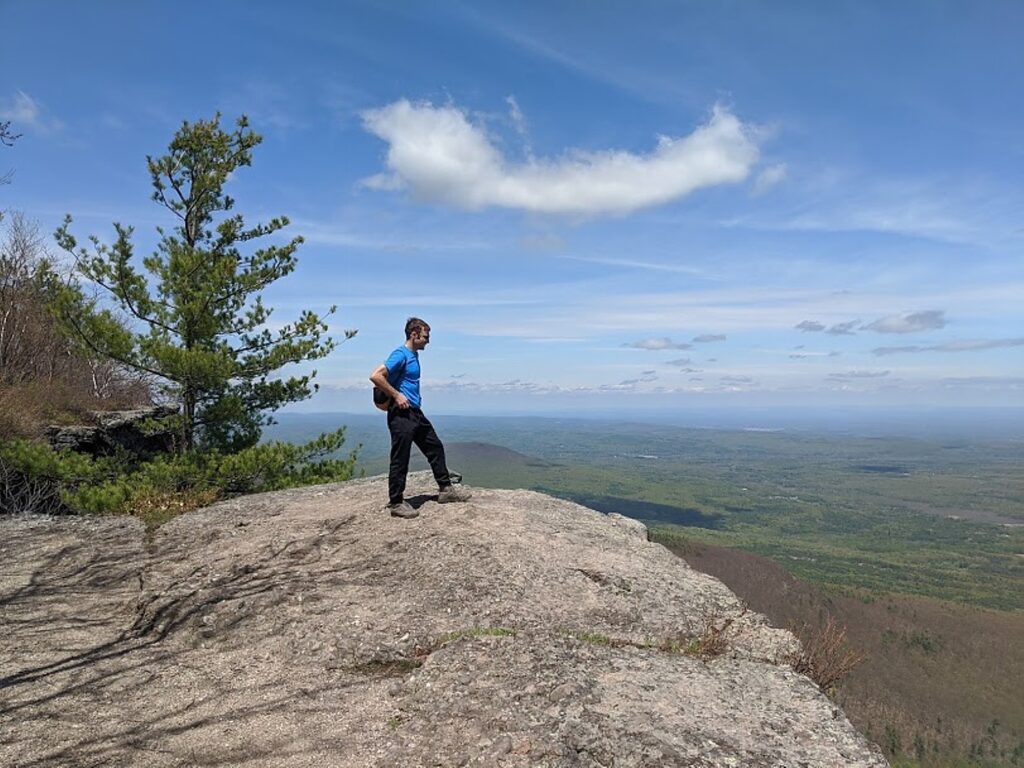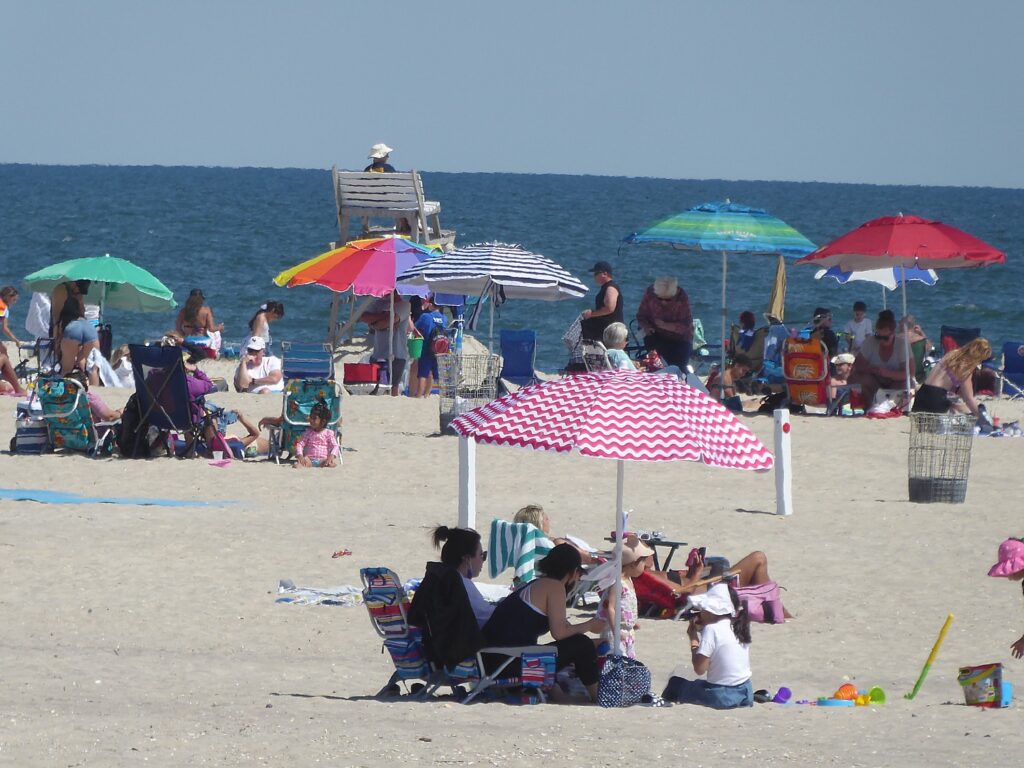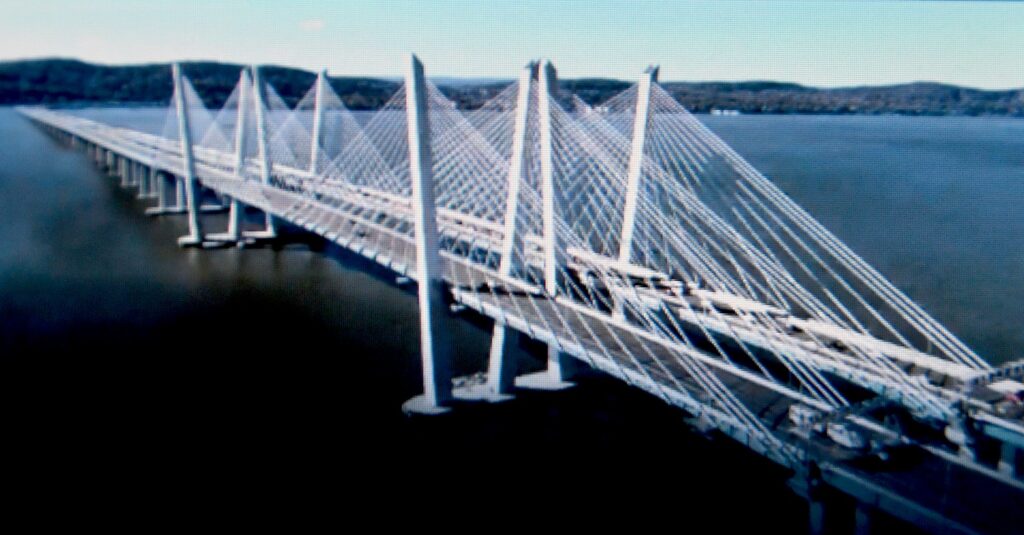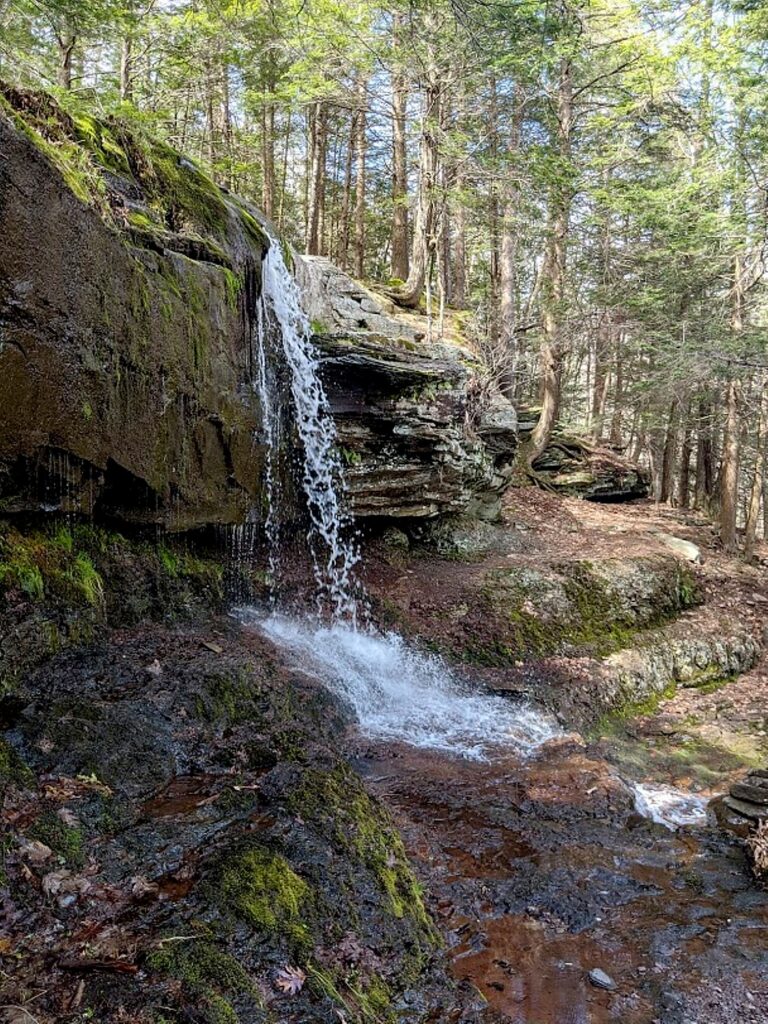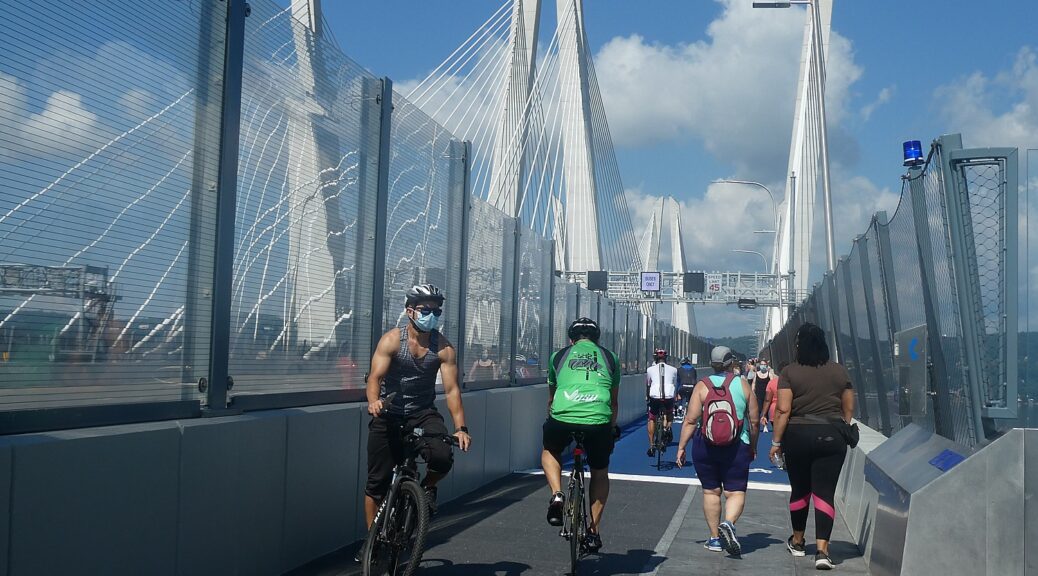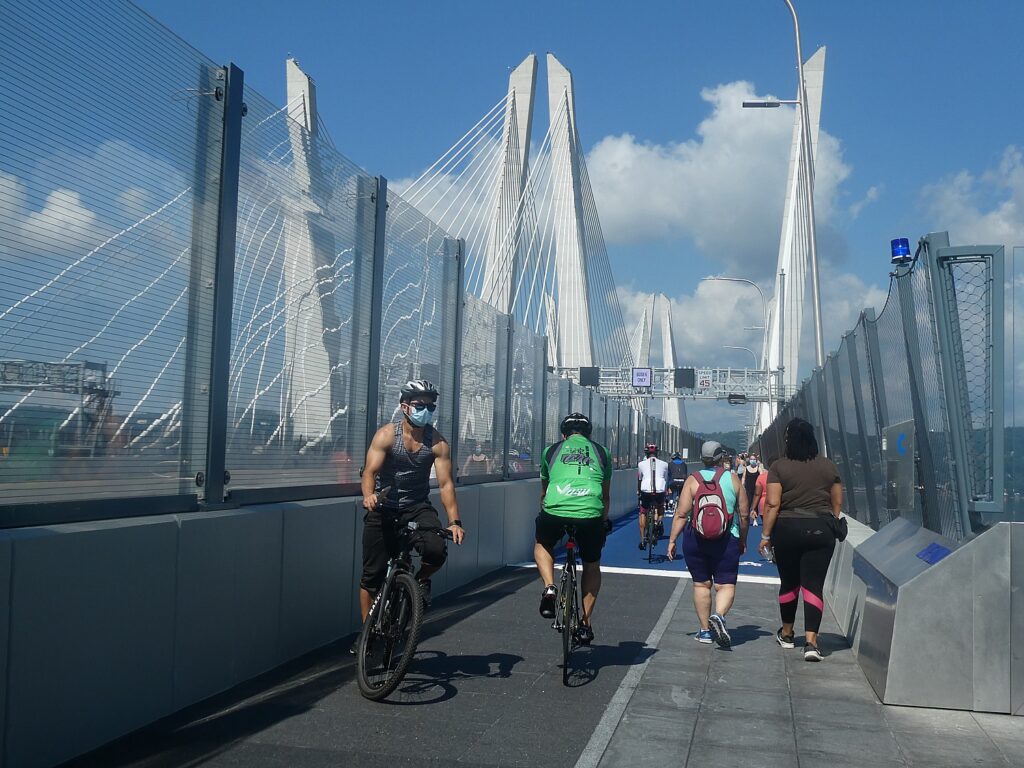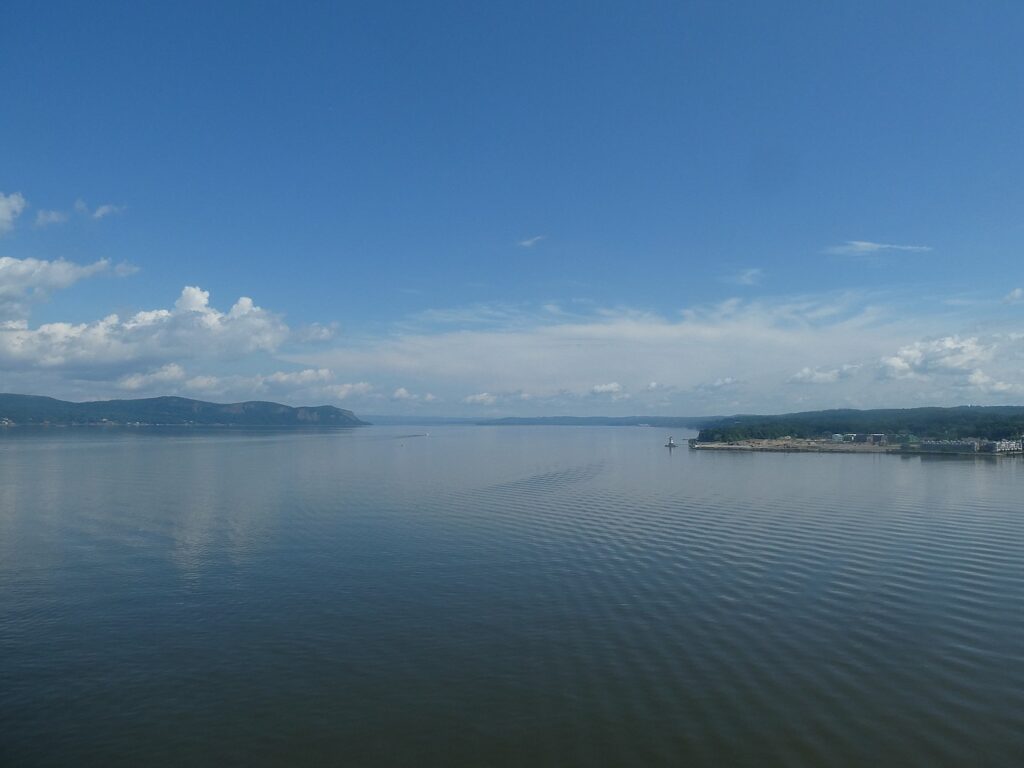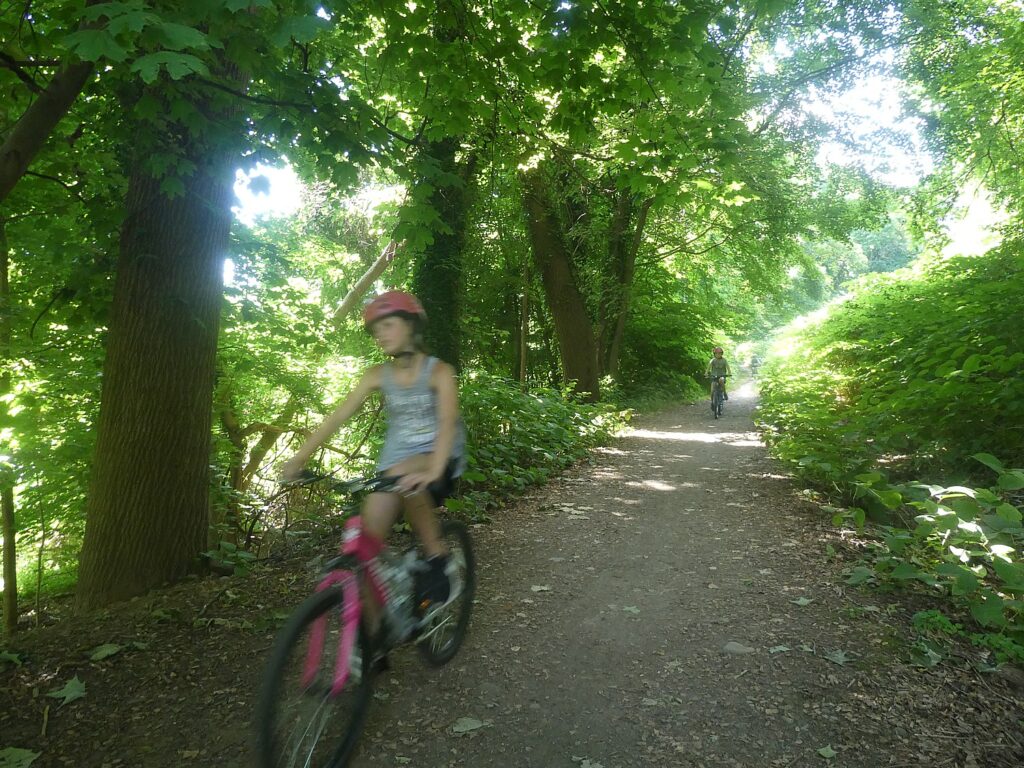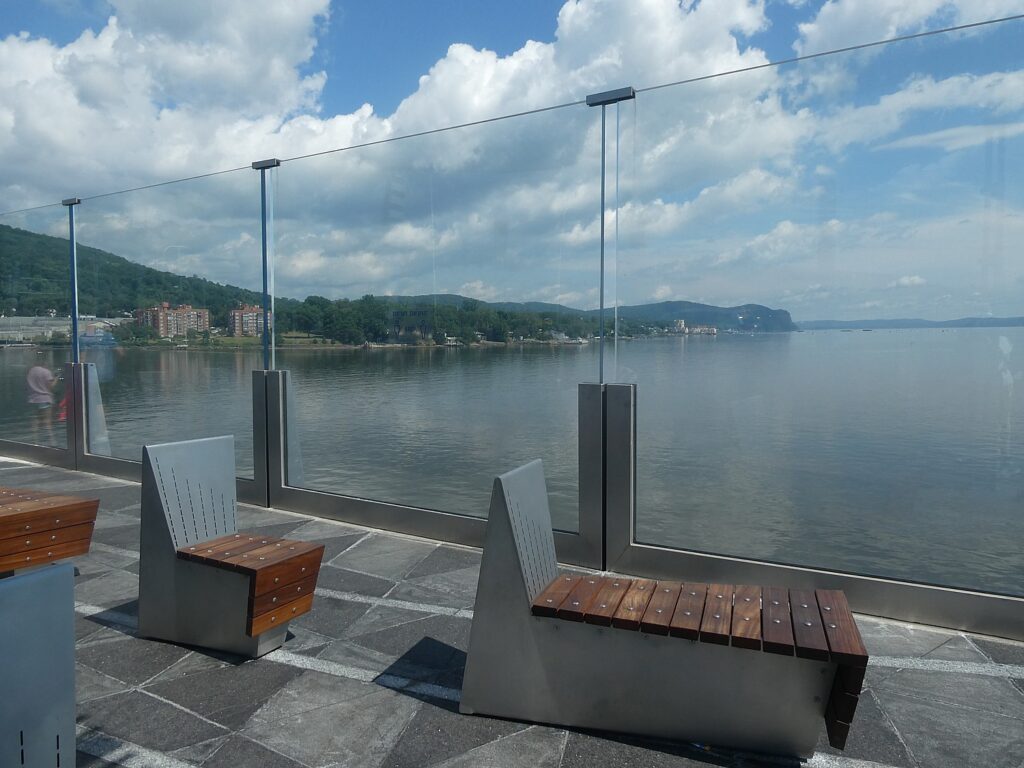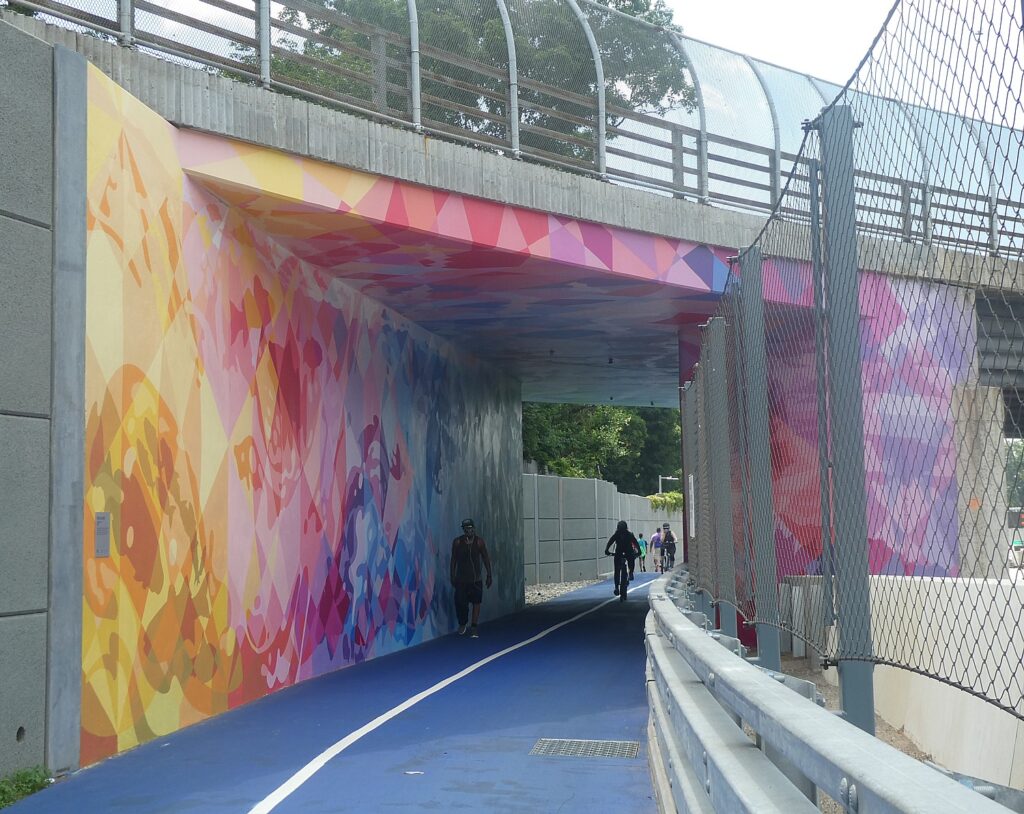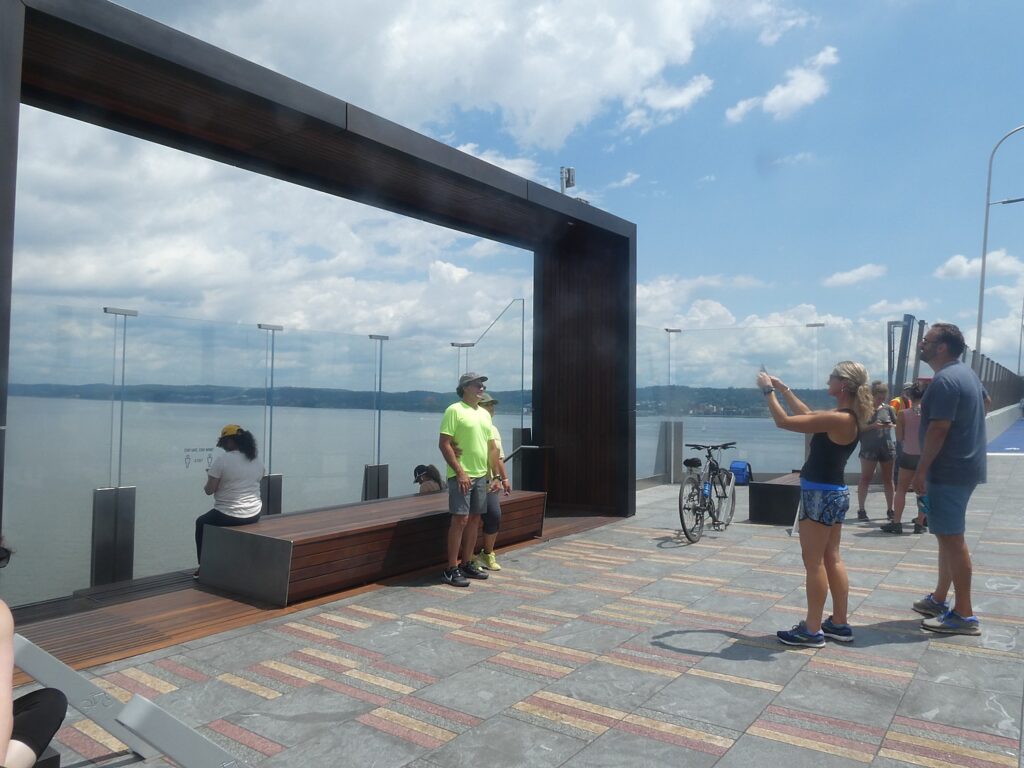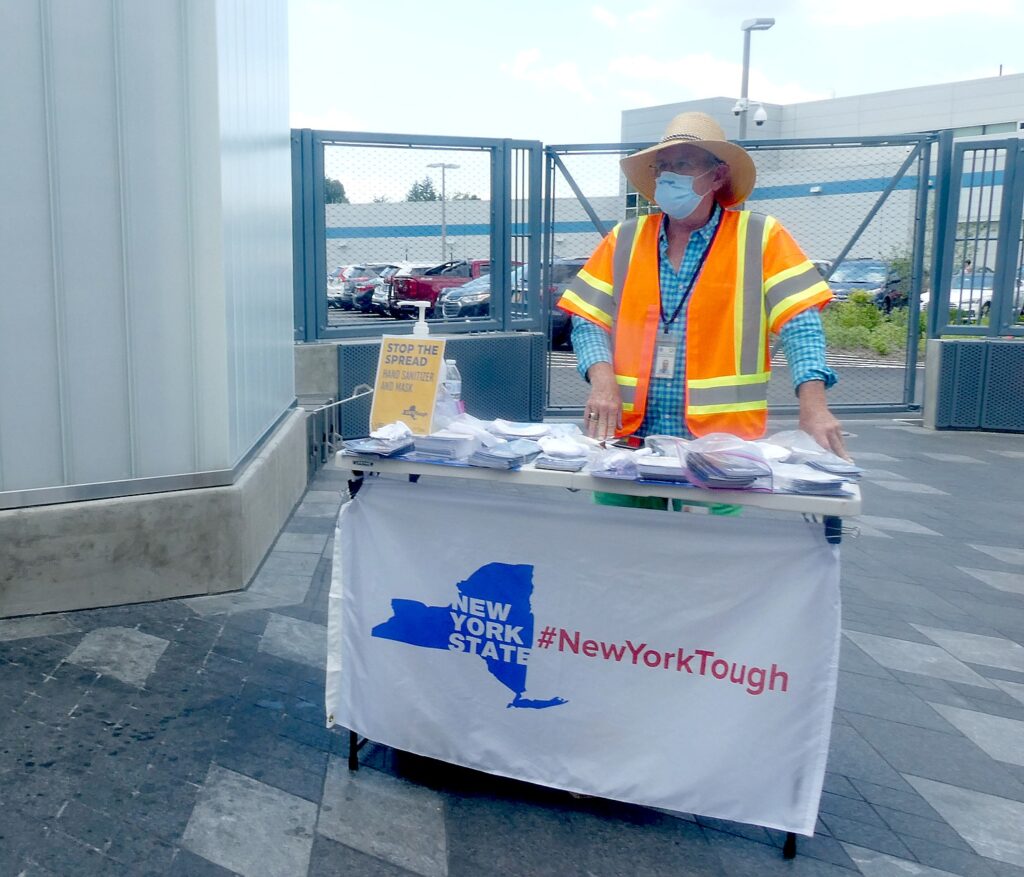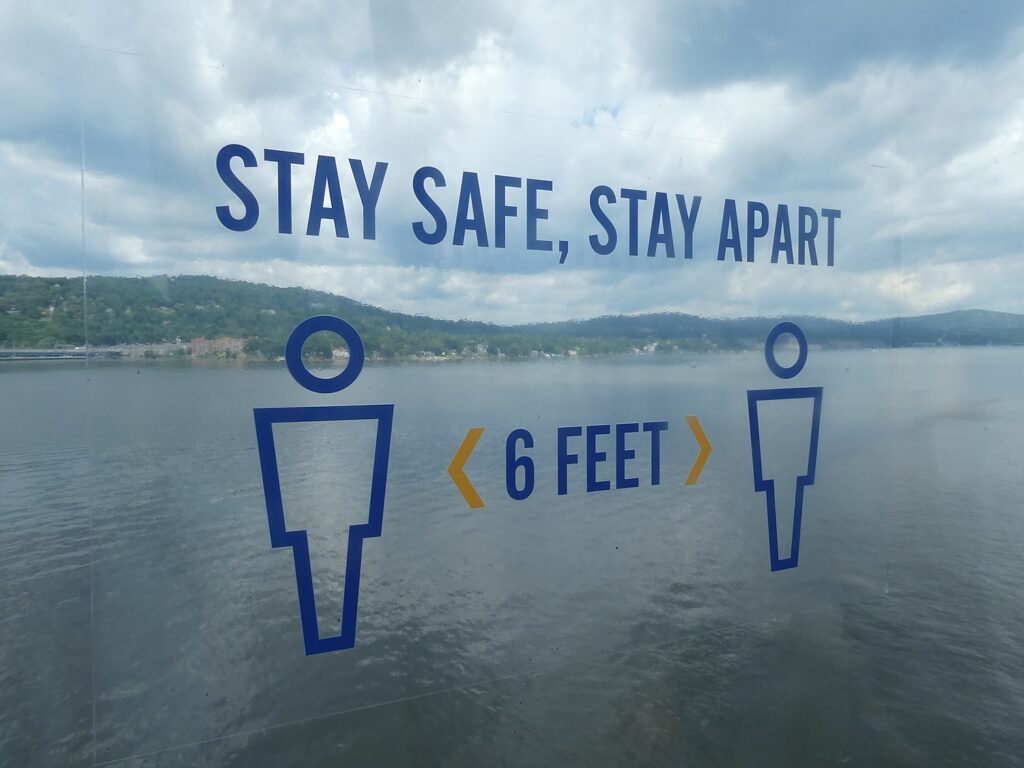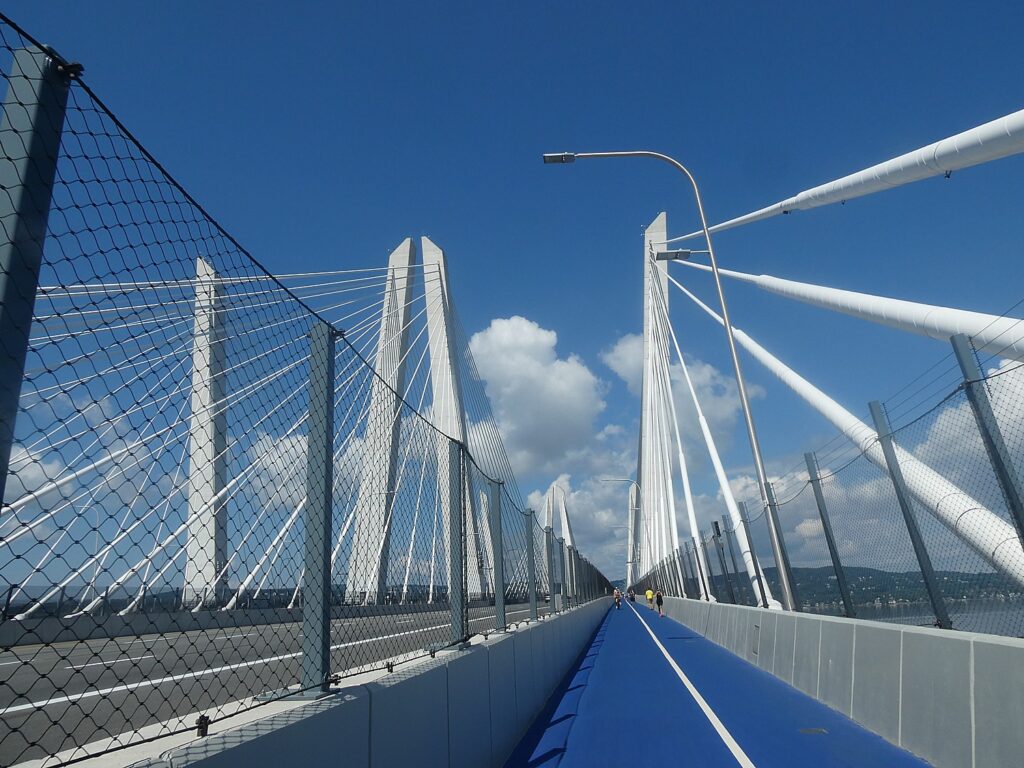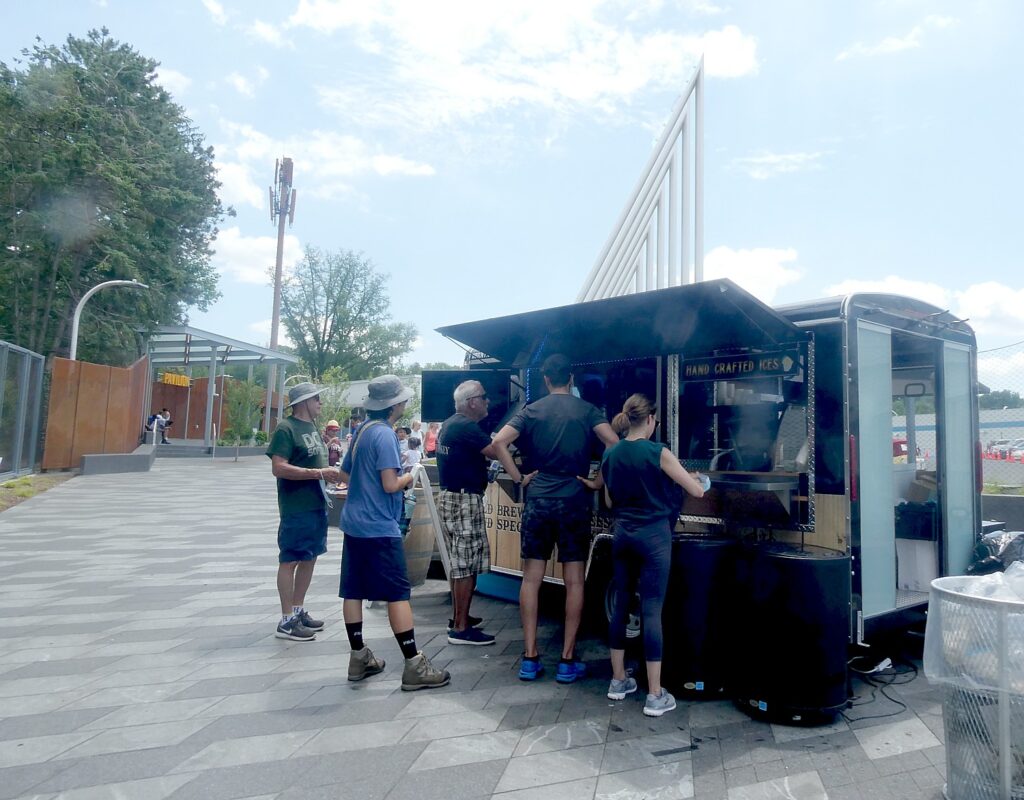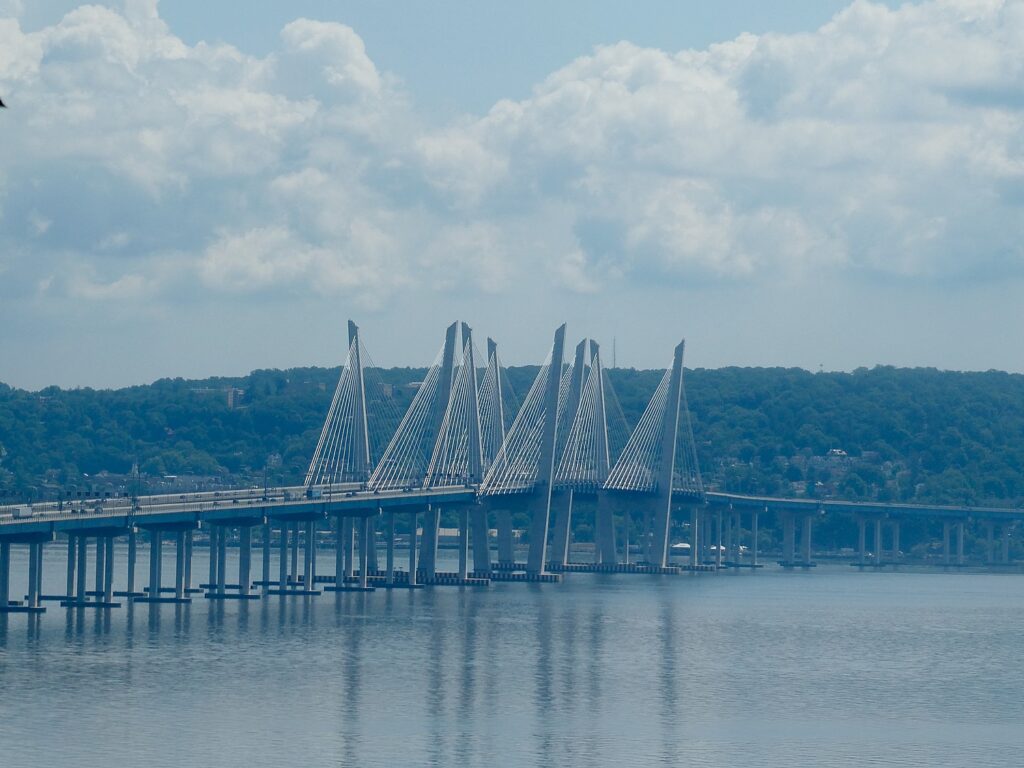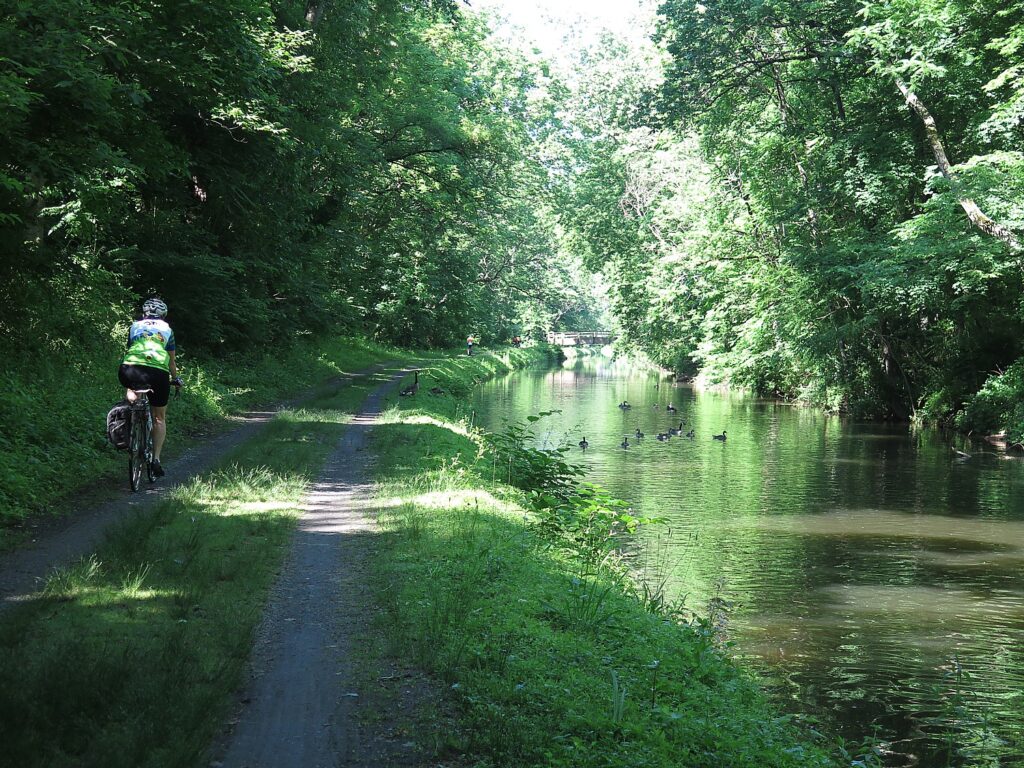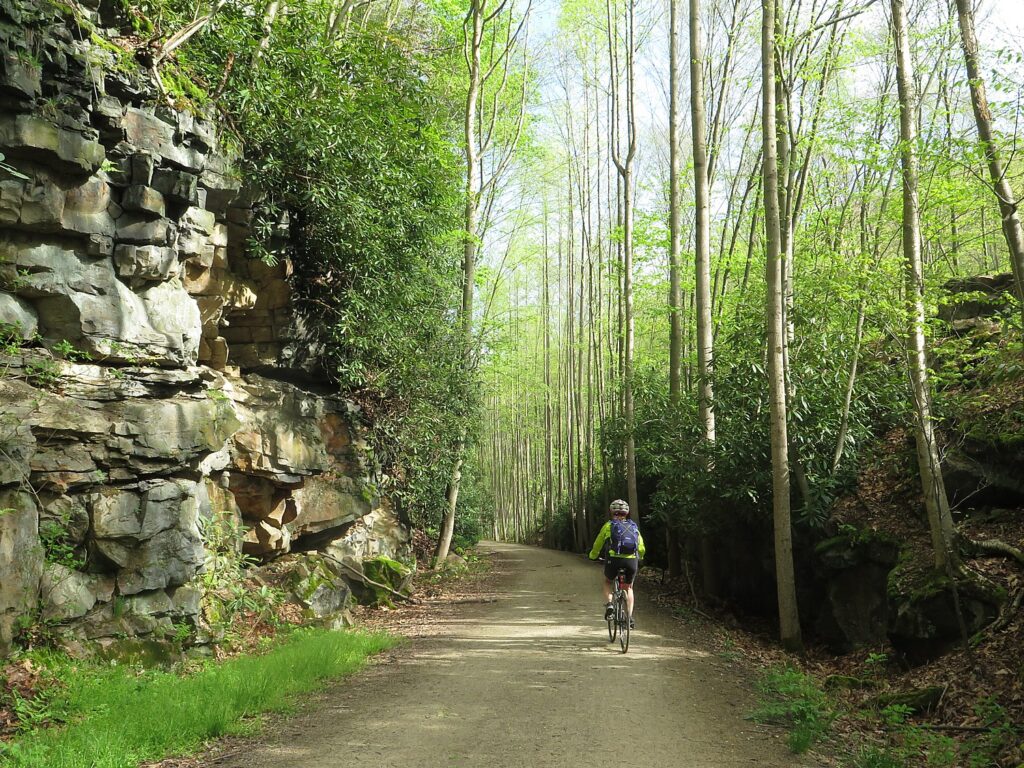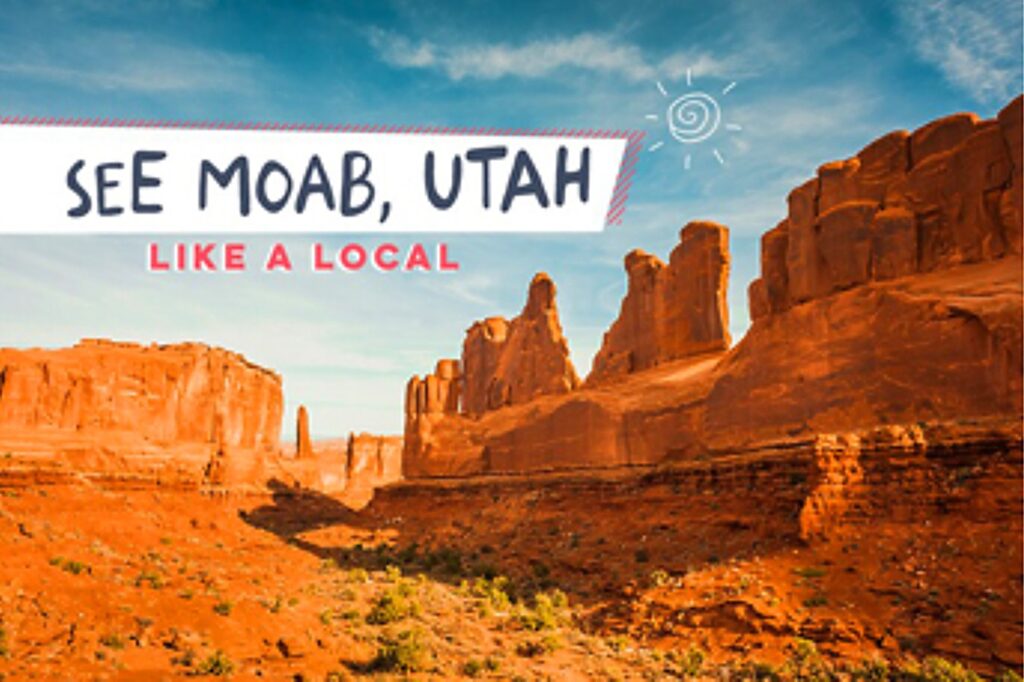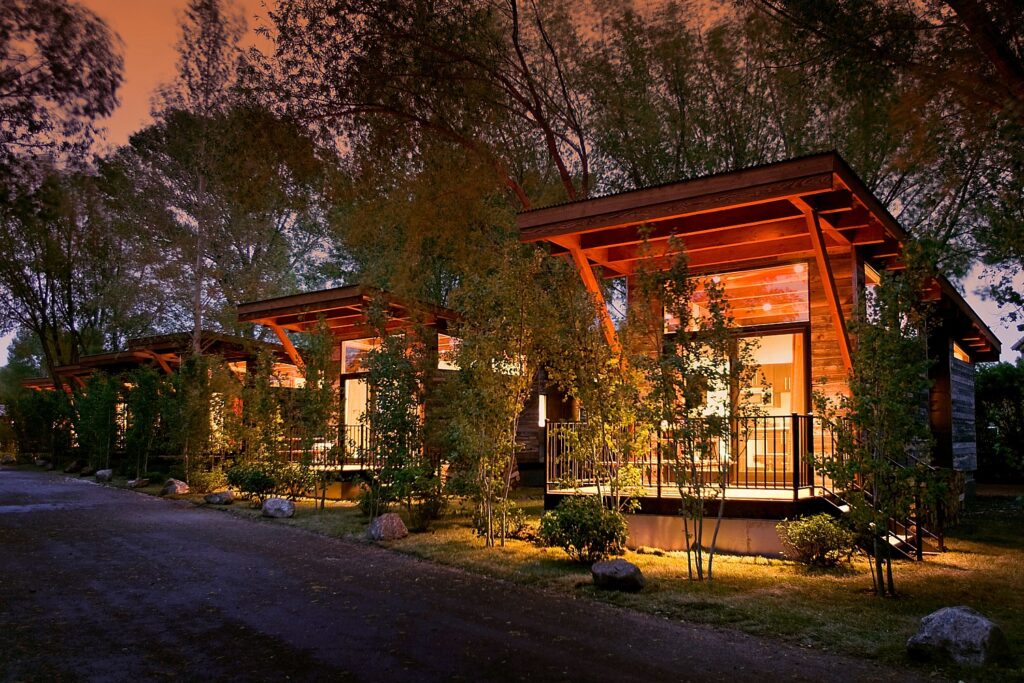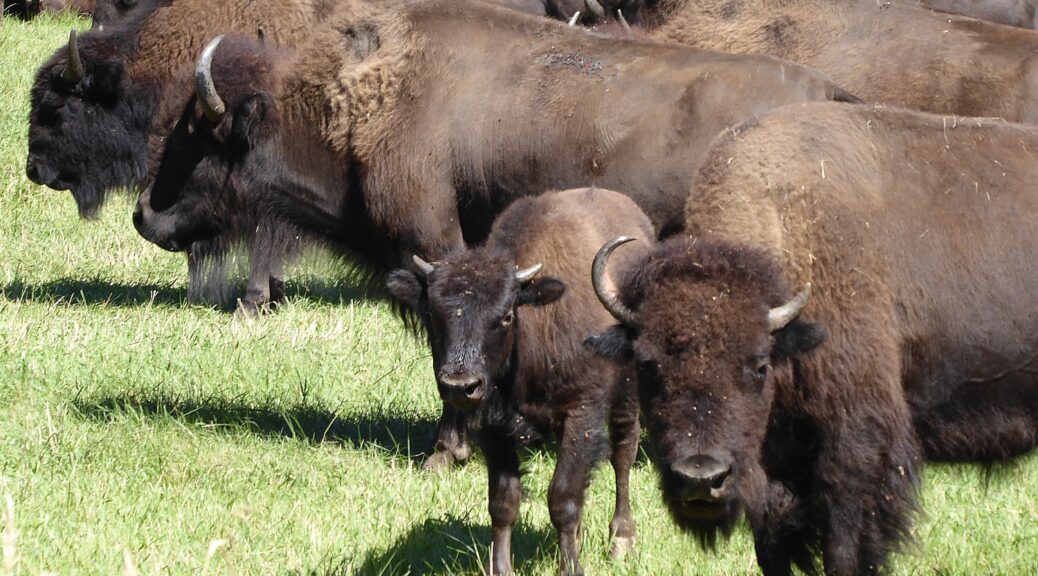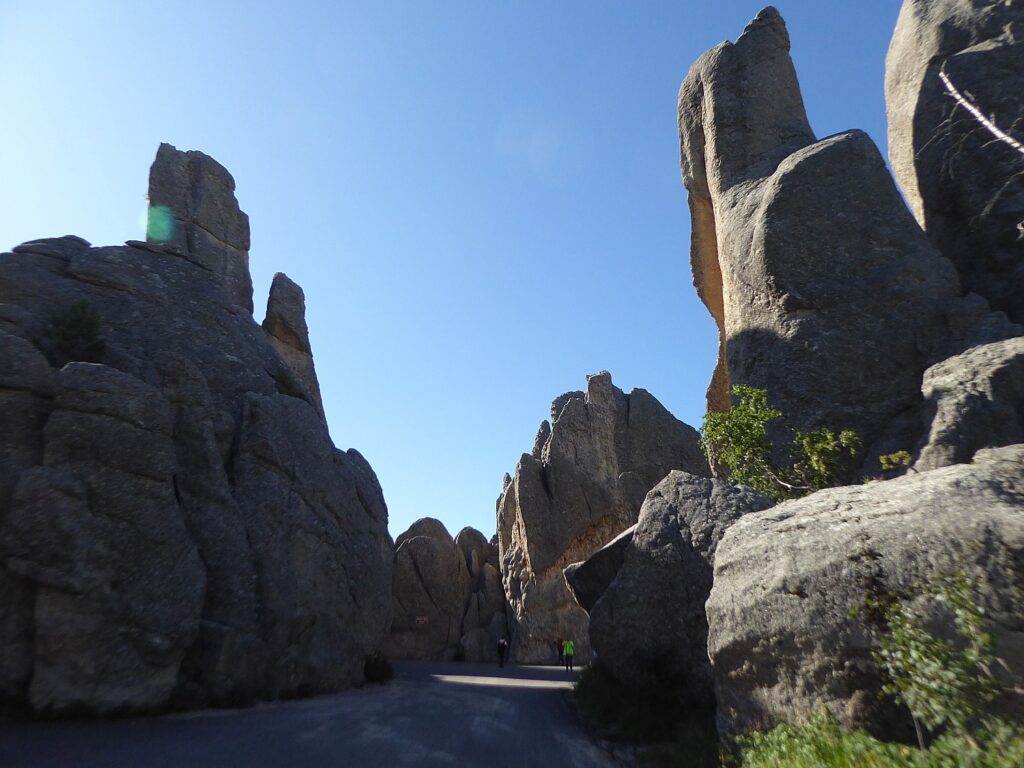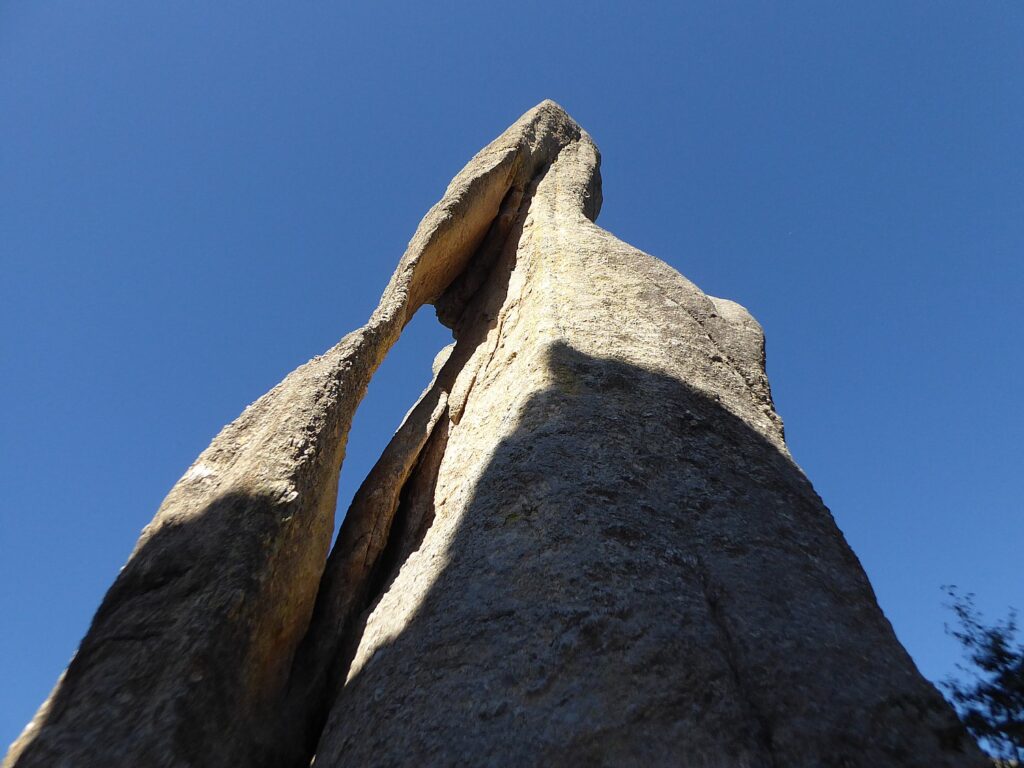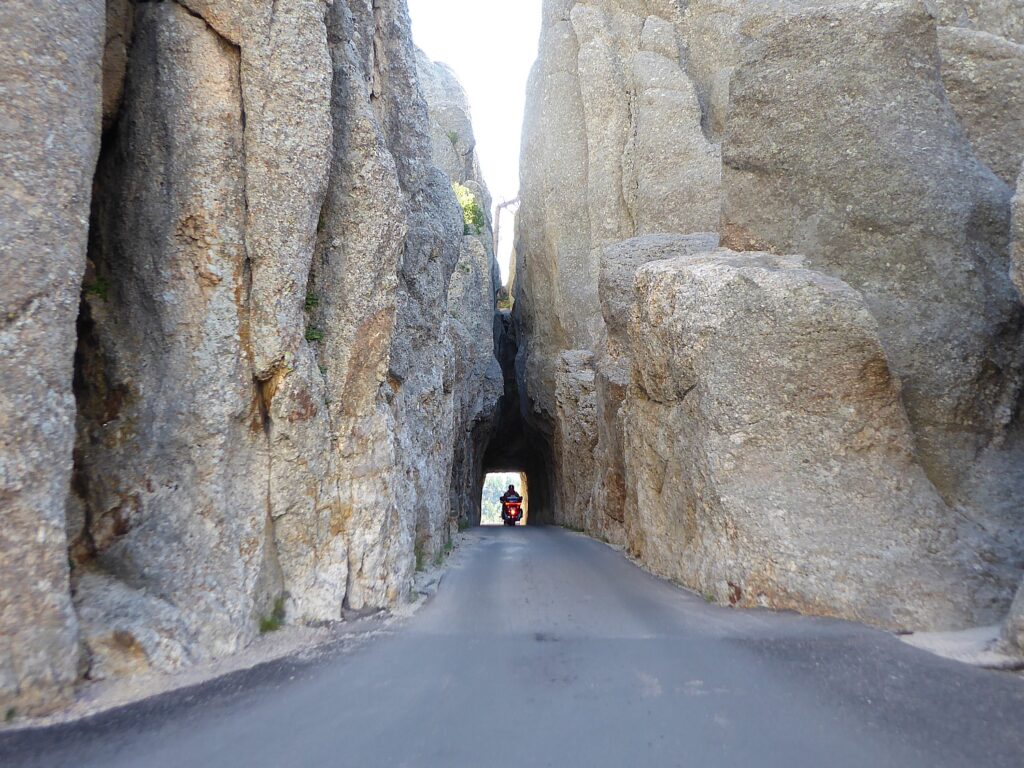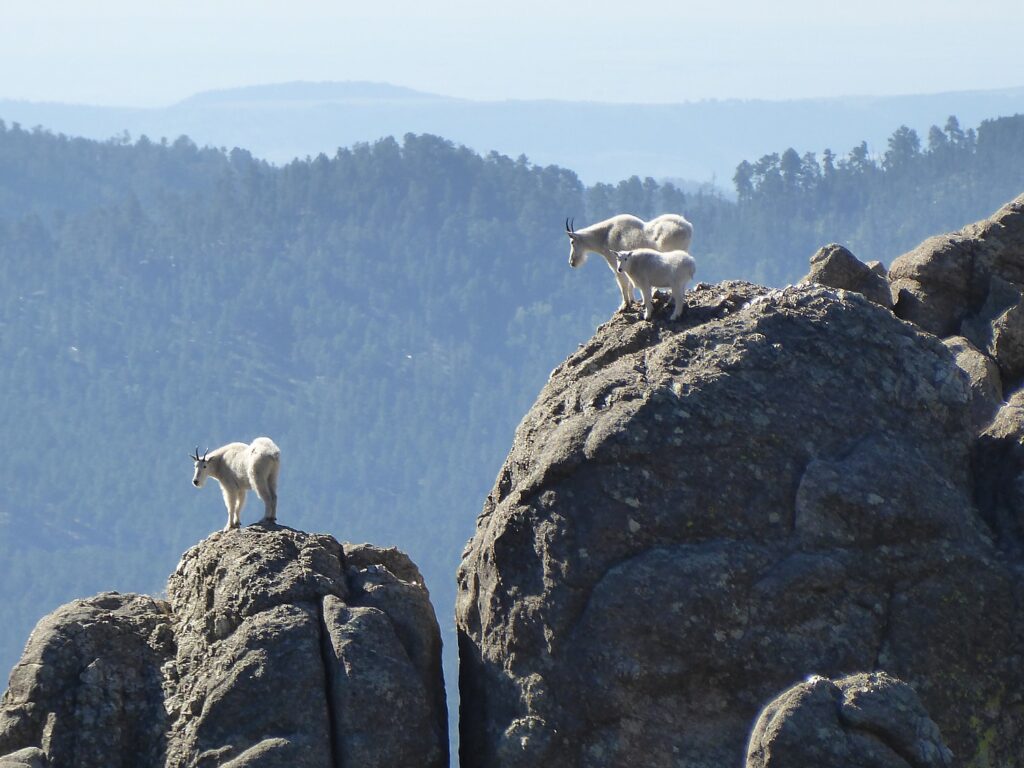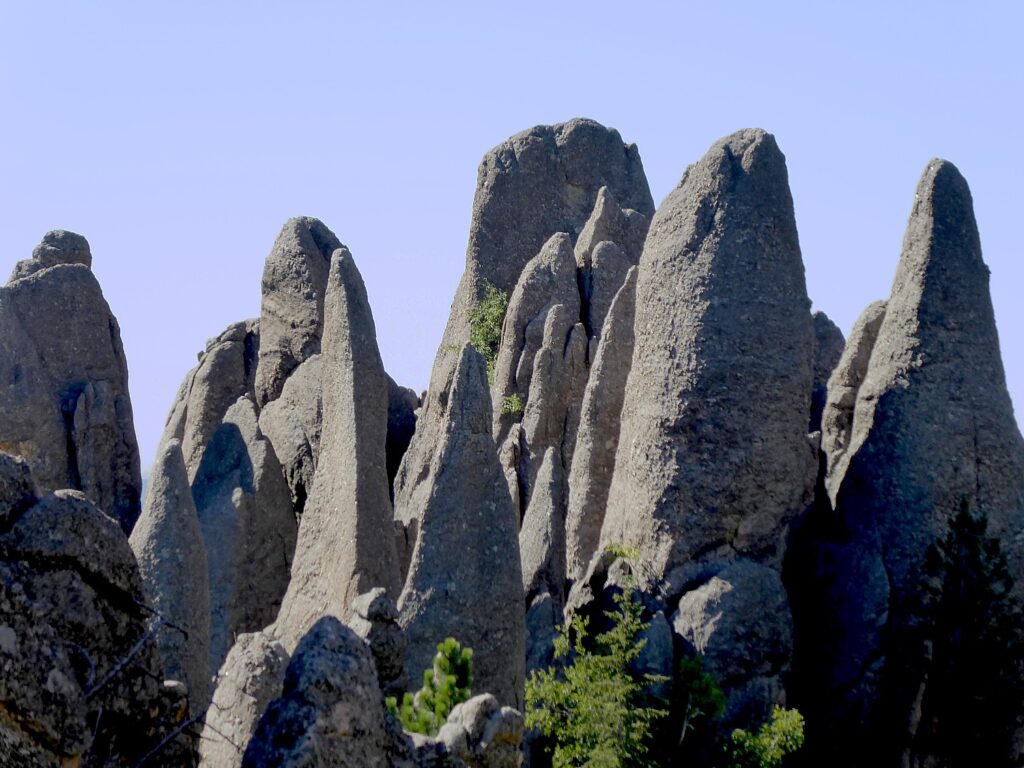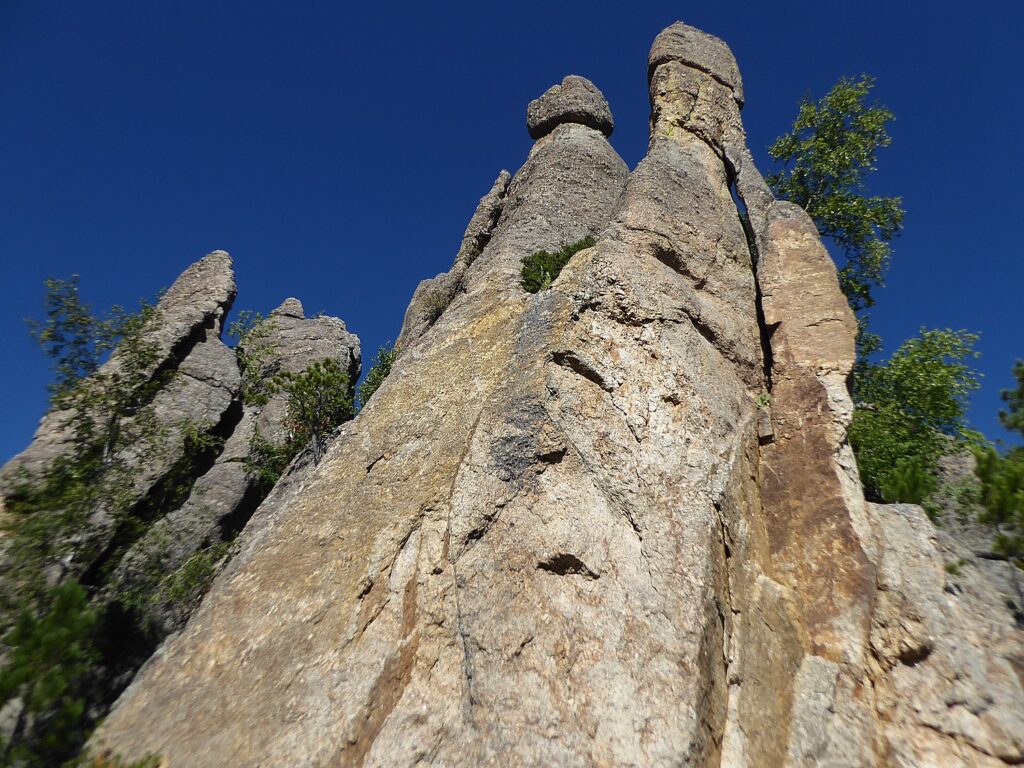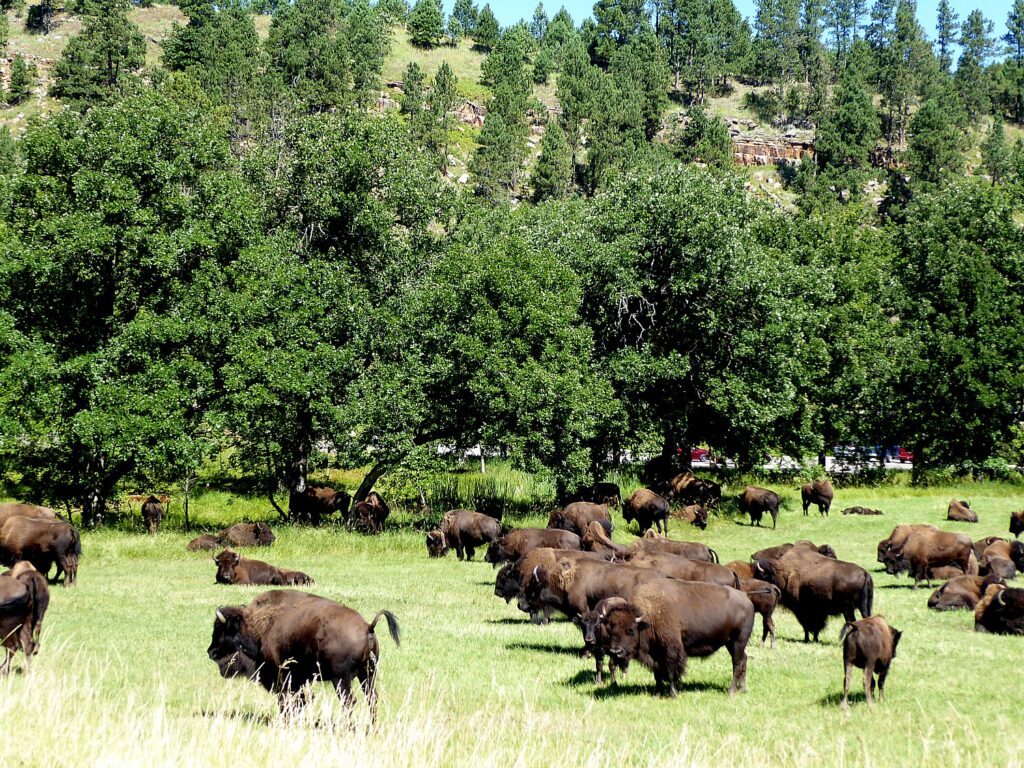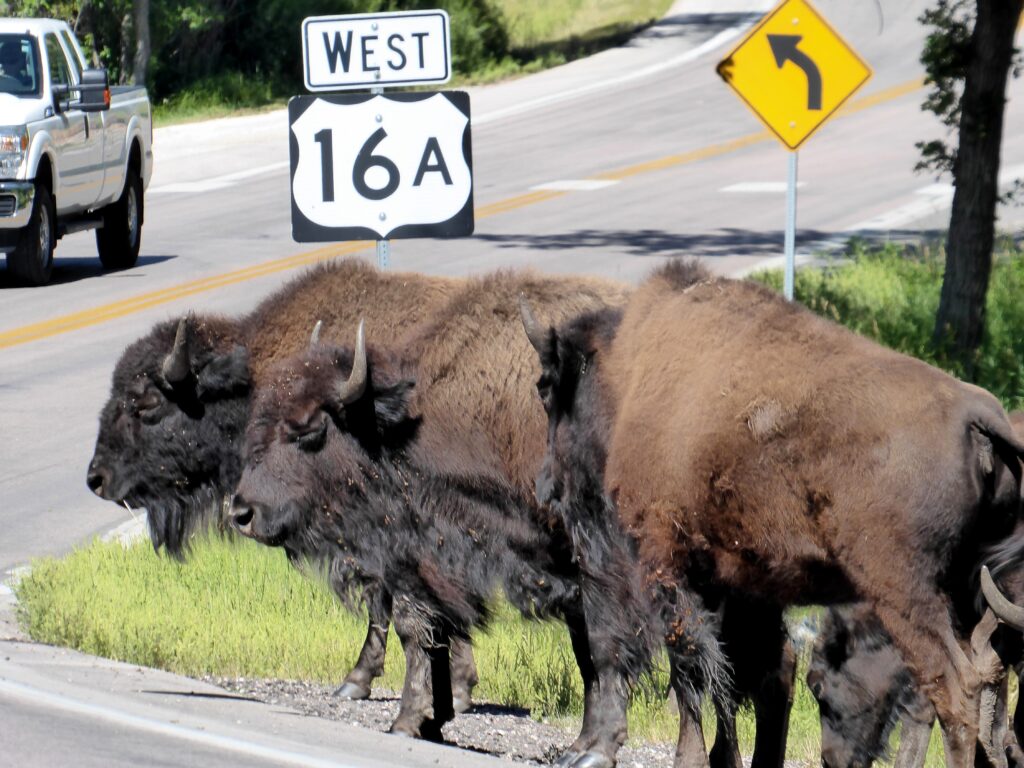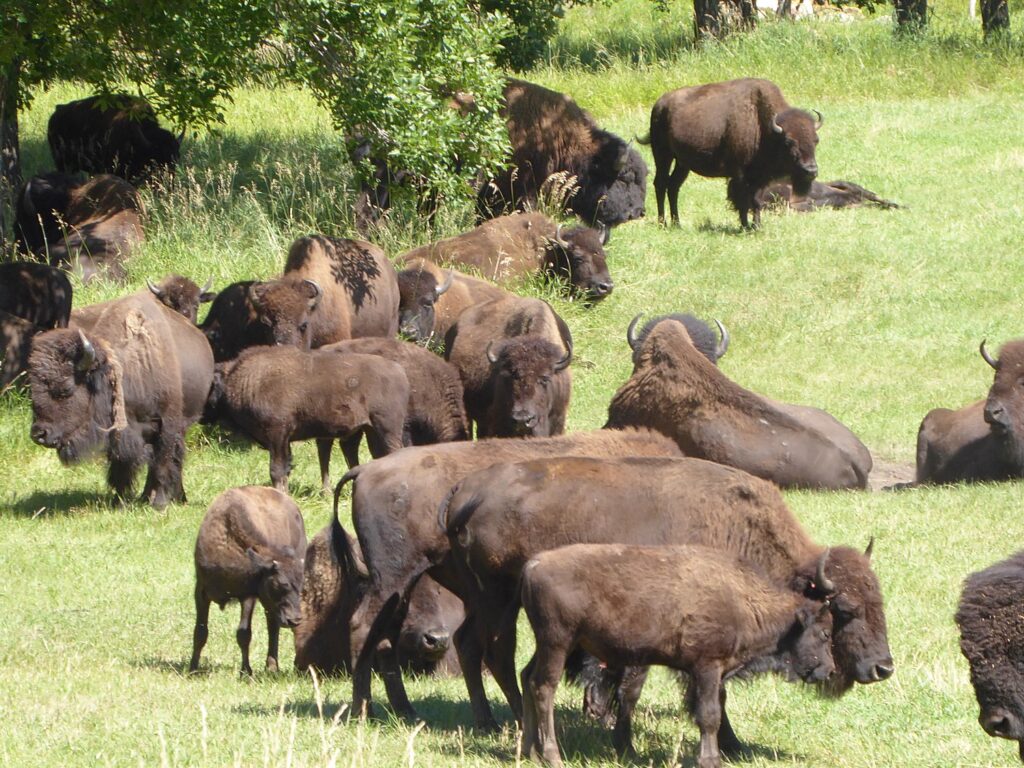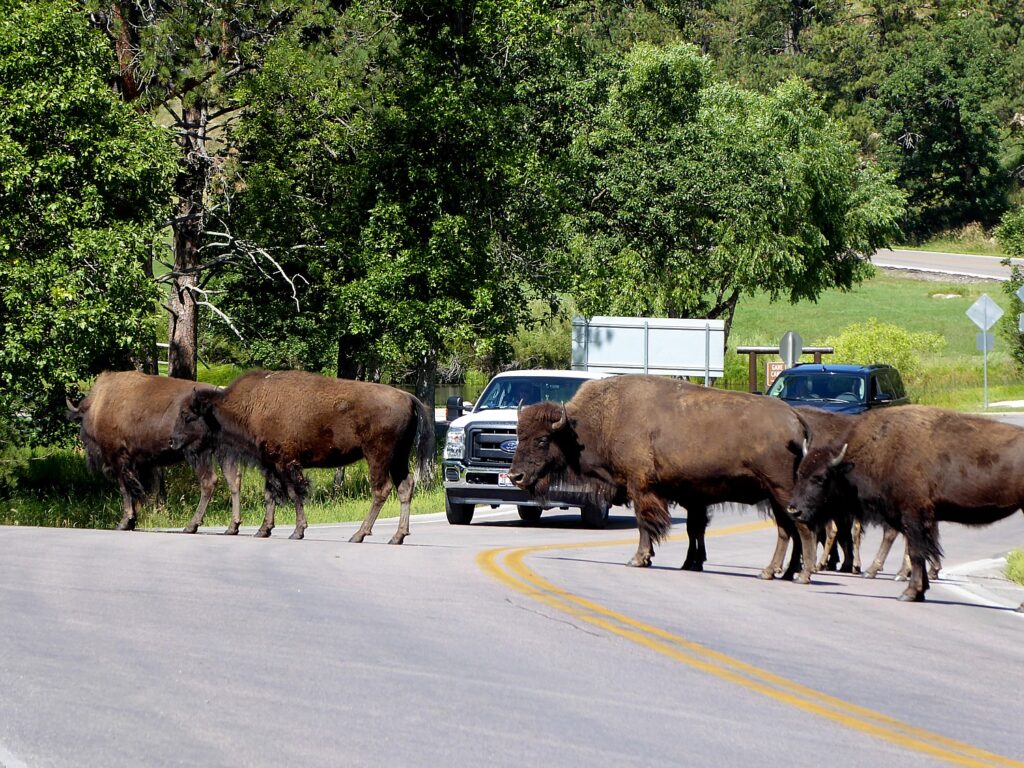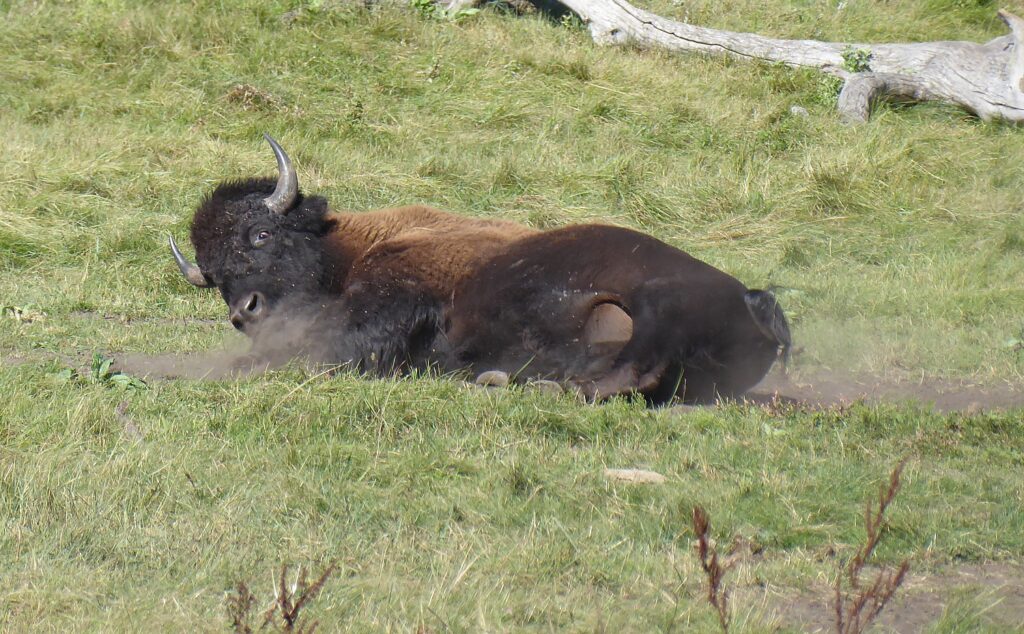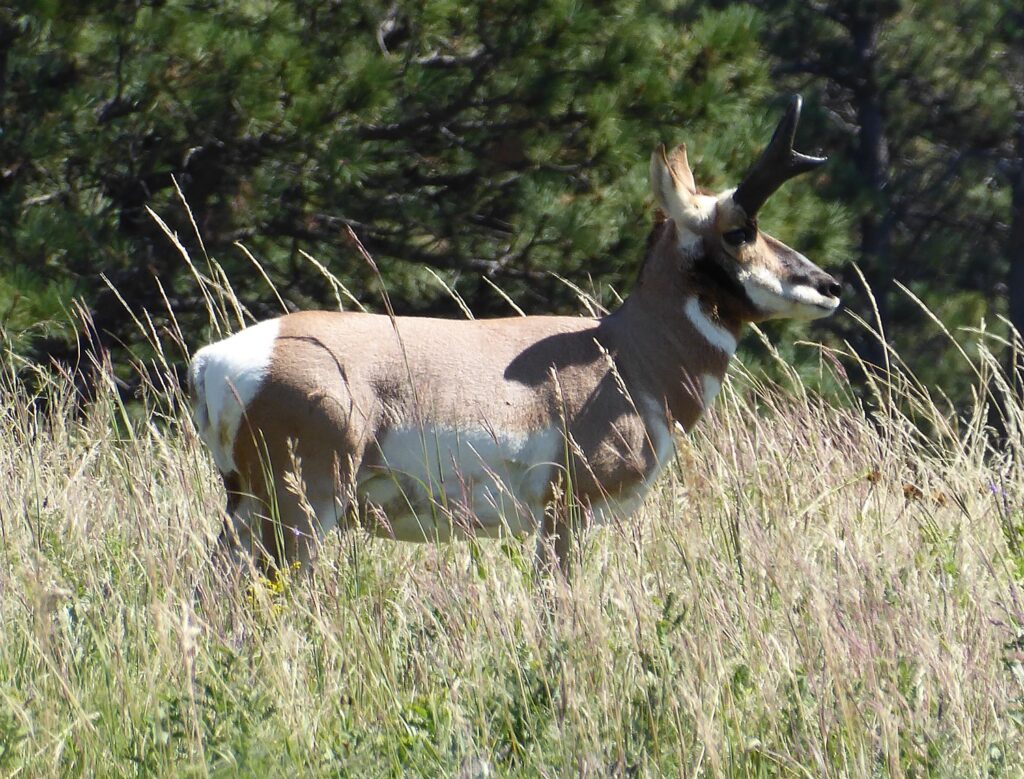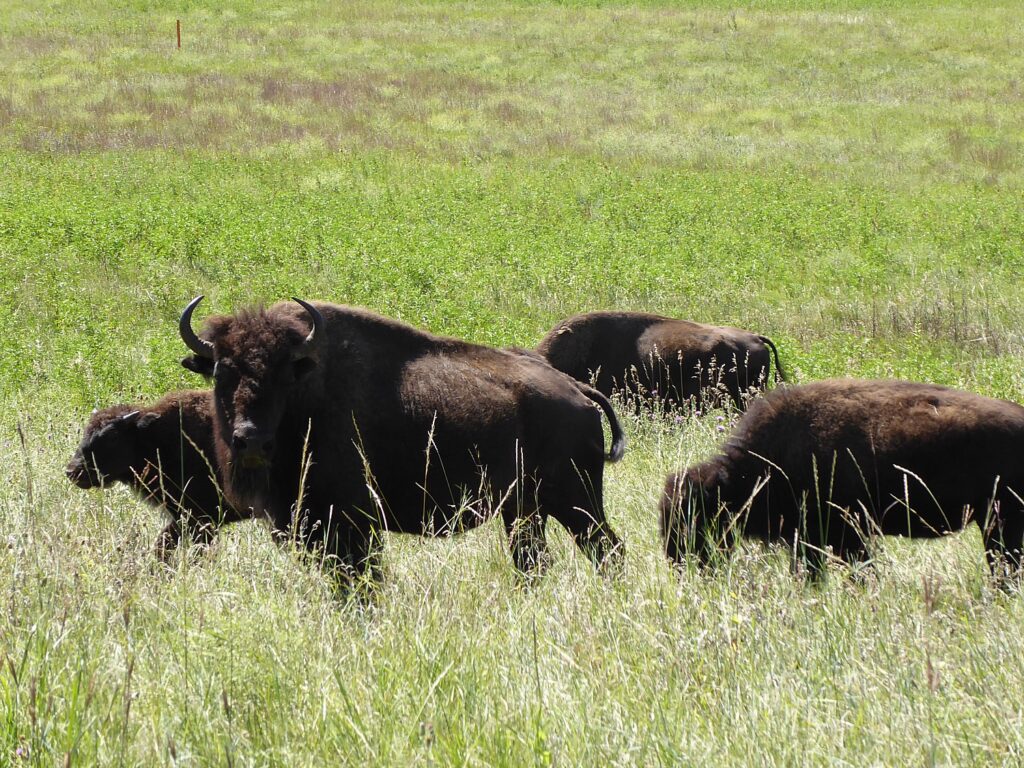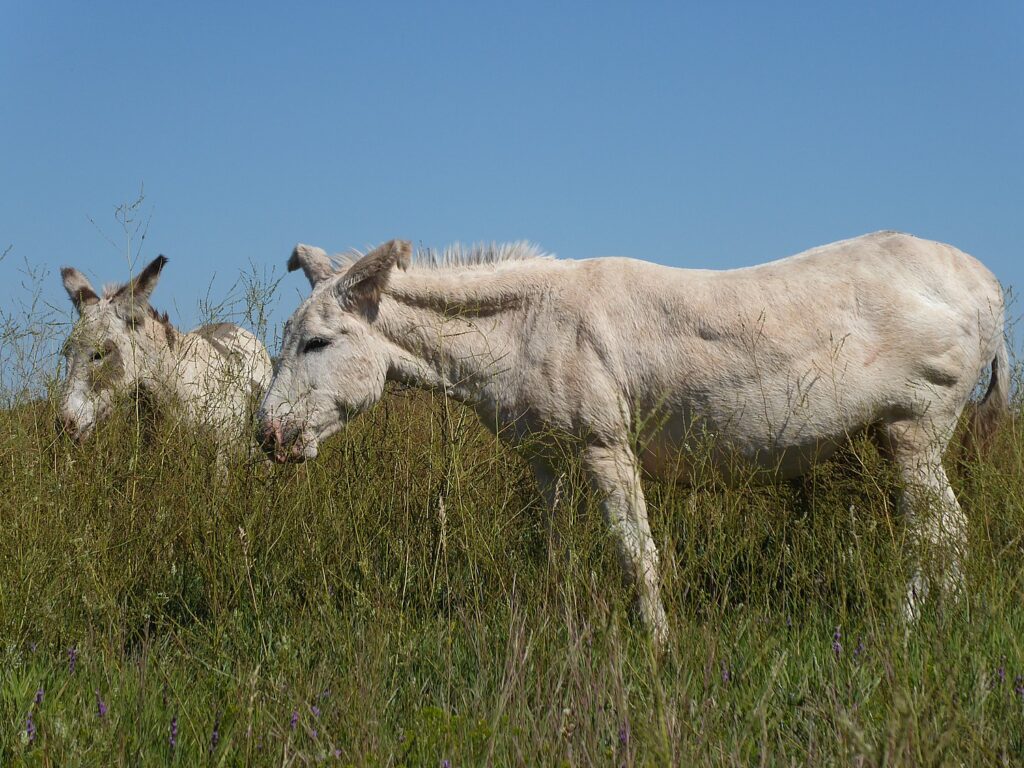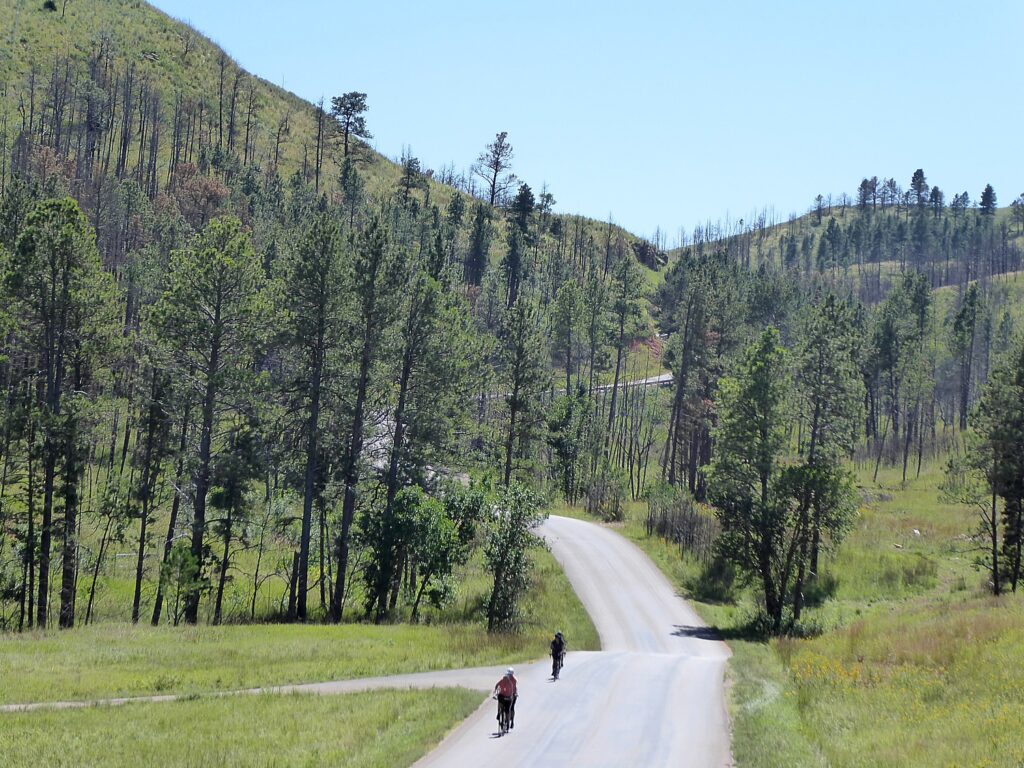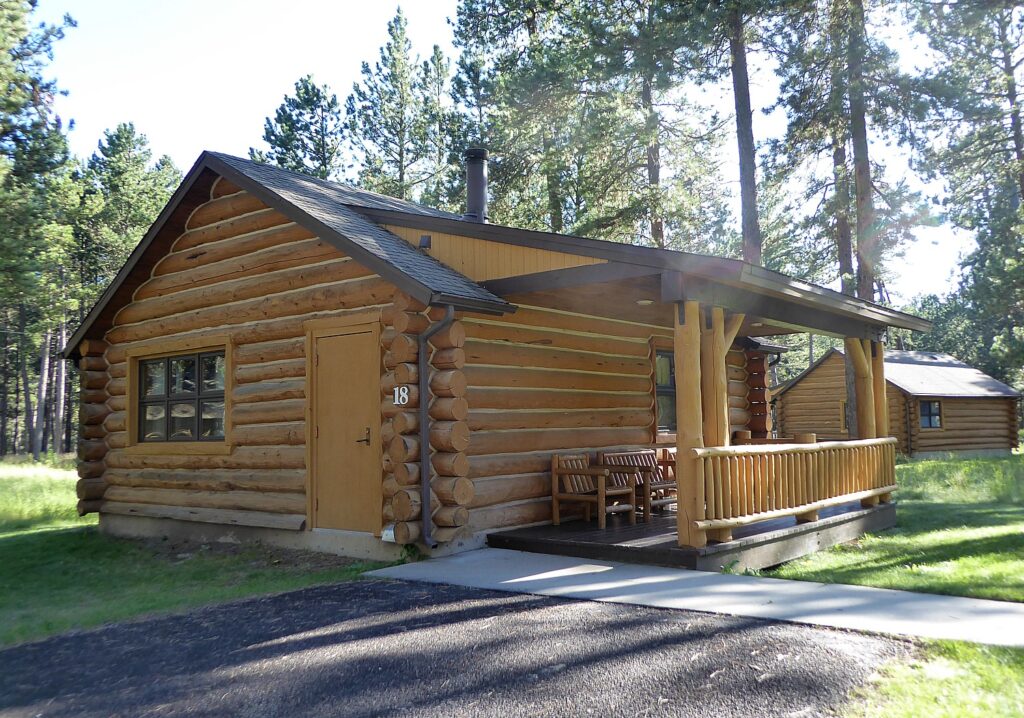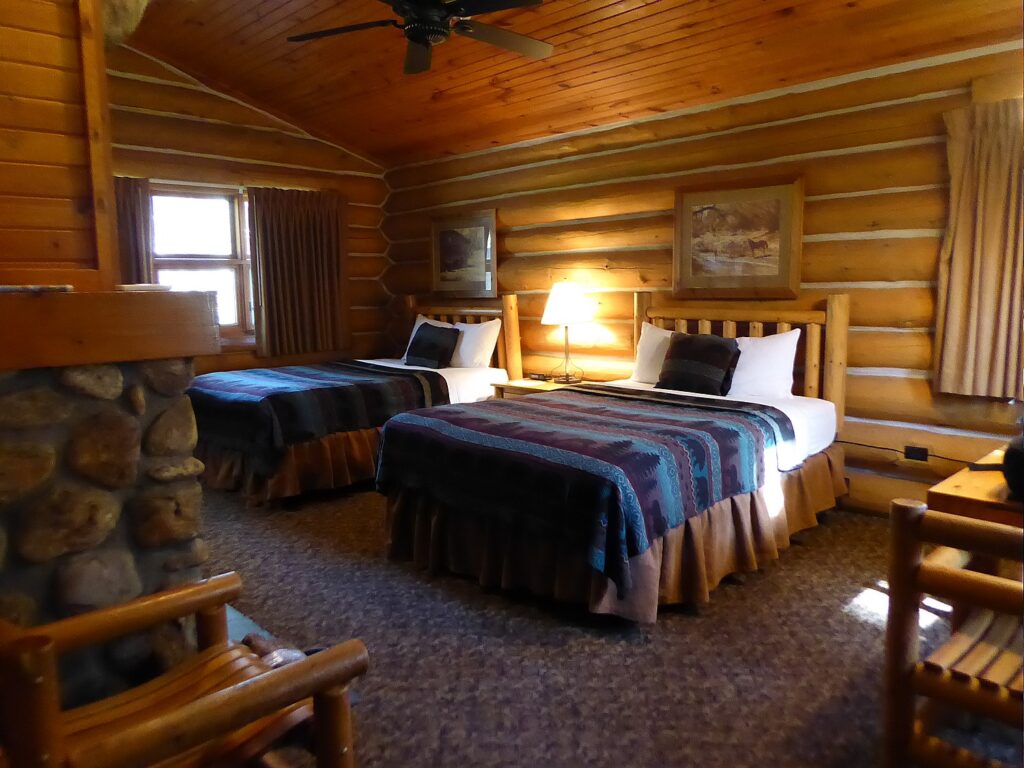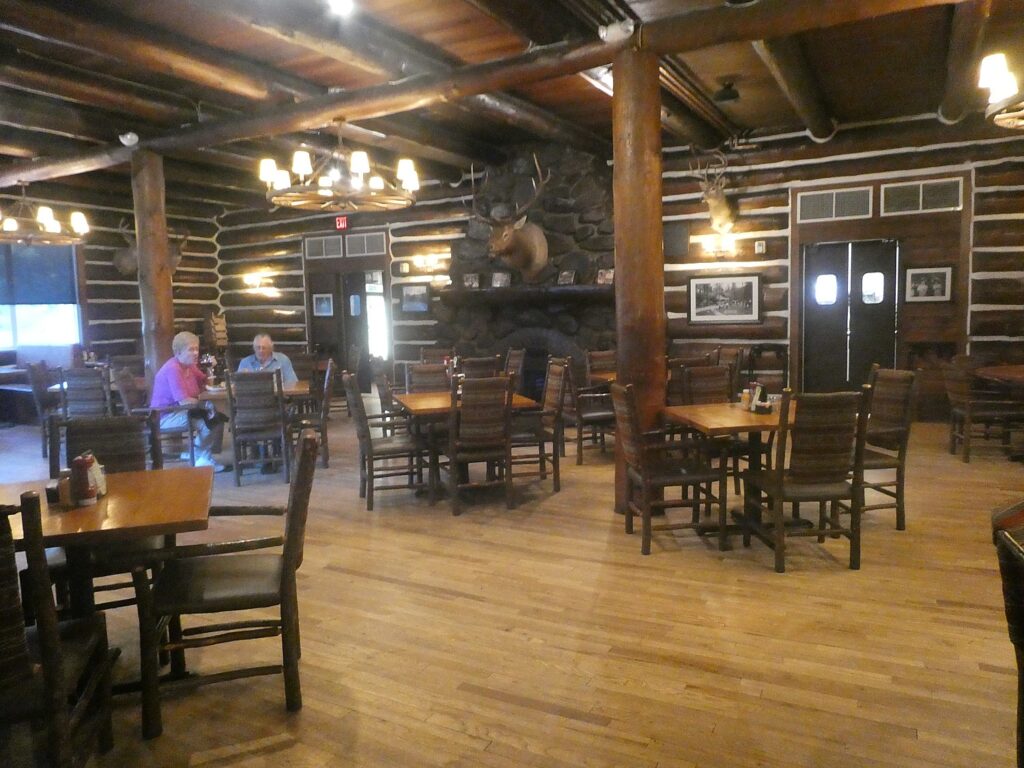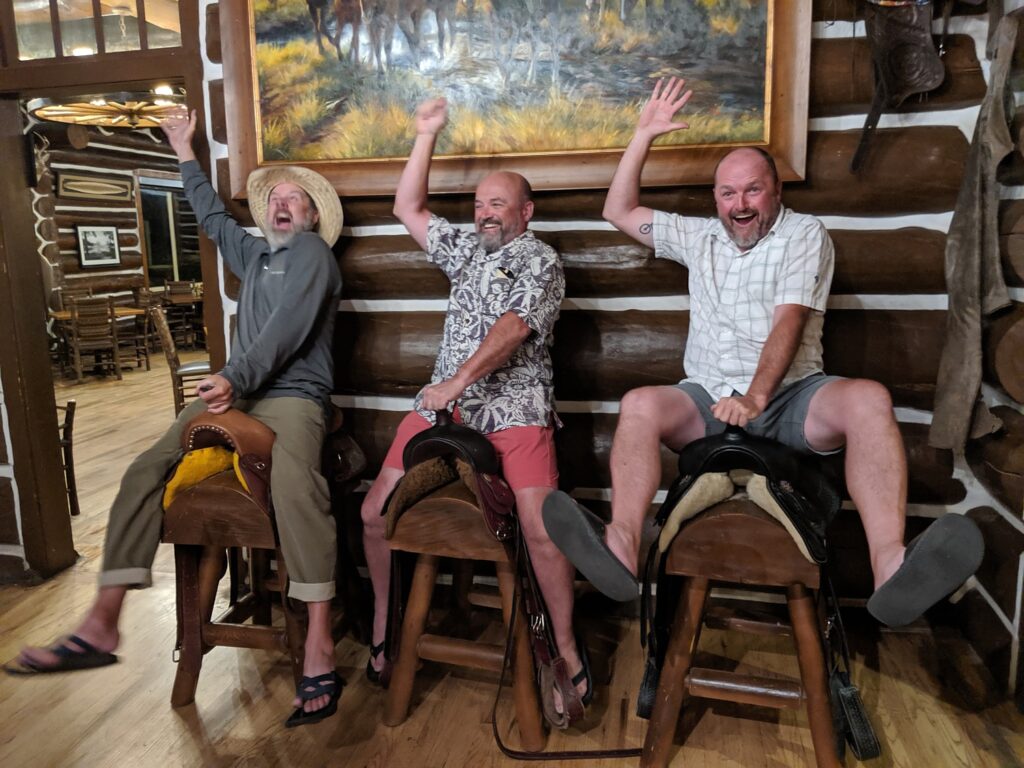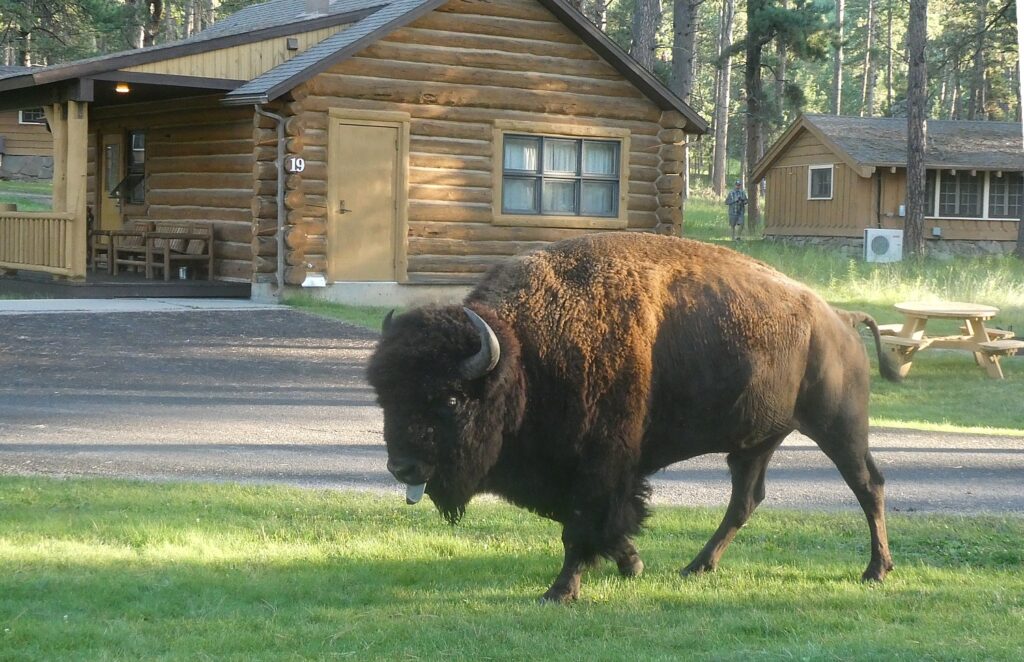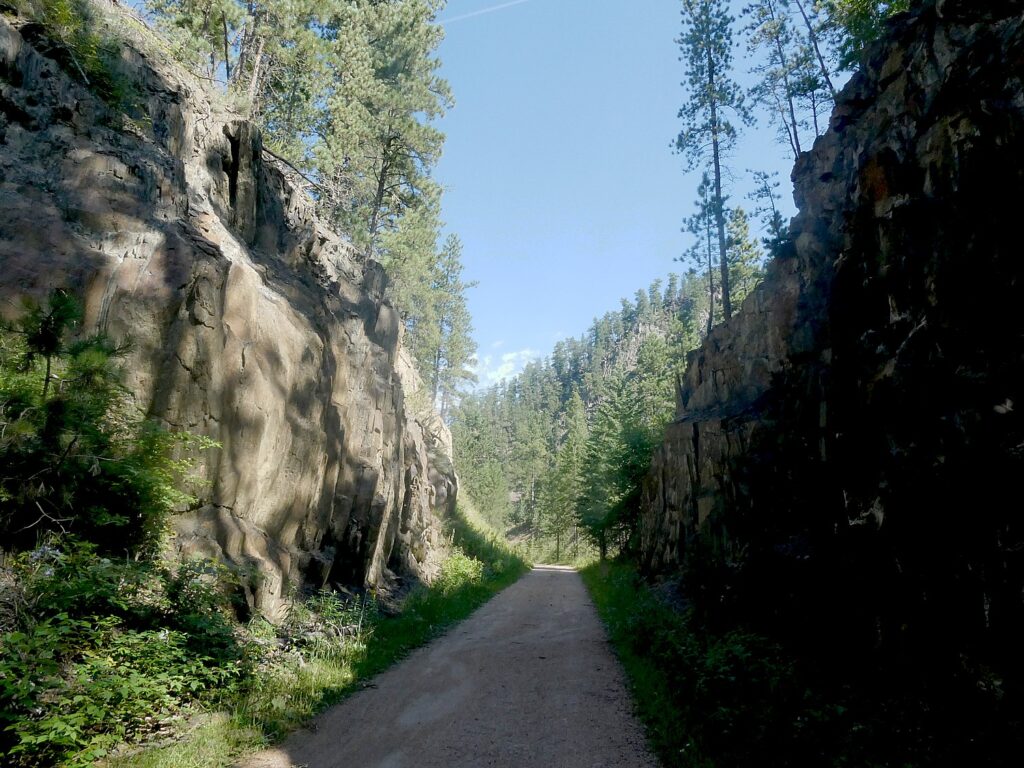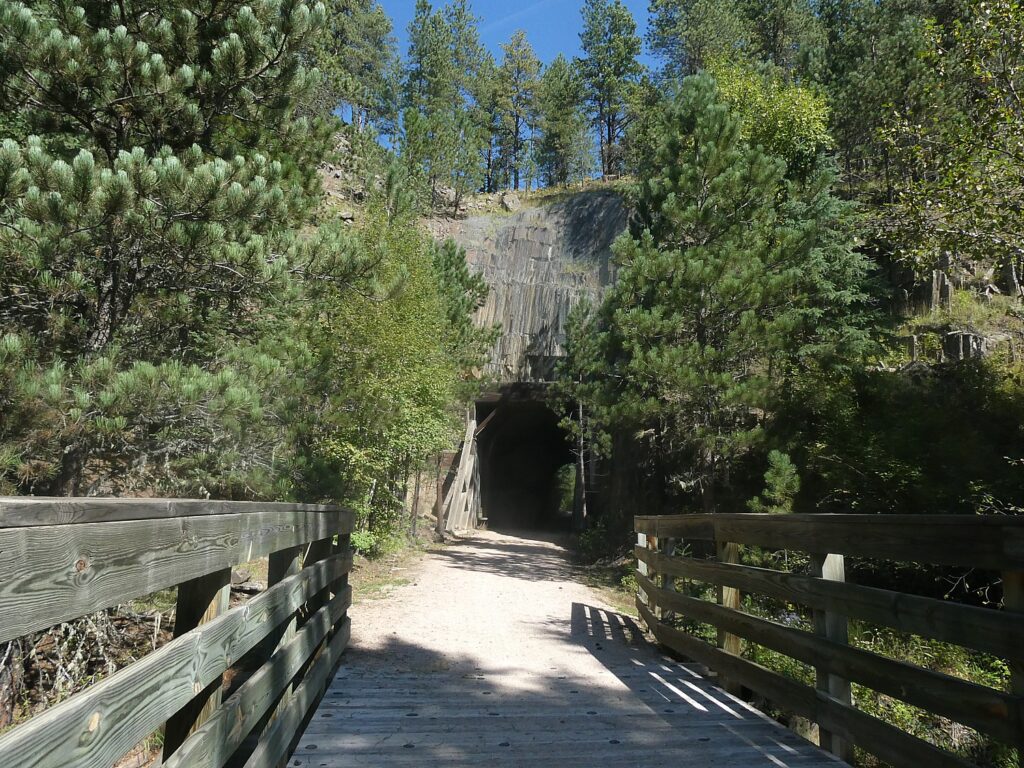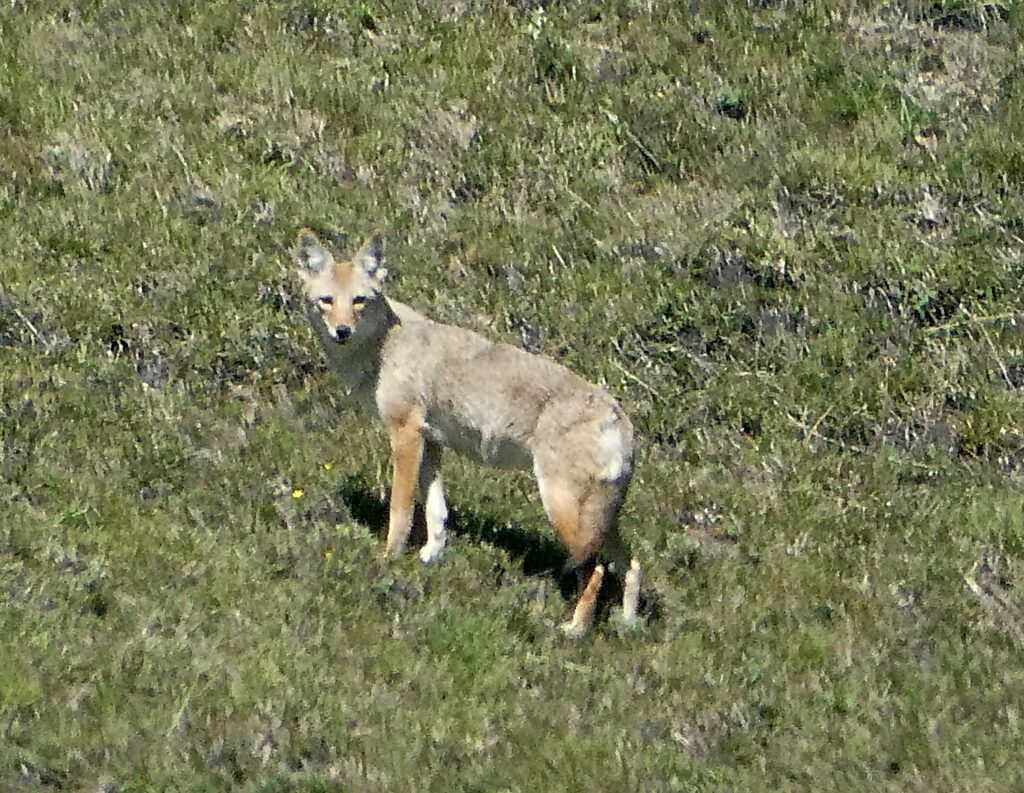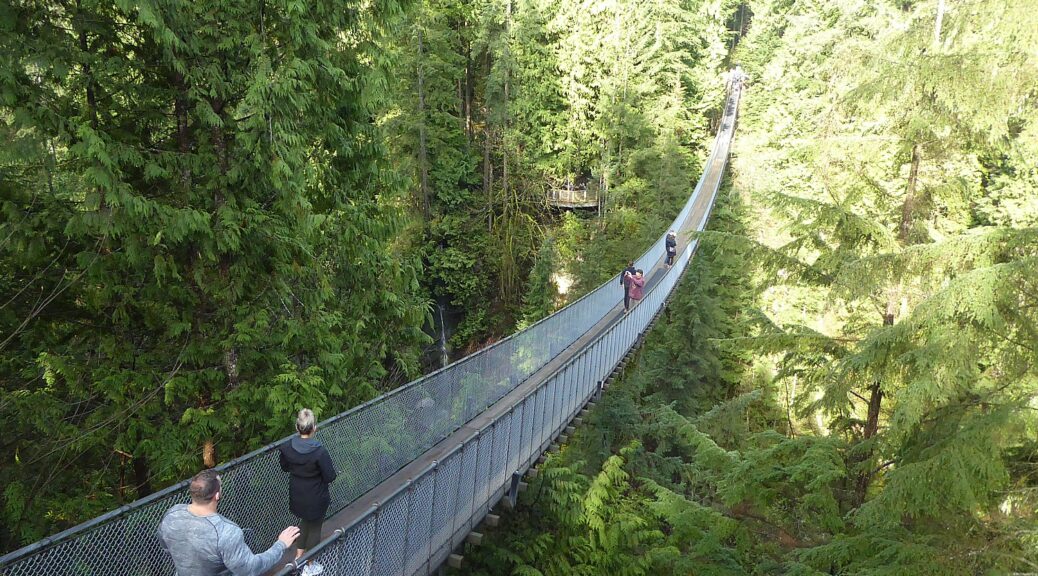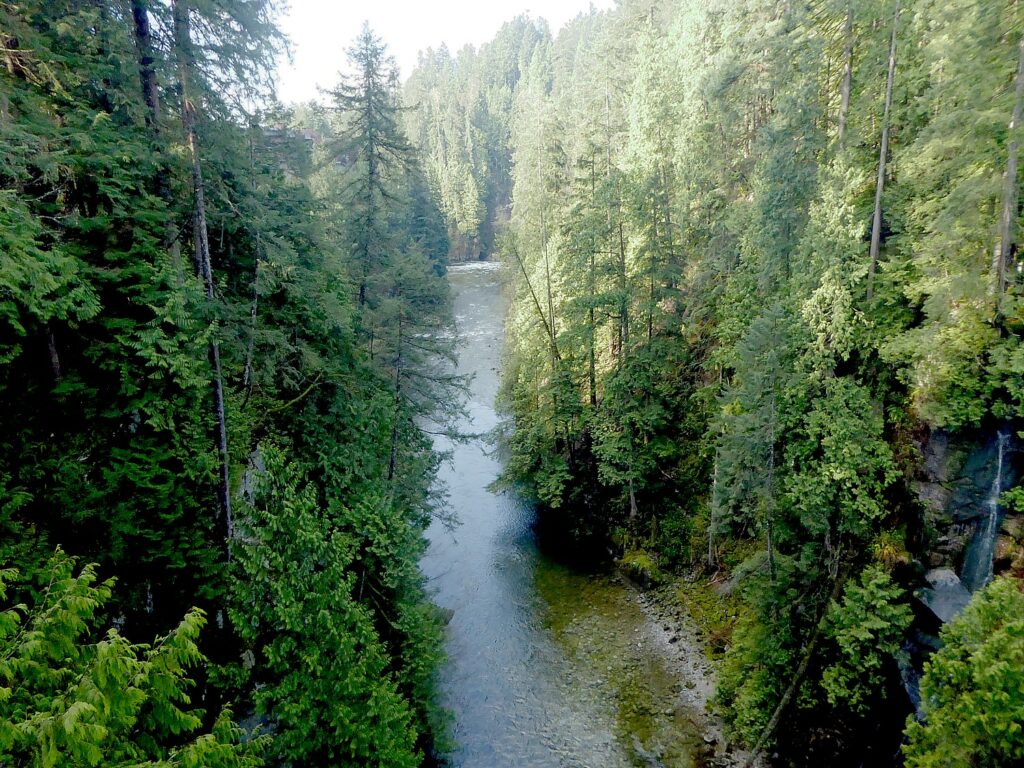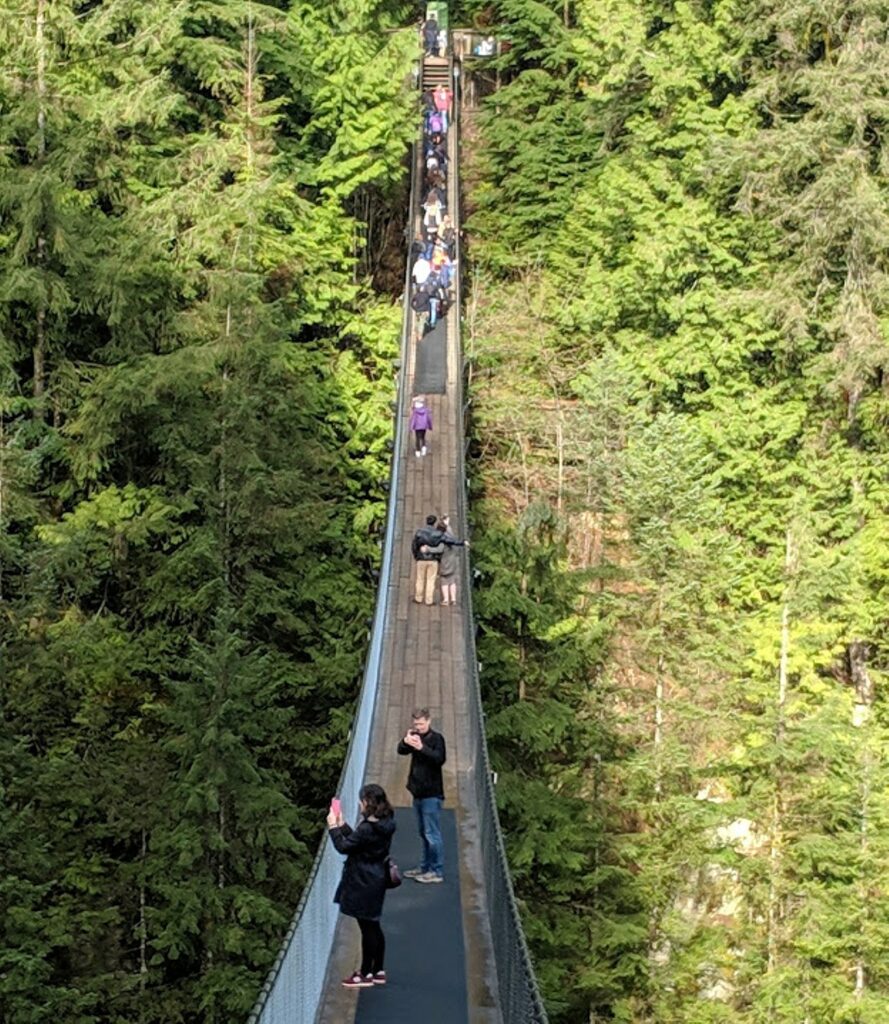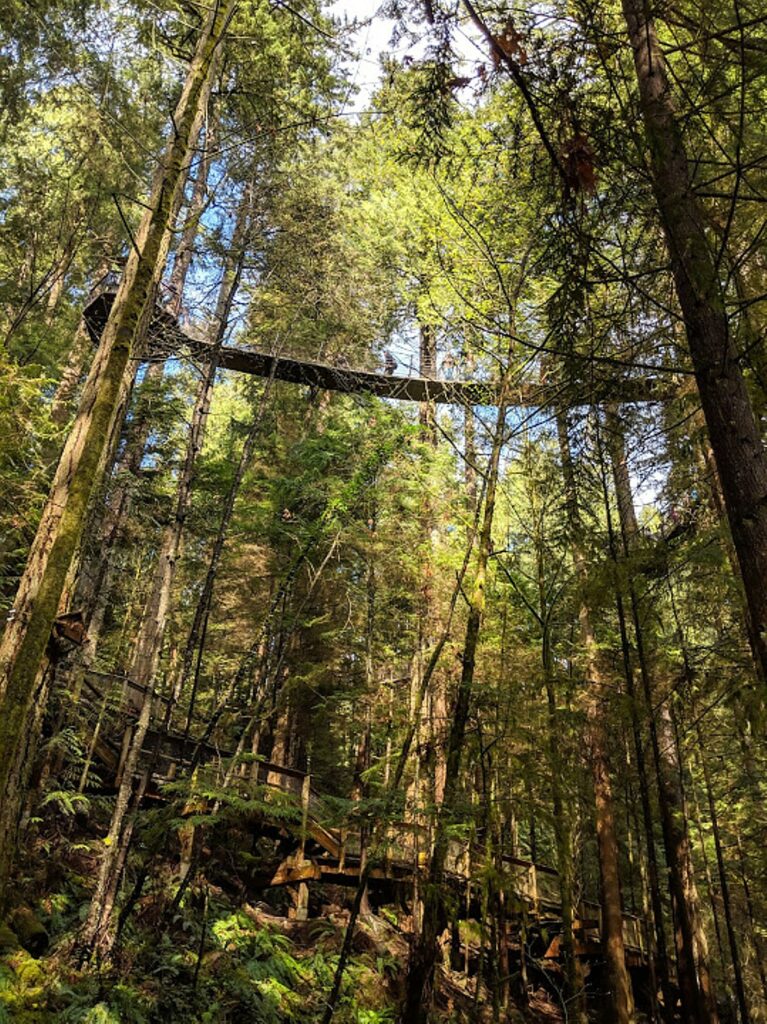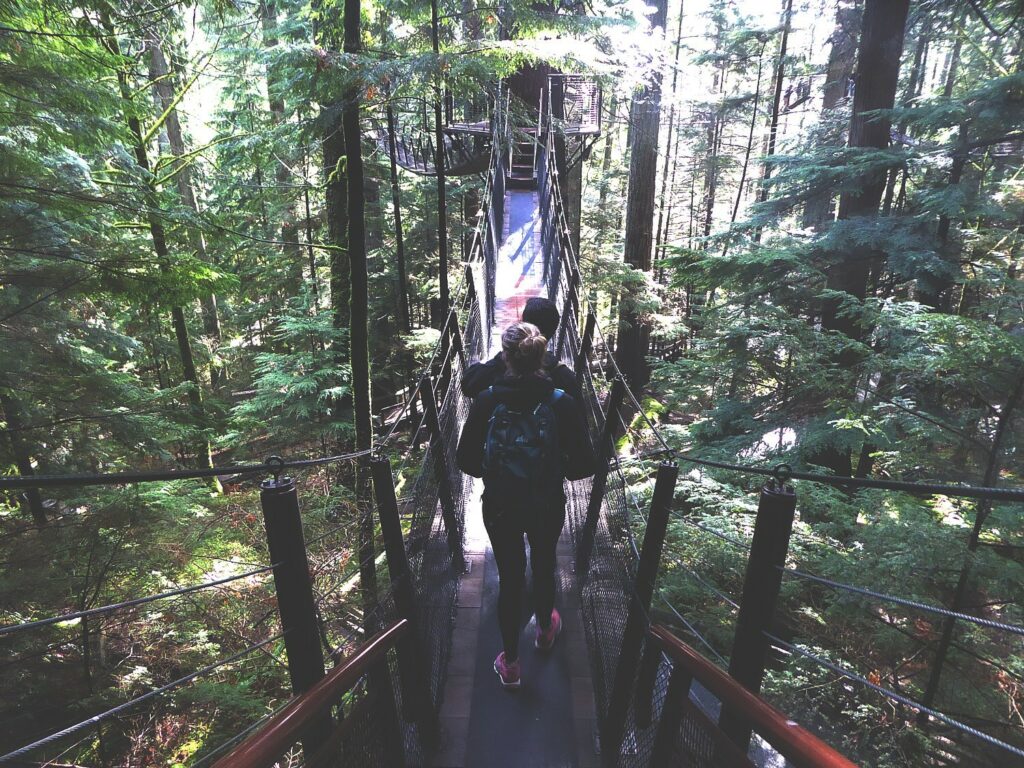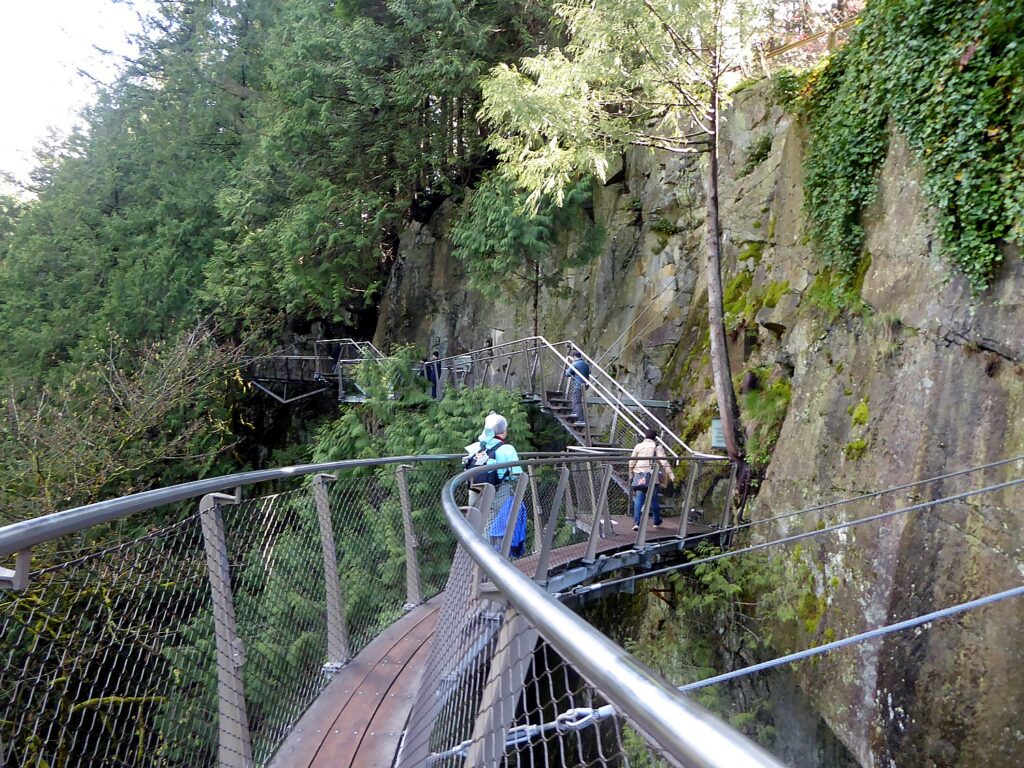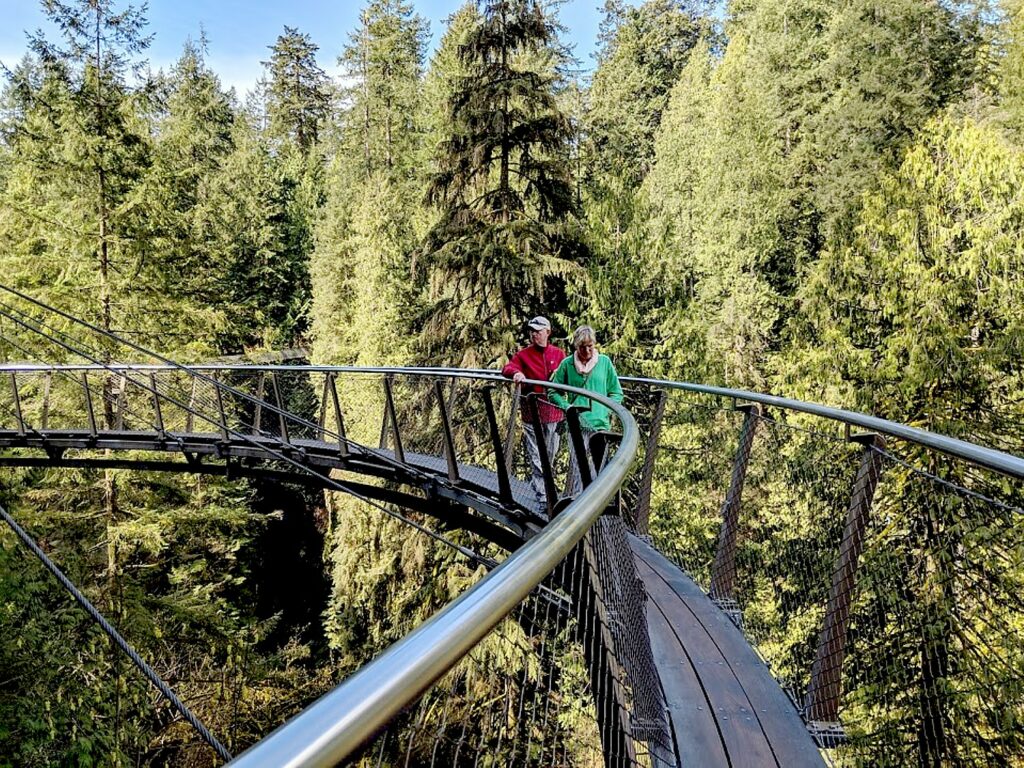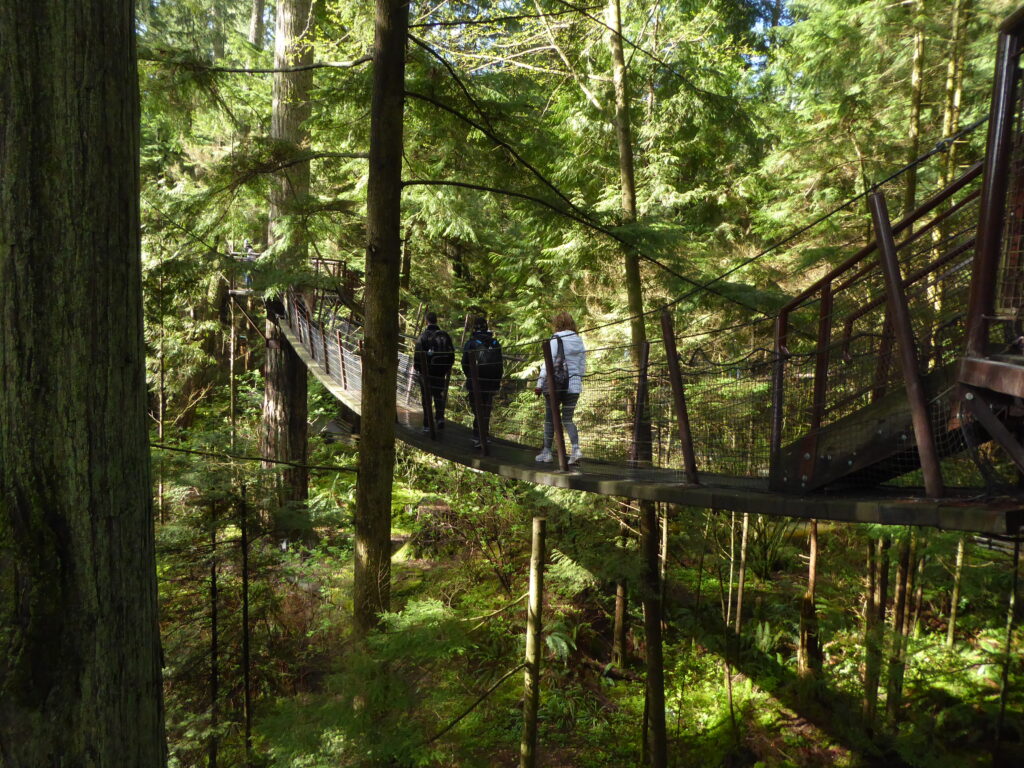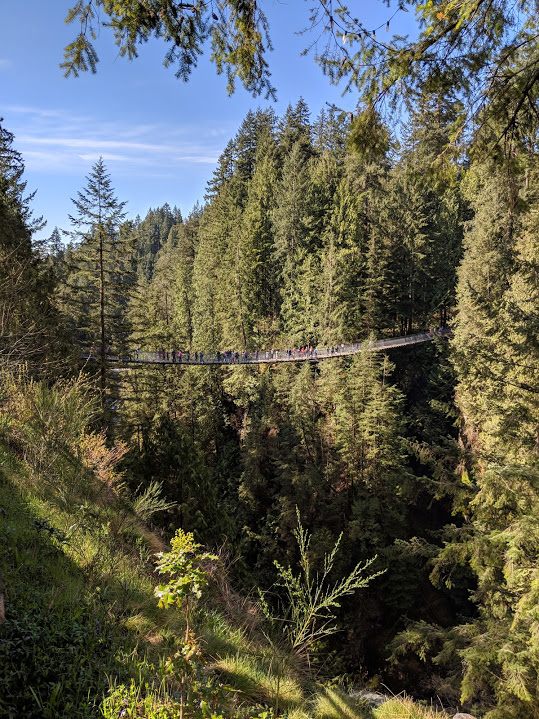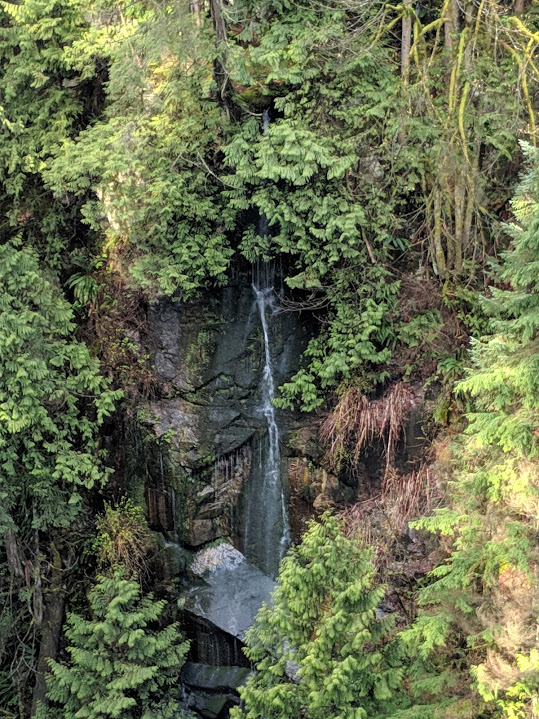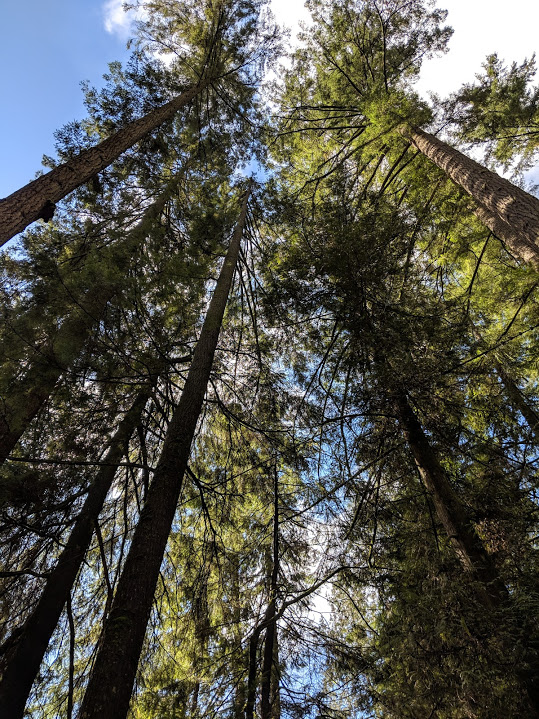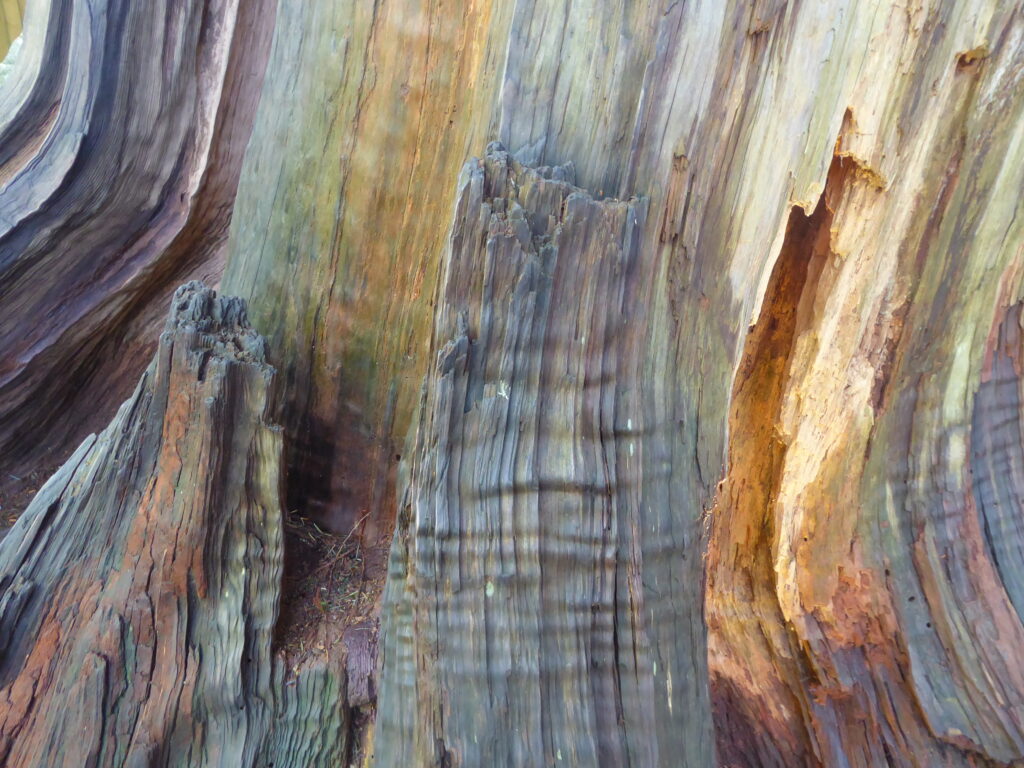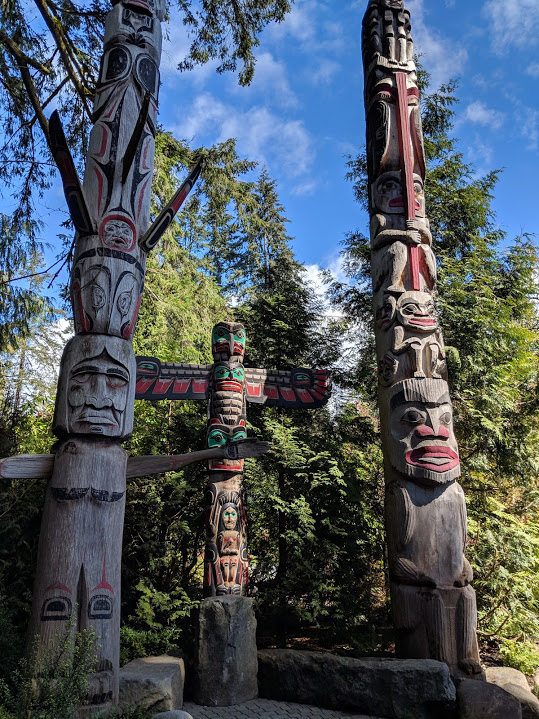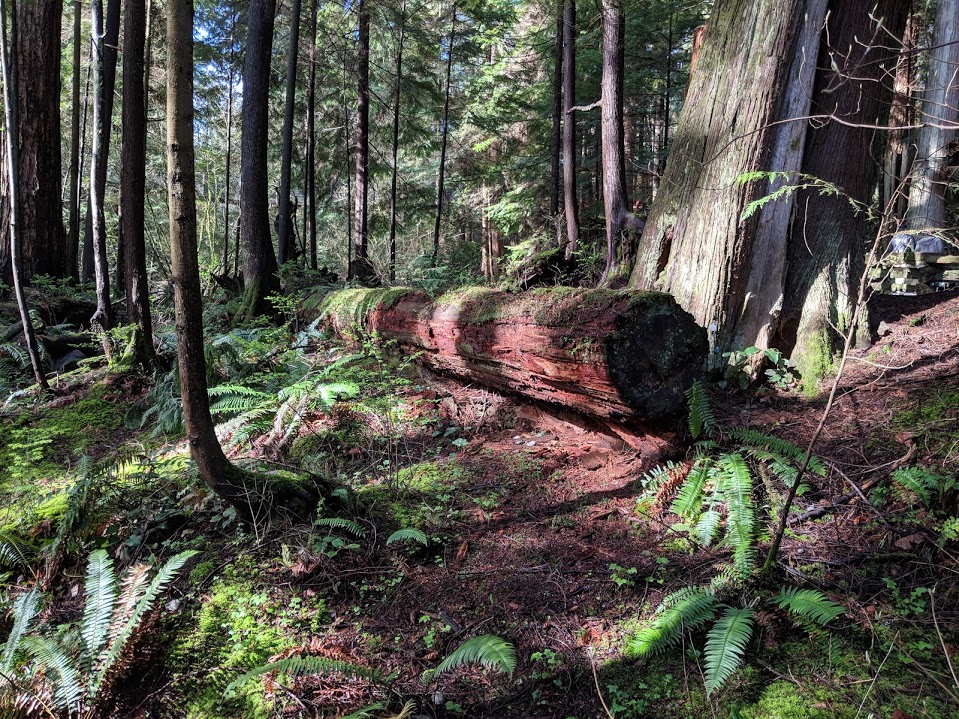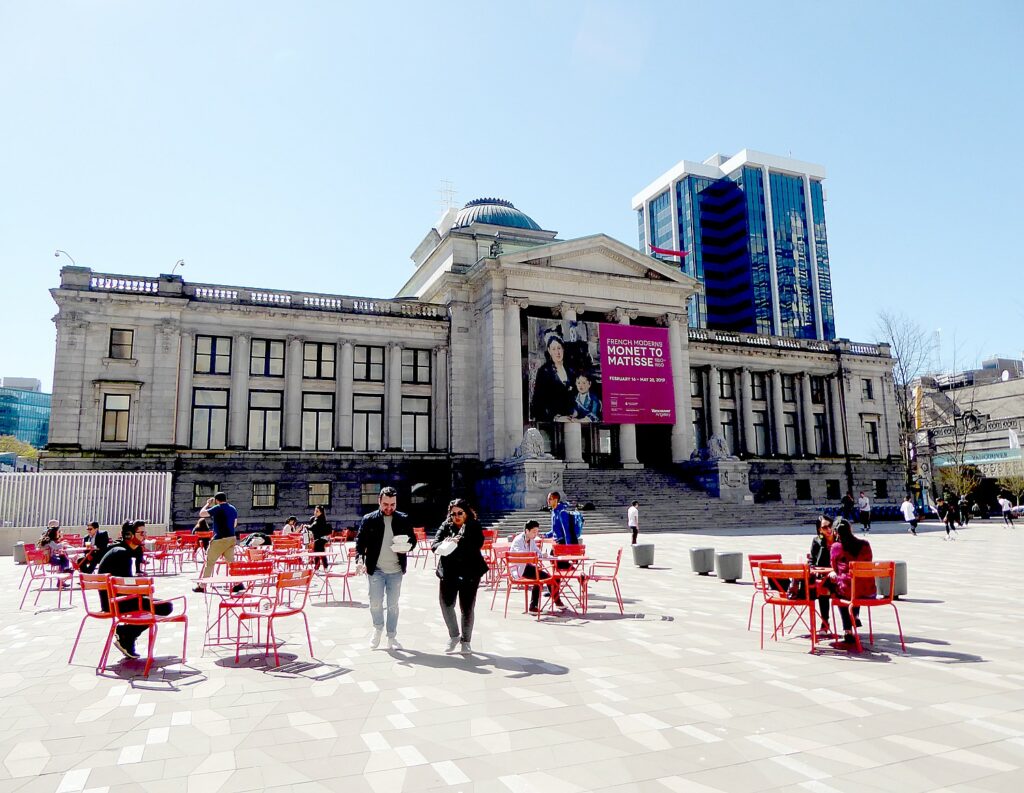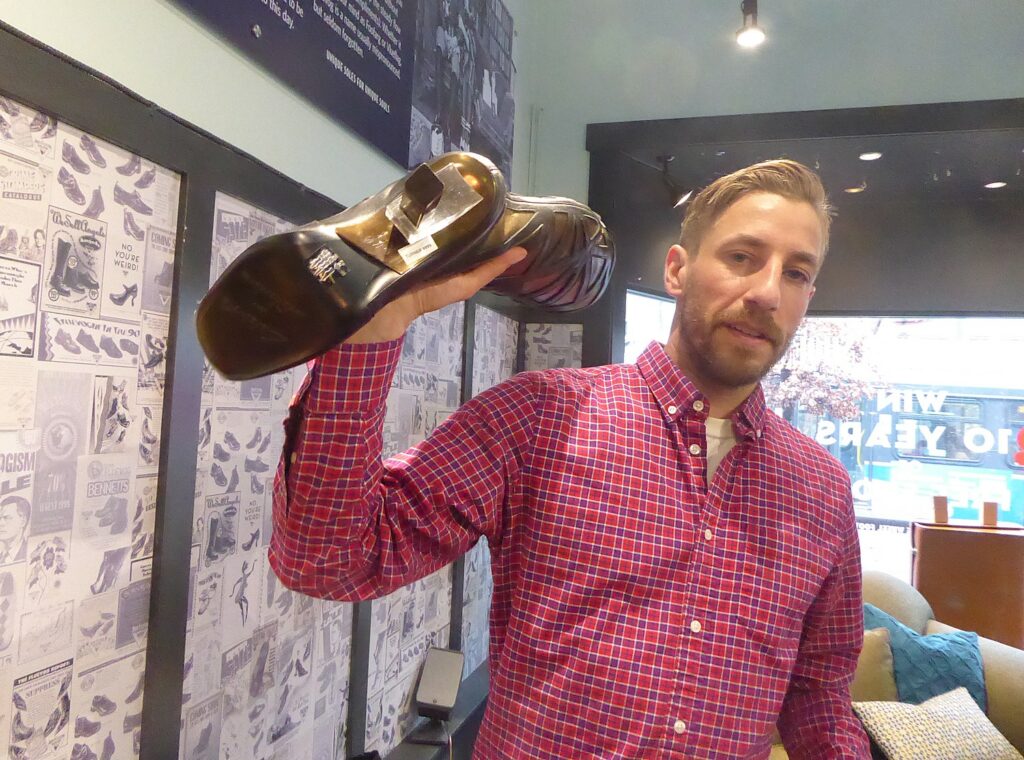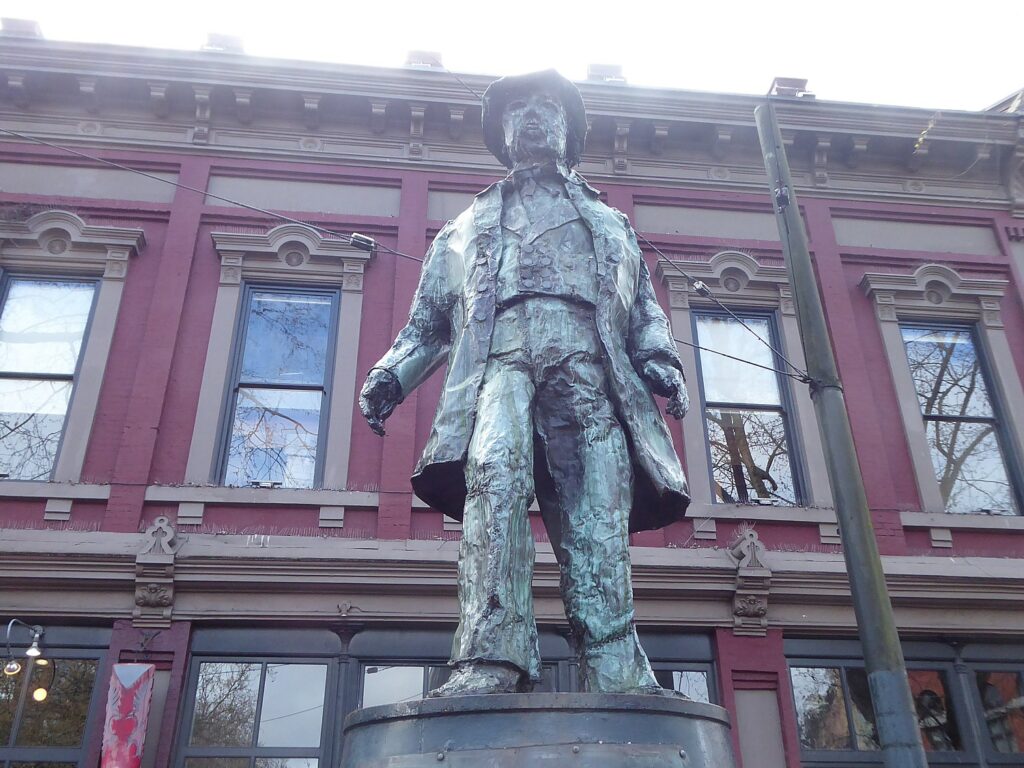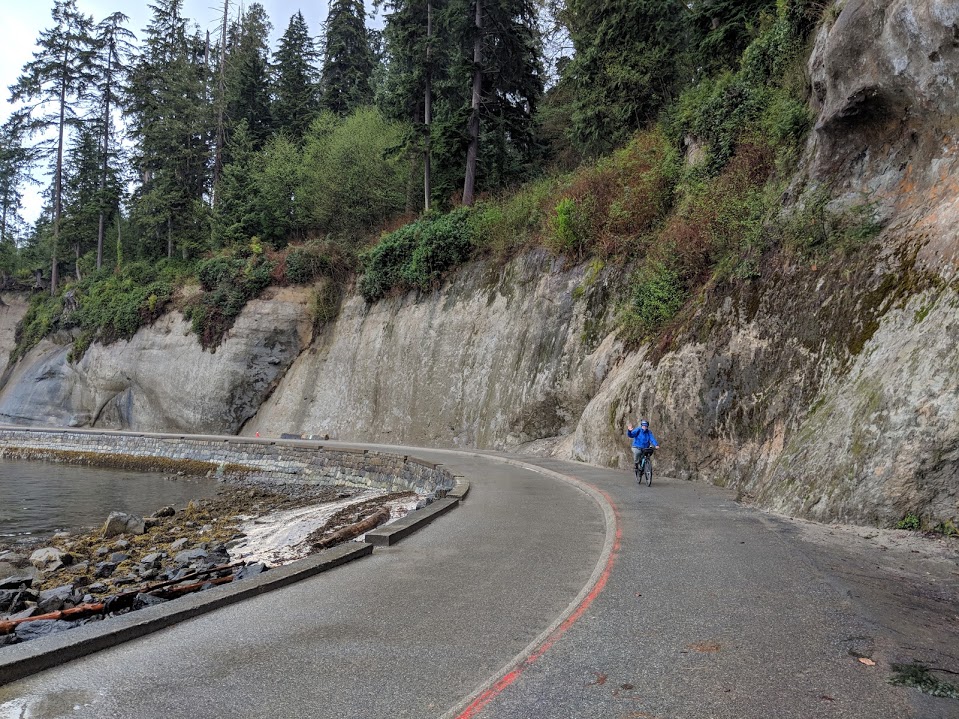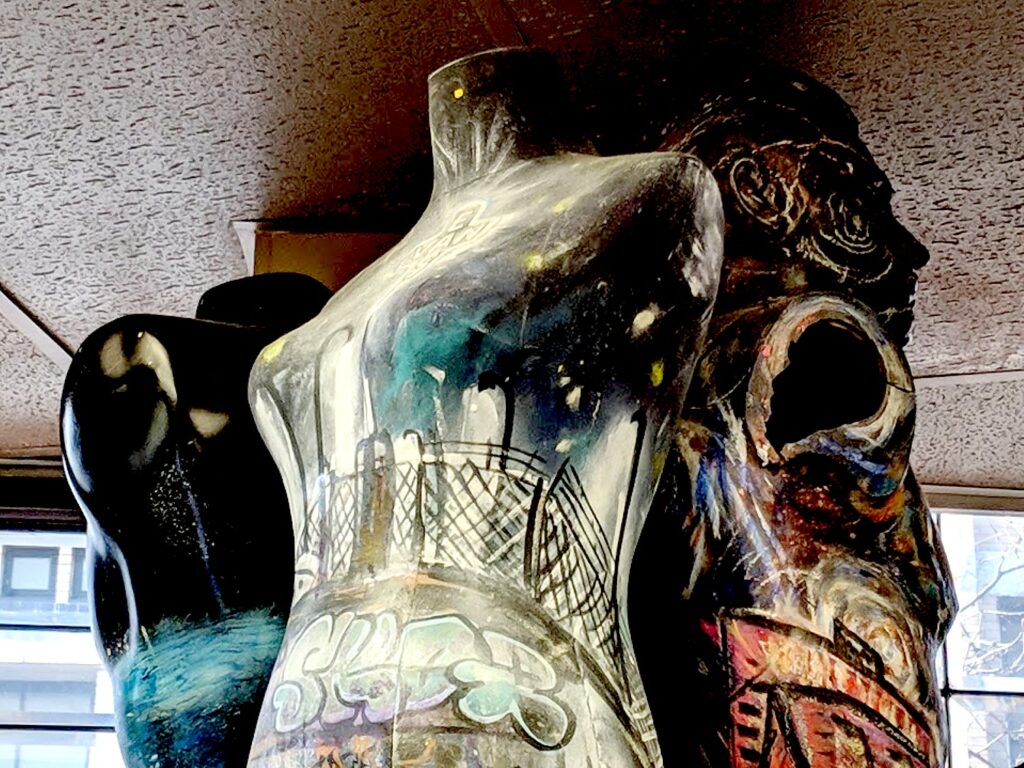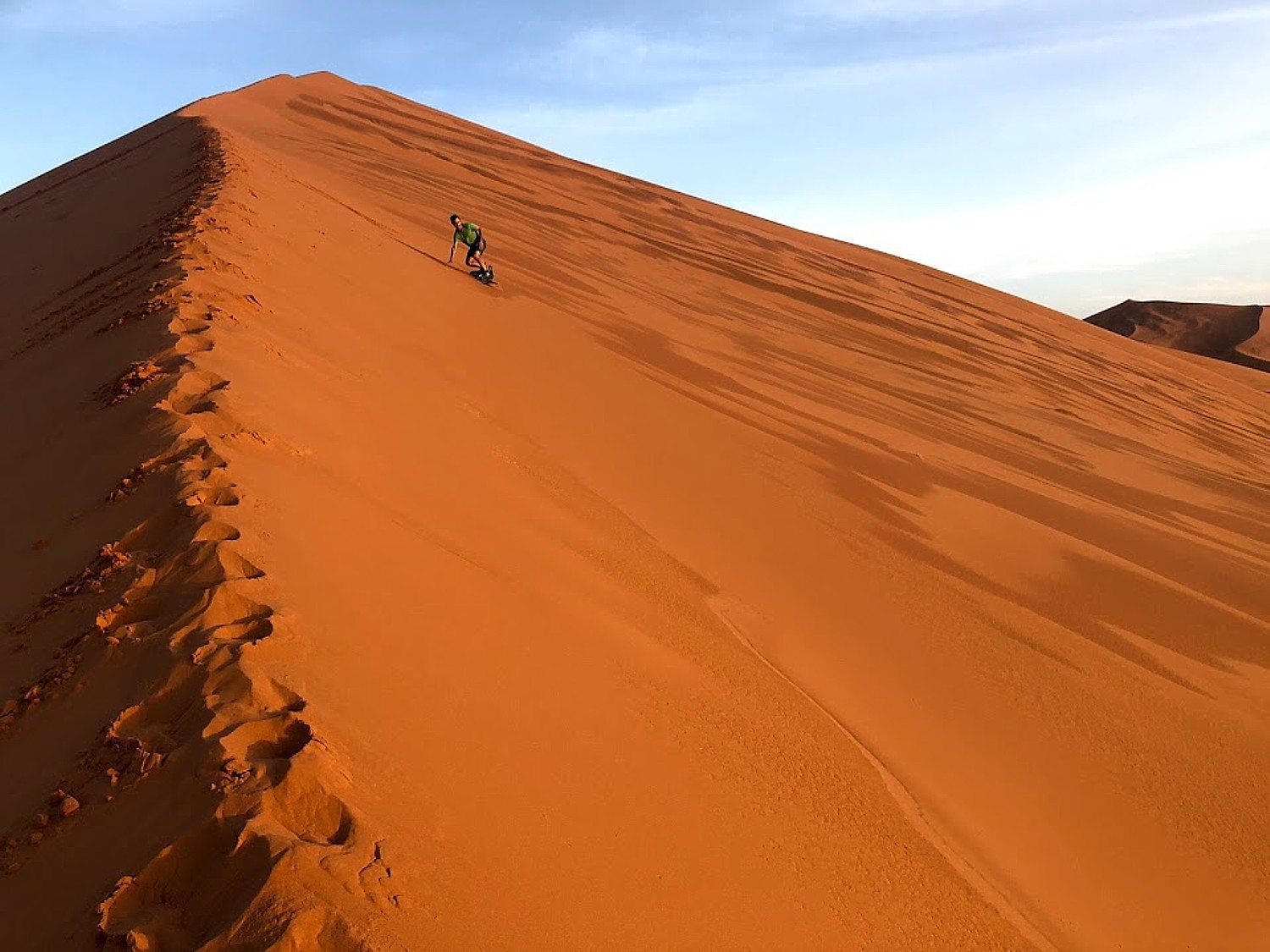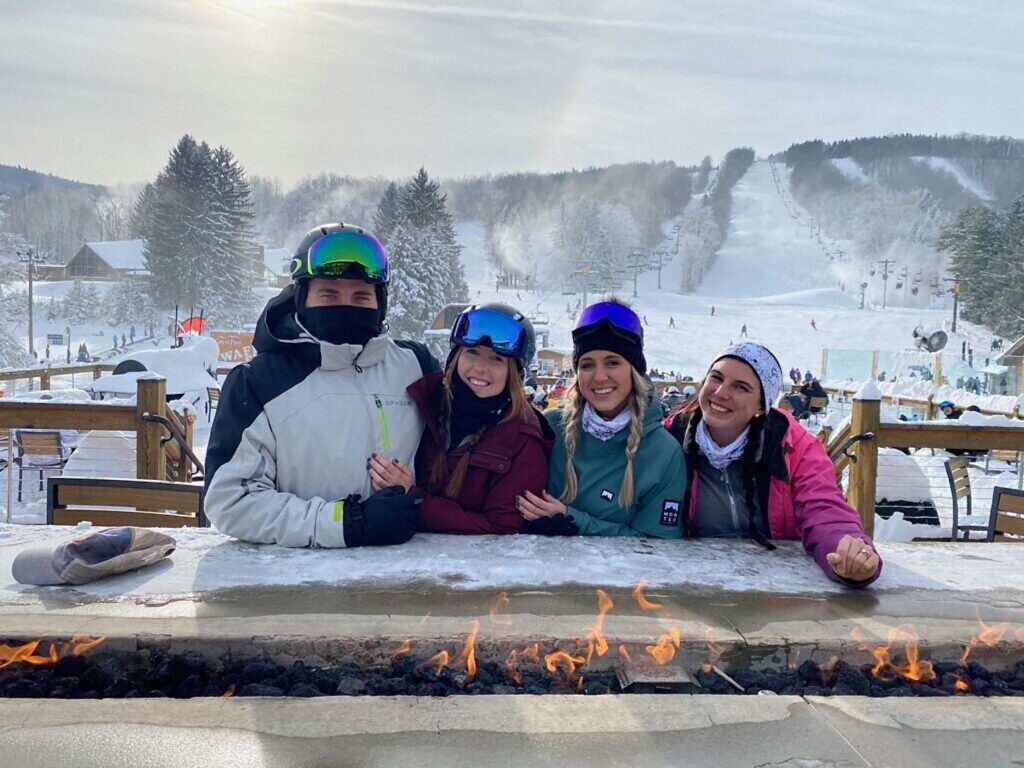
by Karen Rubin, Travel Features Syndicate, goingplacesfarandnear.com
Skiing, snowboarding, cross-country skiing, snowshoeing in the brisk fresh air of greater outdoors will be salvation to get through this dark winter of isolation. Fortunately, New York State, with 50 ski areas (more than any other state), is gearing up, putting in the protocols to keep everyone safe and healthy, doing what will be the safest and healthiest way to be active this winter. Just being outdoors will be a tonic for body and soul.
ISkiNY.com (Ski Areas of New York) is a sort of one-stop online place to learn about the various mountain resorts and ski areas and overall New York State policies to address (and contain) COVID-19. All areas are under capacity constraints (50% of their busiest day last season) and visitors must follow rules for wearing masks (an actual mask, not a gaiter) at all times except when actively skiing or eating. Most require or strongly recommend purchasing tickets online in advance (and are selling out because of limits) – even season pass holders, who have priority, may be required to make advance reservations. Also, areas are limiting time that can be spent indoors in the lodges (recommending using your own vehicle as a kind of base lodge), and with limited après-ski opportunities, are promoting day-trips to ski areas within driving distance. Fortunately, with 50 areas throughout the state, just about everyone lives within 2 ½ hours of a ski area and staying in-state means that New Yorkers won’t have to quarantine after returning from a long-haul ski trip. (See more at ISkiNY.com).
Because of reduced capacity and super-charged demand the best known, most popular full-service resorts like Whiteface (Lake Placid), Gore Mountain, Belleayre, Hunter (now part of Vail, on the Epic pass) and Windham (part of IKON pass), may well be at capacity especially for the holidays and weekends. So this will certainly be the season to explore some new ski destinations – areas, often that have been operating for decades, that are wildly popular with locals.
And with this incredible blizzard that dumped a huge base of snow, just about everywhere in the state has great conditions, in time for opening day.
All but the three ski resorts that are owned by New York State’s Olympic Regional Development Authority (Whiteface, Gore, Belleayre) and Hunter (now owned by Vail Resorts) are independently owned, many going back decades, and offer their own particular personality, character and sense of community. Most are ski areas, not full-service resorts, but that may be just the ticket this year, for a quick day’s getaway on the slopes, no need to hang around for après-ski.
All have made accommodations to keep as much outside as possible – ticketing (many are cashless, and require advance reservations), setting up outside warmers, limiting time inside for dining, encouraging people to use their own vehicles as their base lodge. But all of the areas have made marvelous accommodations and innovations to bring more activities outdoors, continue to offer ski school, snow tubing, added firepits and grab n’go food, to preserve the spirit and joy of schussing down the slopes.
“While our number one goal is to run a safe operation this season, it is also our goal to ensure that our guests do not incur any additional stress or inconvenience when they visit West Mountain”, said Spencer Montgomery, Co-Owner and Managing Member of West Mountain in Queensbury.
“Sure, things will be a little different operationally this year, but our staff is here to provide an enjoyable and stress-free environment. People have already been through so much this year; skiing and riding is a chance to simply enjoy being outdoors with friends and family.”
“We are looking forward to welcoming our guests this winter to enjoy the outdoors”, said Sara Montgomery, General Manager of West Mountain. “With so many families at home doing virtual learning this year, getting on the mountain and getting exercise will be a much-needed activity and escape!”
“Know before you go,” Scott Brandi, President Ski Areas of New York, recommends. Check ahead for conditions and availability.
Here are just a few of the ski resorts and areas to explore:
Greek Peak

The Greek Peak Ski Resort is a full-service, four-season resort and the largest ski area in Central New York. It has a 952 ft. vertical drop from a 2100 ft summit. It’s varied terrain (220 skiable acres) offers 56 runs (35% beginner, 29% intermediate, 27% advanced, 9% double-black diamond, 4 terrain parks and half pipe), serviced by six chair lifts and two carpet lifts; the longest run is 1.5 miles, plus night skiing. There’s also 8 km of Nordic terrain (natural, so depends on conditions) and snowshoeing.
The Adventure Center has a mountain coaster, guided zipline tours even in winter (by reservation), snowtubing (10-12 lanes).
Located in the Finger Lakes, Greek Peak offers an Adirondack-style lodge, Hope Lake Lodge (151 rooms, sleeping 4-10 people) as well as log home (sleeps 14, across from slopes), outdoor heated pool, indoor water park with wave pool (water slides and hot tubs are currently closed under COVID-19 regulations).
Open, all year, Greek Peak is already compliant with COVID-19 restrictions and made the adaptations.
Dining inside is limited to 50% capacity. Children’s programs are exclusively outside (no nursery); there are new family lessons
“We are already seeing new people, who want to get outside and want to learn to ski,” says Drew Broderick, VP of sales & marketing.
They’ve added food and beverage service outside, “fresh tracks” which is a ski in/out grab n go, adding menu items to the waffle shack and may add food carts.
Since being acquired in 2015 by John and Christine Meier, the resort has made more than $1.5 million improvements including adding a high-speed detachable quad, new groomers, snowmaking (78 guns added this year), the “Big Bear Activity Zone” at Cascades Indoor Waterpark, a 41,000 sq. ft. park with 500 ft. of slides, wavepool and hot tubs, open year round.
Greek Peak Mountain Resort, 2000 NYS Rte 392, Cortland, NY 13045, 800-955-2754, greekpeak.net
Plattekill Mountain
Privately owned and operated by the Vajtay family, Plattekill Mountain in the northwestern Catskills, with 38 trails and terrain, offers “authentic mountain experience.” Powder Magazine (Dec. 2018), described Plattekill as “The Alta of the Catskills.” It offers wide variety for skiers and snowboarders: 38 runs ranging from 2-mile long beginner cruisers to steep double black diamonds with 1100’ vertical from its 3500 ft. high summit, accessed by 4 lifts (20% easier, 40% intermediate, 20% black, 20% double black), a “natural terrain park” nestled in the woods between the Lower Face and Shredded Mozzarella trails. “Big mountain terrain, small mountain charm.”
New this season: widening, clearing beginner and intermediate trails; installation of new snowmaking pump to improve snowmaking; new wireless technology; new “Platty Shack” with outdoor deck for quick grab and go items; new ‘order online’ option in cafeteria; new online shopping for tickets and rentals eliminating lines at rental shop.
Plattekill Mountain, 469 Plattekill Road, Roxbury, NY 12474, 607-326-3500, info@plattekill.com, plattekill.com
Catamount Mountain Resort
Catamount Mountain Resort is a four-season resort straddling the NY/Massachusetts border just about 2 hours from NYC. “With its sister resort, Berkshire East, Catamount is one fun mountain with some of the best steeps in southern New England and some of the best beginner and intermediate terrain.” Catamount has undergone a stunning transformation since the summer of 2018: new lift, new lodge, hundreds of new snow guns, four snow making ponds, miles of pipe, and countless other upgrades which make Catamount one of the best small ski areas on the East coast.
It has a 1,000 ft vertical from the 2000 ft summit, 38 runs on 133 skiable acres (40% beginner, 35% intermediate, 15% advanced, 10% expert); longest run is 2 miles, and intermediates get to ski 1.25 miles from summit to base on turnpike Upper and Lower Sidewinder; for advanced, the double black Catapult is the steepest trail in the Berkshires and its Upper/Lower Glade to Off Stage provides a half-mile of moguls; night skiing on 15 trails (more than 4 miles worth)
Catamount also boasts North America’s longest zip line, one of the largest aerial adventure parks on the East Coast.
Tickets must be purchased in advance.
Catamount, Hillsdale, NY, 518-325-3200, info@catamountski.com, https://catamountski.com/
West Mountain
Nestled at the foot of the Adirondack Mountains, conveniently accessed just off I-87, West Mountain towers over Glens Falls in Albany’s backyard, and with night skiing, is popular with people getting in a few runs after work.
Family-owned and operated, West Mountain continues to evolve to meet the needs of families as well as skiing and riding loyalists and year-round outdoor enthusiasts.
West Mountain offers a 1010 vertical drop from the 1470 ft. summit, 31 trails on 124 skiable acres (36% beginner, 55% intermediate, 9% advanced, one terrain park), accessed by four lifts, with night skiing on 105 acres. Also a tubing park with 10 lanes of tubing for all ages and abilities. 6-packs are for sale now that provide 6 tubing tickets, lift tickets or aerial treetop adventure tickets for the price of 5.
The mountain staff has been focused on creating new, safe and innovative operations and programs to run this season including: a new Freestyle Development Program; a new Alpine Racing Academy for U12+ athletes; Learn to Ski and Snowboard packages for youth and adult first-time beginners. During non-holiday periods, West Mountain will offer popular ticket promotions such as Monday and Tuesday 4-hour ticket specials and breakfast or lunch plus lift ticket specials.
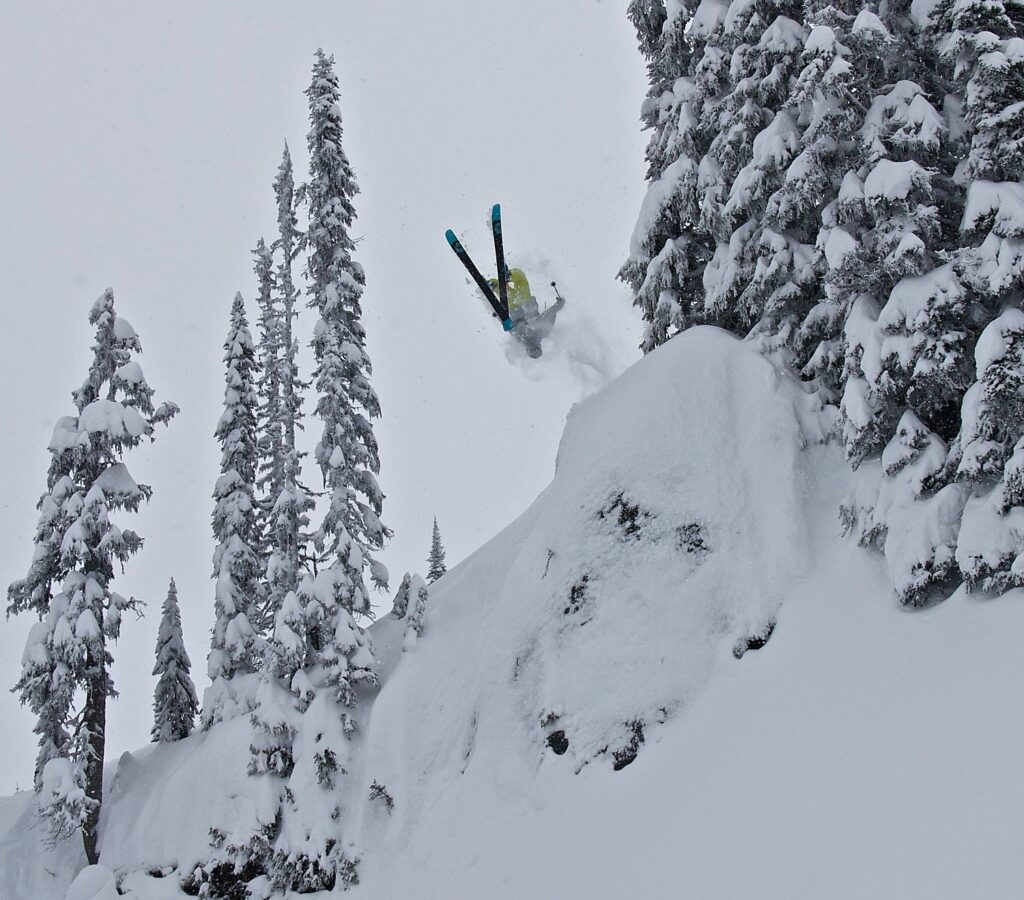
The resort has been open throughout COVID-19 pandemic offering safe, outdoor and socially distanced activities. For this season, there are additional outdoor eating and seating areas, warming tents, grab-n-go food and beverage windows, additional outdoor restrooms and controlled capacity at the two separate base-lodge areas (Main Base Lodge and Northwest Base Lodge).
West Mountain, 59 West Mountain Road, Queensbury, NY 12804, 518.636.3699, WestMountain.com
Mount Peter
Mount Peter, set in picturesque Warwick Valley, is the oldest operating ski area in New York State, and one of only a few remaining family-operated ski areas in America. For more than 80 years, Mount Peter has been a wintertime destination for skiing or snowboarding on 14 expertly groomed trails, 600-foot tubing run (separate Little Tikes tubing for kids under 42”), and night skiing.
Booking online is highly recommended.
Mount Peter, 51 Old Mt. Peter Road, Warwick, NY 10990T: (845) 986-4940, info@mtpeter.com, mtpeter.com
Bristol Mountain
Bristol Mountain, in Canandaigua, opened for their 56th season of operation. Located in the Western Finger Lakes Region, it offers 38 trails on 138 acres of skiable terrain and a 1200’ vertical drop from a 2200 ft. summit, accessed by six lifts including two high-speed quads. The terrain accommodates all ages and ability levels with 32% reserved for beginner, 50% intermediate and 18% advanced, including 97% lighted for night skiing terrain and 97% snowmaking coverage; the longest run is 2 miles.
Bristol Mountain has a top notch learning center, as well as two terrain parks that cater to all ability levels and 3 km of Nordic trails.
Bristol Mountain’s North Star Village Townhouses offer affordable ski-in/ski-out lodging with built in deals with their Ski & Stay programs.
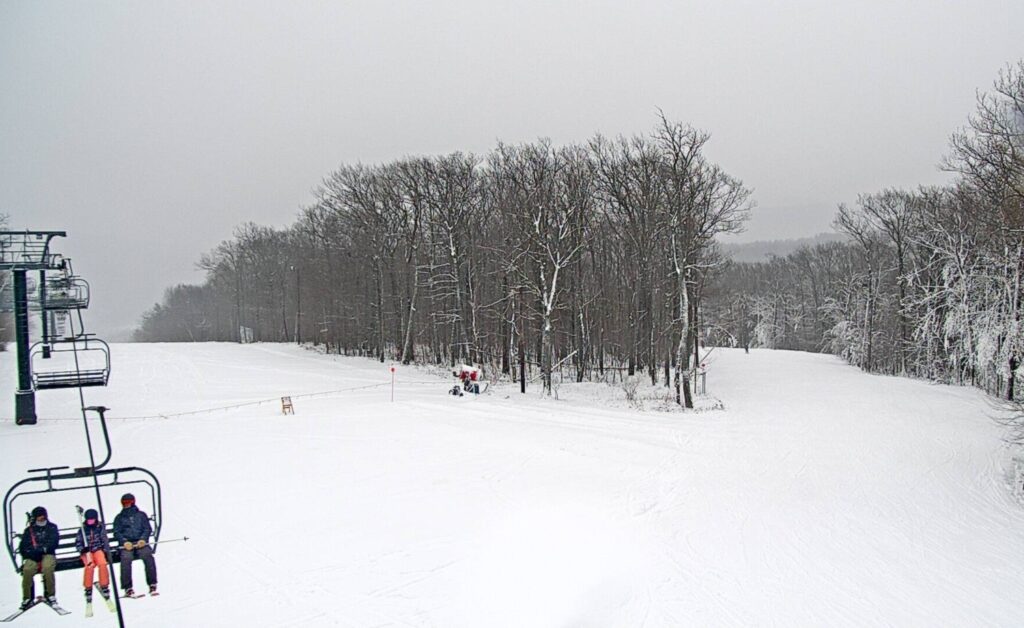
Capacity at the mountain will be monitored and limited on busy days or when the mountain has limited terrain (i.e. early season). Reservations will be required for card products and lift ticket sales but currently will not be required for season pass products that allow direct- to-lift access (picture passes).
Lodge capacity will be limited this winter. Guests are asked to limit their time in the lodges to 15-30 minutes to warm up and use the restrooms. The mountain requests that guests arrive prepared and use their vehicle as their base lodge.
Bristol Mountain, 5662 Route 64, Canandaigua, NY 14424, 585-374-6000, fun@bristolmt.com, bristolmt.com.
Thunder Ridge Ski Area
Thunder Ridge Ski Area, located in Patterson, NY, may be the closest and easiest ski areas to reach from NYC, just 60 minutes drive from and accessible on Metro North (shuttle from Patterson train station). Thunder Ridge offers 100 percent snowmaking coverage on its 22 trails on 100 acres (40% beginner, 40% intermediate, 20% advanced, the longest run is 0.4 miles). A gentle mountain, it has a 500 ft drop from the summit at 1270 ft. Night skiing.
Thunder Ridge, 12563 Patterson, NY, 845-878-4100, thunderridge@cyburban.com. https://thunderridgeski.com/
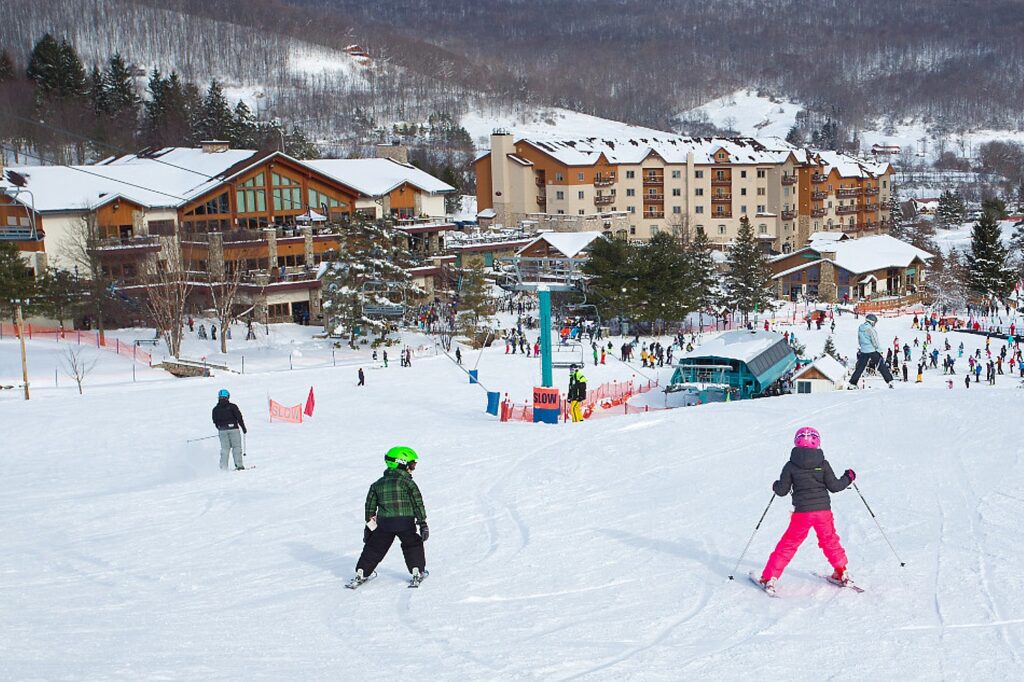
Holiday Valley, Ellicottville, NY (50 miles south of Buffalo) is Western New York’s largest year ‘round resort featuring 60 slopes and trails, 13 lifts, 3 base lodges, slope side lodging and dining, conference facilities, a tree top aerial adventure park and a mountain coaster, and 18 hole golf course.
Holiday Valley is in compliance with New York State’s COVID restrictions on operating the ski terrain and indoor services. Masks are required at all times except when skiing down the slope or while seated to eat or drink. Reduced capacity in the lodges and eating areas, as well as spacing in the lift lines and on the chairlifts will allow for proper social distancing. Advanced purchase of lift tickets online is encouraged, especially on holidays and busy weekends. Cleaning and sanitizing practices have been stepped up in the lodges, in the food service areas and in the restrooms. Guests are encouraged to limit their time spent indoors.
Holiday Valley, 6557 Holiday Valley Road, Route 219, Ellicottville, NY 14731, 716-699-2345, www.holidayvalley.com.
Holimont Ski Area
Holimont, nestled in the foothills of the Allegheny Mountains, is a private ski area with member families from the United States and Canada. Non-members may use the facilities on non-holiday weekdays, and new members are welcome. It offers a 700 ft. drop from 2260 ft. summit, 55 trails on 135 skiable acres (25% beginner, 31% intermediate, 44% advanced, ), 3 terrain parks, longest run is 1.5 miles, (100% snowmaking)
Holimont, Ellicottville NY 14731, 716-699-2320, info@holimont.com, holimont.com
Hunt Hollow Ski Club
Located near Naples, New York (near Rochester), Hunt Hollow Ski Club offers 400 acres of accessible winter recreation space. With an 825-foot vertical drop from a 2030 ft. summit, it offers 19 trails over 400 skiable acres (32% beginner, 21% intermediate, 37% advanced, 11% expert), accessed by a triple-chair, double-chair, T-bar and a surface lift service (100% snowmaking). There is night skiing. Also, 2.5 miles of Nordic trails and a terrain park.
Hunt Hollow Ski Club, 7532 County Road 36, Naples NY 14512, 585-374-5428, info@hunthollow.com, hunthollow.com.
An excellent source: https://www.onthesnow.com/new-york/ski-resorts.html.
For more information, contact ISkiNY.com.
______________________
© 2020 Travel Features Syndicate, a division of Workstyles, Inc. All rights reserved. Visit goingplacesfarandnear.com, www.huffingtonpost.com/author/karen-rubin, and travelwritersmagazine.com/TravelFeaturesSyndicate/. Blogging at goingplacesnearandfar.wordpress.com and moralcompasstravel.info. Send comments or questions to FamTravLtr@aol.com. Tweet @TravelFeatures. ‘Like’ us at facebook.com/NewsPhotoFeatures
